
Lilac
What color is Lilac? What are the examples of Lilac color in life? What color is closest to lilac? What color is lilac purple? What looks best in Lilac? What strange or uncommon things can be of the Lilac color? The Lilac Conundrum: A Hilarious Design Adventure
What color is Lilac?
The lilac HEX code is #C8A2C8.
To create lilac, you need to mix red and blue, and then add some white to lighten the shade.
Lilac is a color that represents innocence, youthfulness, spirituality, and tranquility.
Example of the palette with the Lilac color
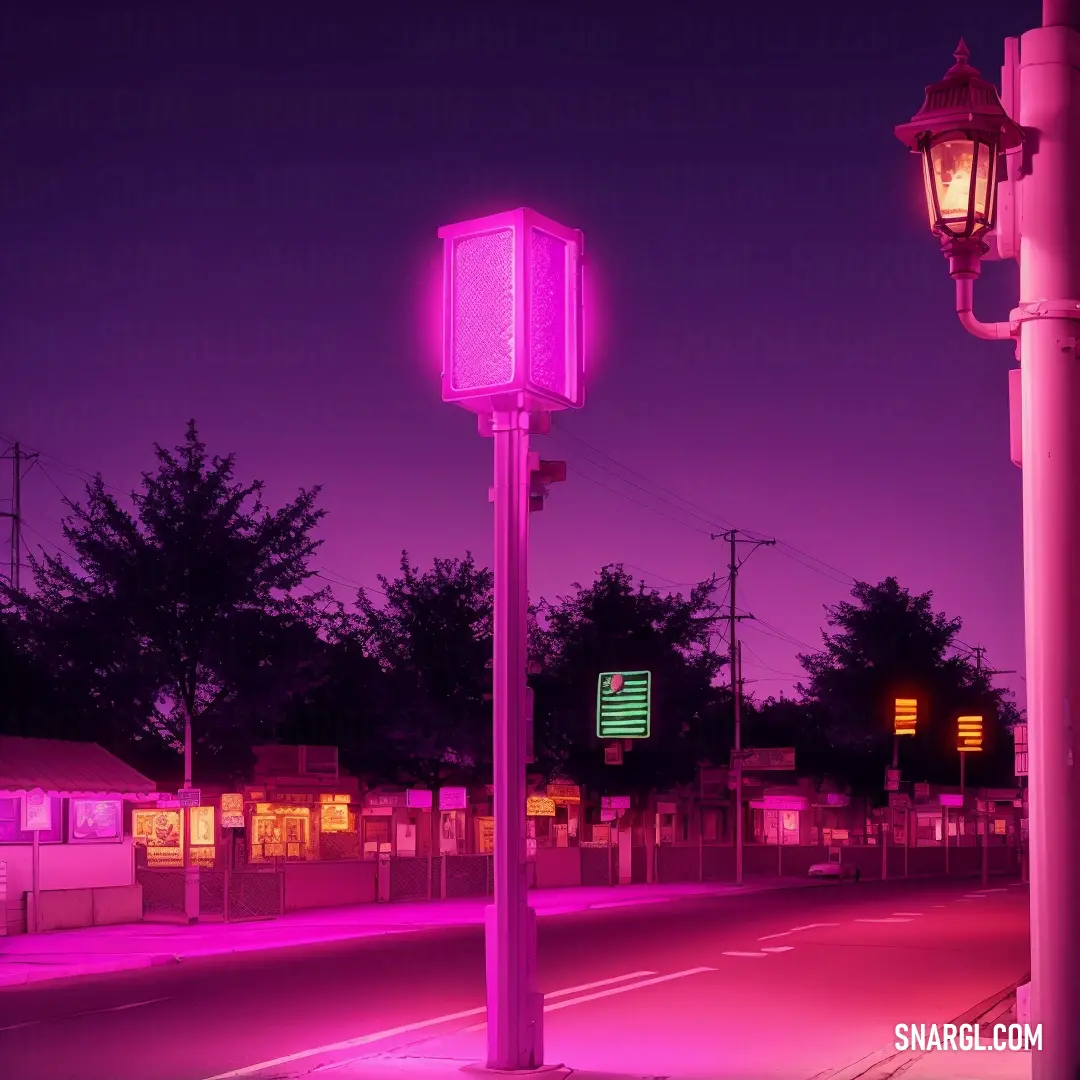
See these colors in NCS, PANTONE, RAL palettes...
Example of the palette with the Lilac color
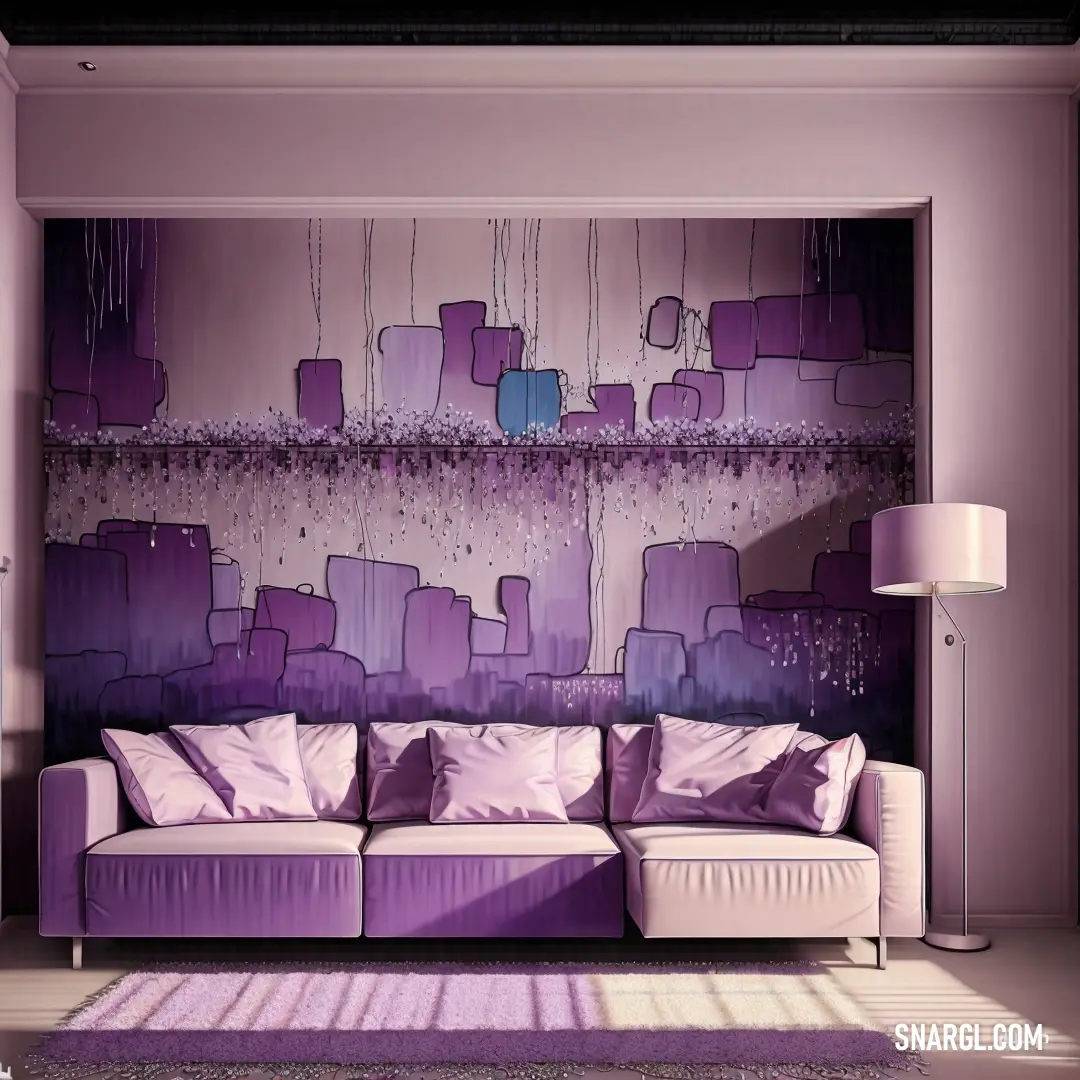
See these colors in NCS, PANTONE, RAL palettes...
What are the examples of Lilac color in life?
It is a medium light shade of magenta with a pink hue.
The hexadecimal lilac color code is #C8A2C8, and it has RGB values of R:200, G:162, B:200 and CMYK values of C:0, M:0.19, Y:0, K:0.22.
Some examples of lilac color in life are:
Lilac flowers: These are the most obvious and common examples of lilac color in nature.
They are fragrant and beautiful flowers that bloom in spring and come in various shades of lilac, from pale to deep.Lilac-breasted roller: This is a species of bird that is widely distributed in sub-Saharan Africa and the southern Arabian Peninsula.
It has a striking plumage with a lilac-colored breast, a green head, a blue belly, and a brown back.
Lilac-breasted roller is the national bird of Kenya and Botswana.Lilac chaser: This is an optical illusion that involves a series of lilac-colored discs arranged in a circle on a gray background.
When the discs disappear one by one in a clockwise direction, a green disc appears to move around the circle in the opposite direction.Lilac festival: This is an annual event that celebrates the blooming of lilac flowers in various locations around the world.
Some of the most famous lilac festivals are held in Rochester, New York; Mackinac Island, Michigan; and Highland Park, Illinois.Lilac wine: This is a type of wine that is made from lilac flowers.
It has a sweet and floral flavor and aroma, and can be served chilled or at room temperature.
It is often used as a dessert wine or a base for cocktails.
Lilac wine is popular in France, where it is known as vin de lilas.
Example of the palette with the Lilac color
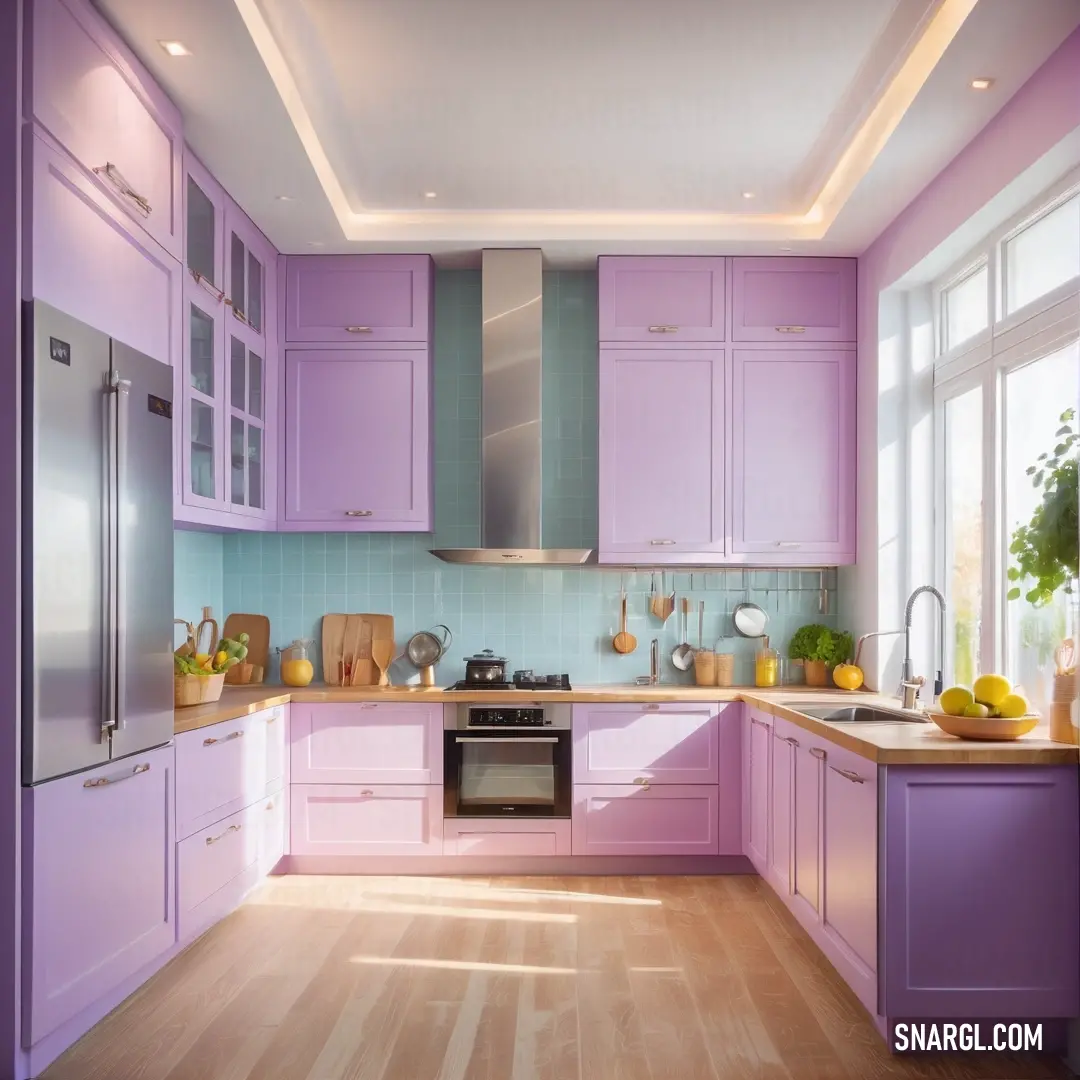
See these colors in NCS, PANTONE, RAL palettes...
What color is closest to lilac?
Example of the palette with the Lilac color
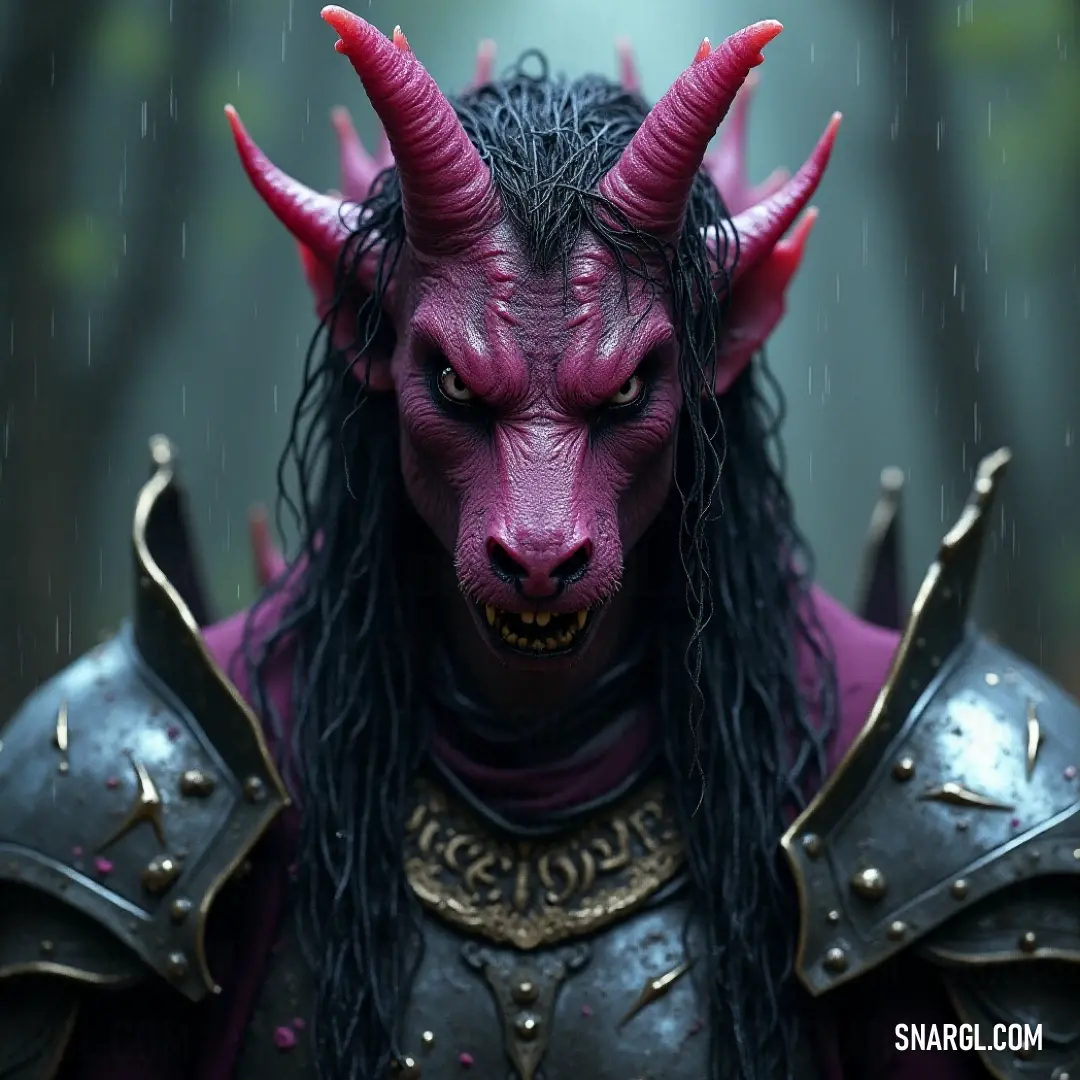
See these colors in NCS, PANTONE, RAL palettes...
Example of the palette with the Lilac color
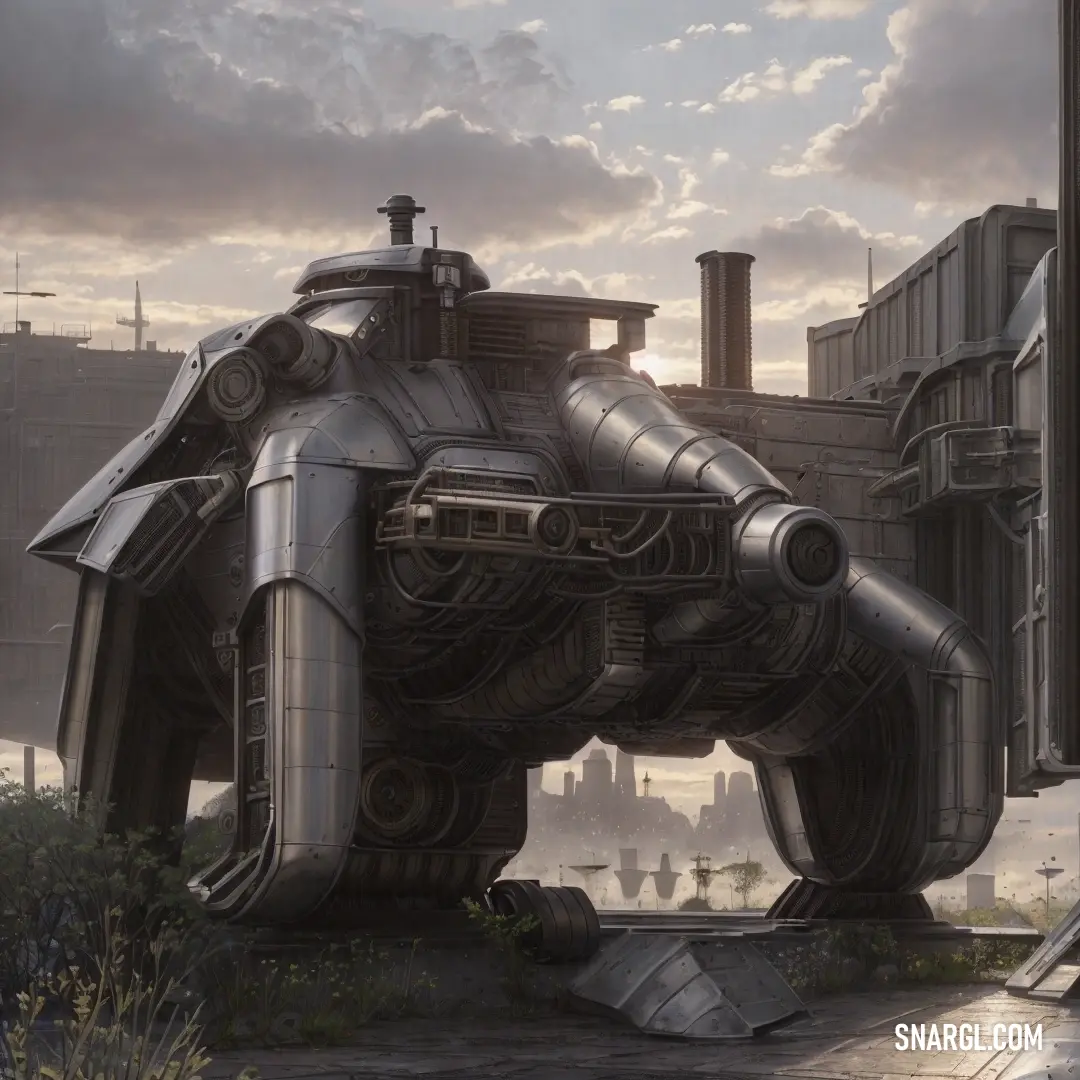
See these colors in NCS, PANTONE, RAL palettes...
What color is lilac purple?
Example of the palette with the Lilac color
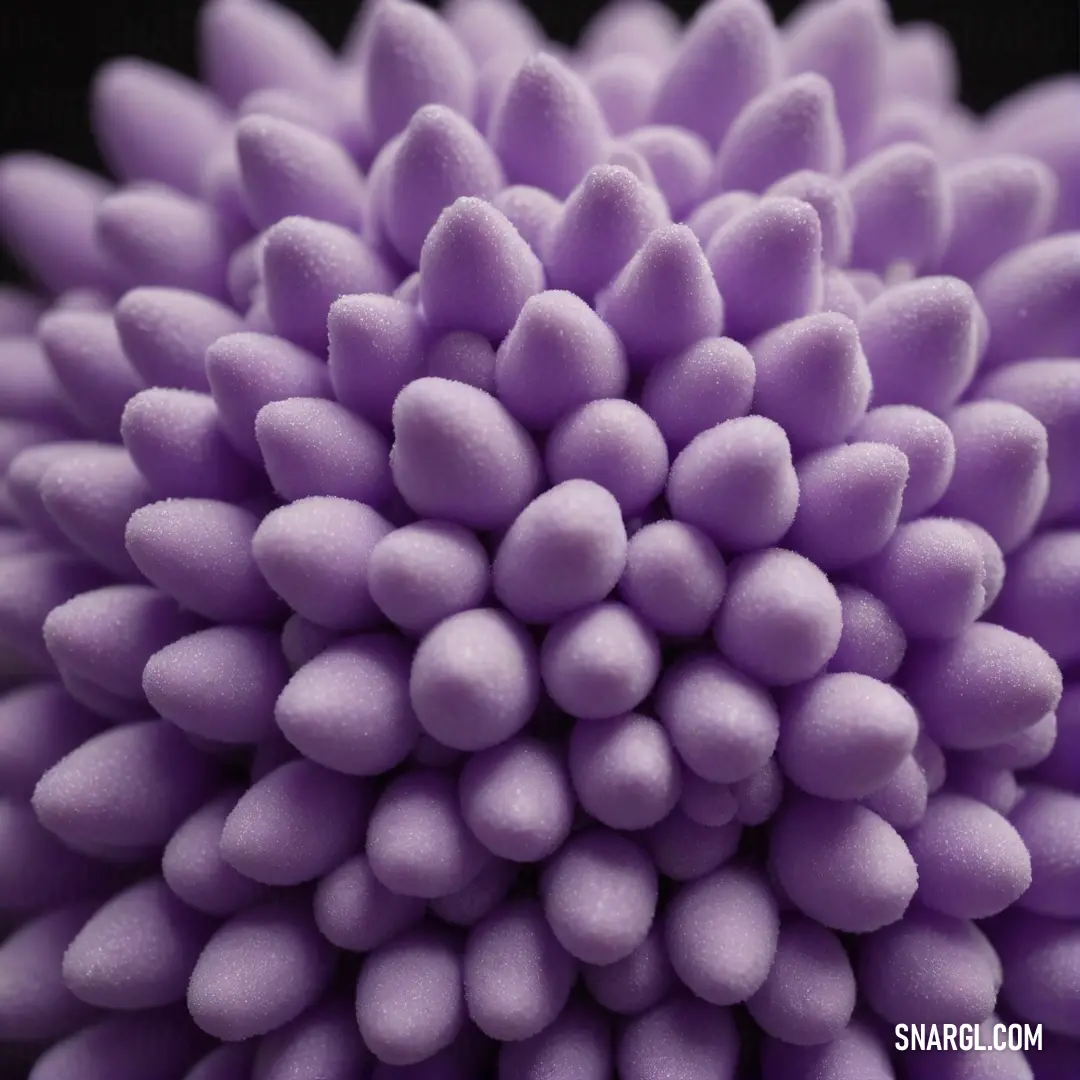
See these colors in NCS, PANTONE, RAL palettes...
Example of the palette with the Lilac color
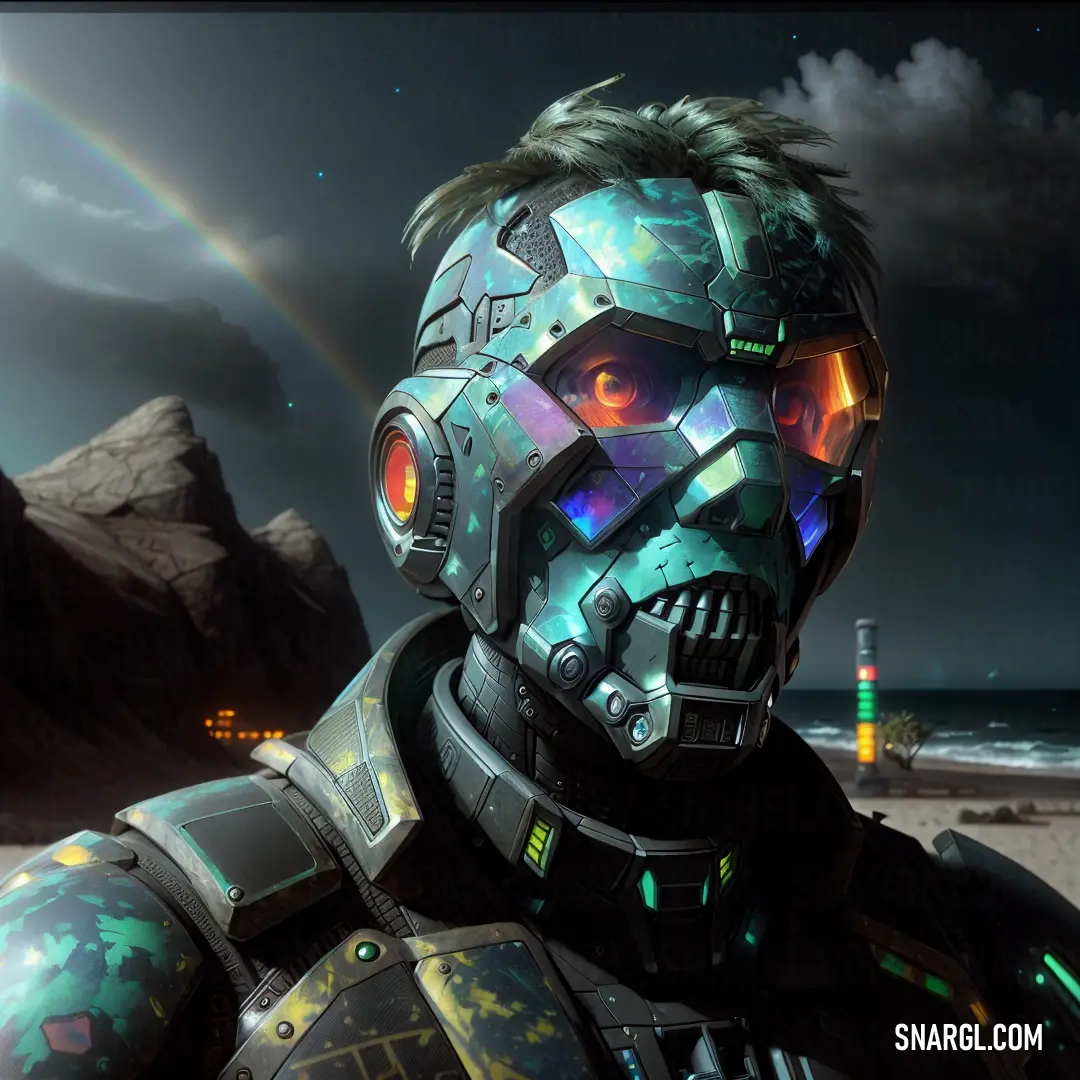
See these colors in NCS, PANTONE, RAL palettes...
What looks best in Lilac?
It is a mix of light lavender and pink, which gives it a soothing yet vibrant look.
Lilac is often associated with nature, romance, empathy, and spirituality.
It is also considered a feminine, graceful, and elegant color.
Lilac can look best when paired with colors that complement its tone and mood.
Some examples of color combinations that work well with lilac are:
Lilac and white: This is a classic and clean combination that creates a fresh and airy feel.
White enhances the brightness and purity of lilac, while lilac adds some warmth and softness to white.
This combination is ideal for spring and summer outfits, weddings, or nurseries.Lilac and gray: This is a sophisticated and modern combination that balances the coolness of gray and the warmth of lilac.
Gray tones down the sweetness of lilac, while lilac adds some color and interest to gray.
This combination is suitable for business, formal, or casual occasions, as well as for home decor or accessories.Lilac and green: This is a natural and harmonious combination that reflects the colors of lilac flowers and leaves.
Green contrasts and complements the purple hue of lilac, creating a lively and refreshing effect.
This combination is perfect for outdoor, garden, or floral themes, as well as for eco-friendly or organic products or services.Lilac and yellow: This is a cheerful and playful combination that brightens up the mood and energy of lilac.
Yellow adds some sunshine and happiness to lilac, while lilac softens and cools down the intensity of yellow.
This combination is great for fun, creative, or festive occasions, such as parties, birthdays, or holidays.
By choosing the right colors to match with lilac, you can create stunning and stylish looks that express your personality and taste.
Example of the palette with the Lilac color
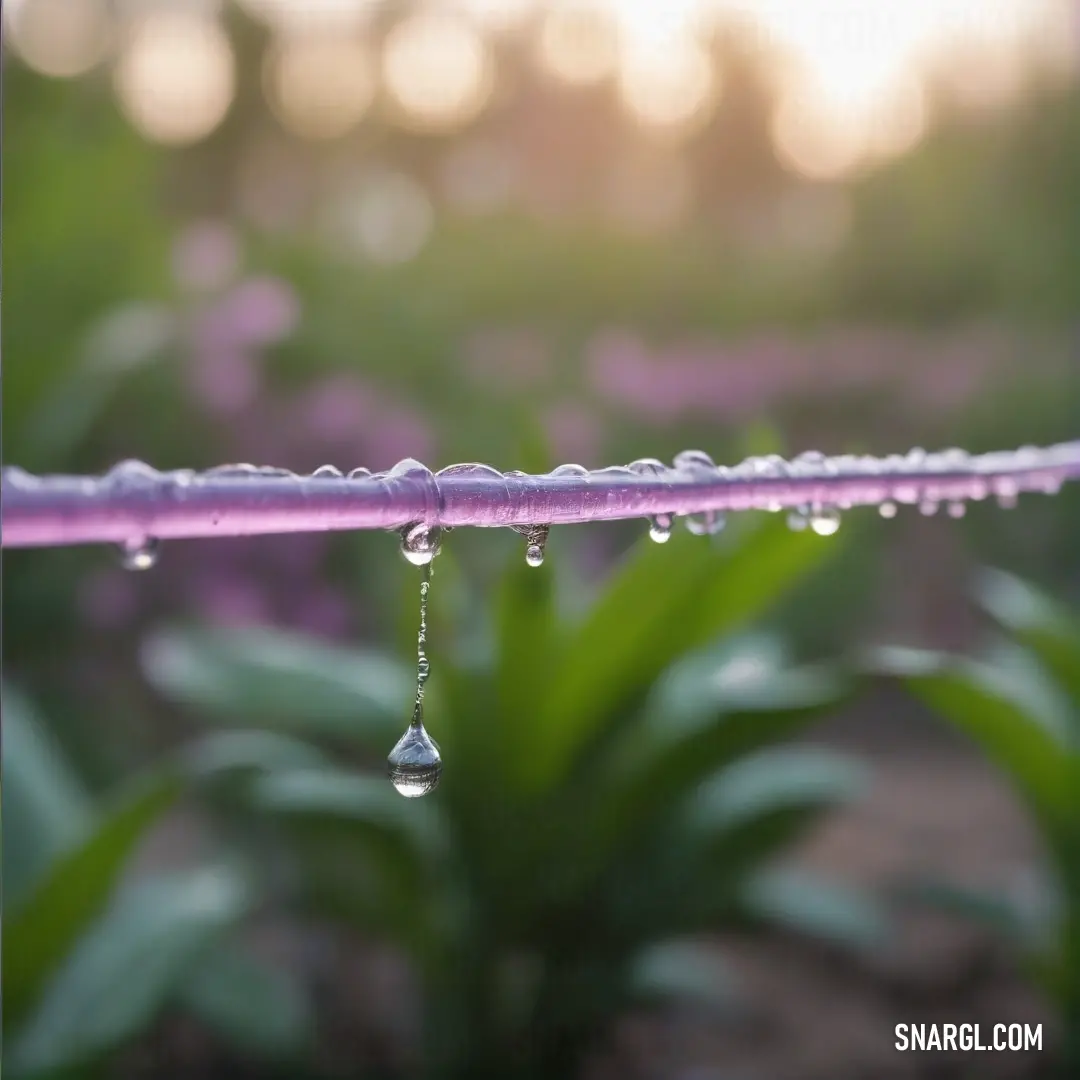
See these colors in NCS, PANTONE, RAL palettes...
Example of the palette with the Lilac color
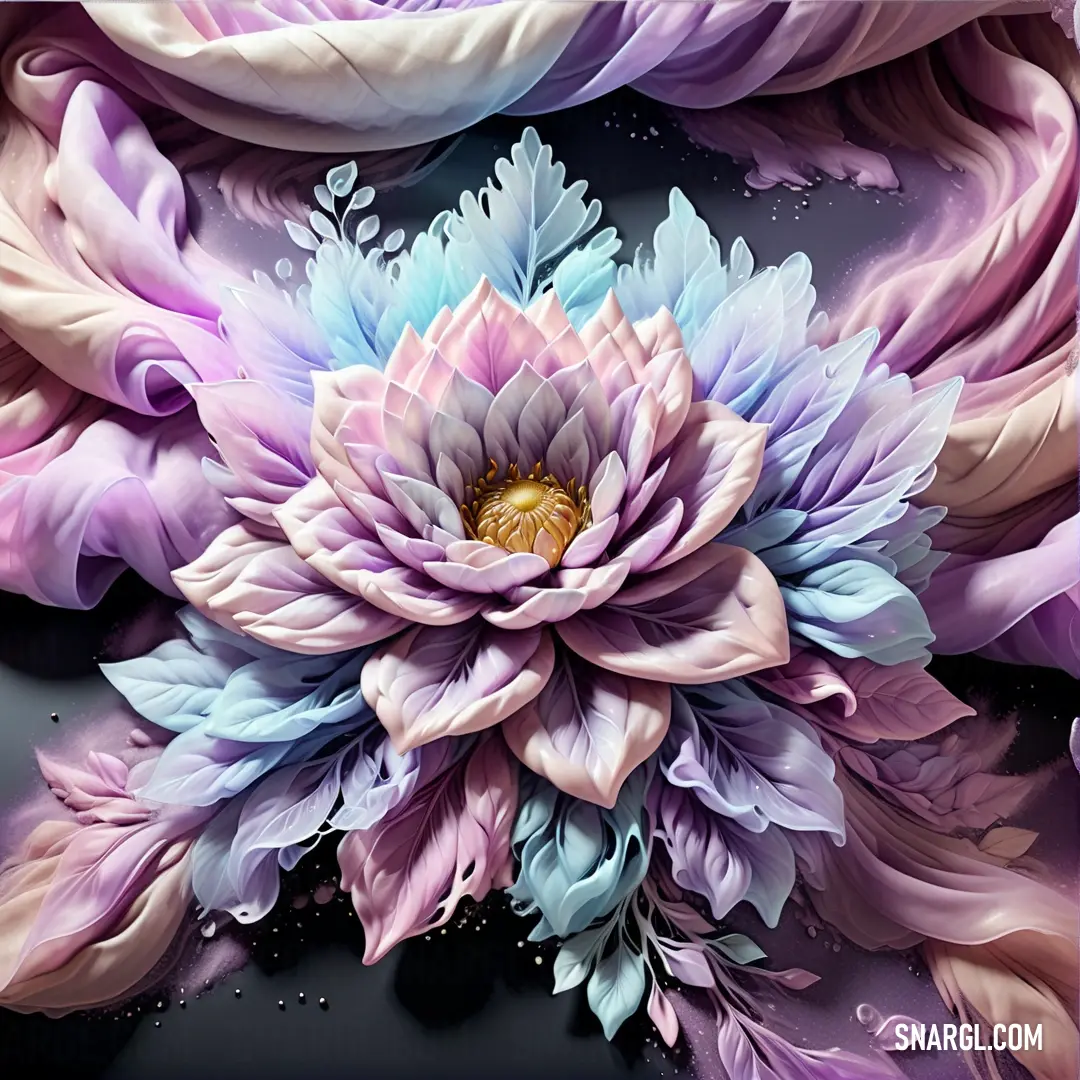
See these colors in NCS, PANTONE, RAL palettes...
What strange or uncommon things can be of the Lilac color?
Example of the palette with the Lilac color
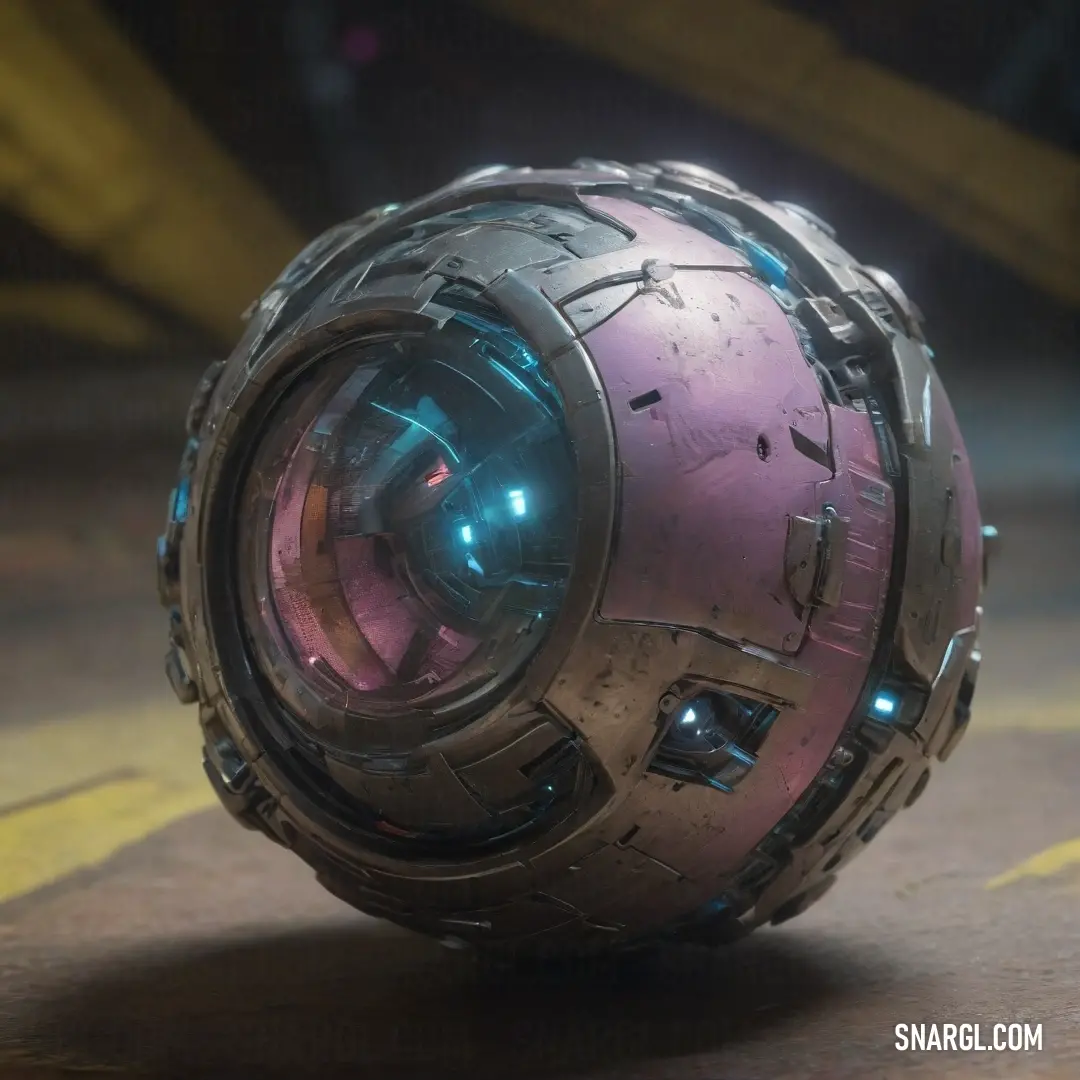
See these colors in NCS, PANTONE, RAL palettes...
The Lilac Conundrum: A Hilarious Design Adventure
It all started on a sunny Tuesday morning. Dr. Sonja Ervin was sipping her lavender tea in her lilac-themed office when she received an urgent call from the Colorville Design Institute. The institute was in a frenzy over a new project that required the perfect use of the color lilac. They needed her expertise immediately.

Meanwhile, across town, Kate Sweetheart was tinkering with her latest invention, a machine that could analyze and replicate any color with pinpoint accuracy. Her lab was a chaotic mess of wires, gadgets, and, of course, splashes of every color imaginable. She was just about to test her machine when her phone buzzed with a message from the institute. They needed her engineering skills to bring their lilac vision to life.
The two women arrived at the institute at the same time, both slightly out of breath and curious about the project. They were introduced by the head of the institute, who explained the challenge: to create a revolutionary design using the color lilac that would captivate the world.
Dr. Sonja and Kate exchanged glances, both intrigued and slightly skeptical. "Lilac, huh?" Kate said, raising an eyebrow. "Not exactly the most exciting color."
"Ah, but that's where you're wrong," Dr. Sonja replied with a twinkle in her eye. "Lilac has a calming effect, promotes creativity, and can even make people feel more connected. It's all about how you use it."
Kate shrugged. "Well, let's see what we can do."
Their first task was to brainstorm ideas. They sat in a room filled with lilac swatches, sipping lilac lemonade, and tossing around concepts. Dr. Sonja suggested a lilac-themed relaxation pod, while Kate proposed a lilac-powered energy generator. They laughed at the absurdity of their ideas but kept pushing forward.
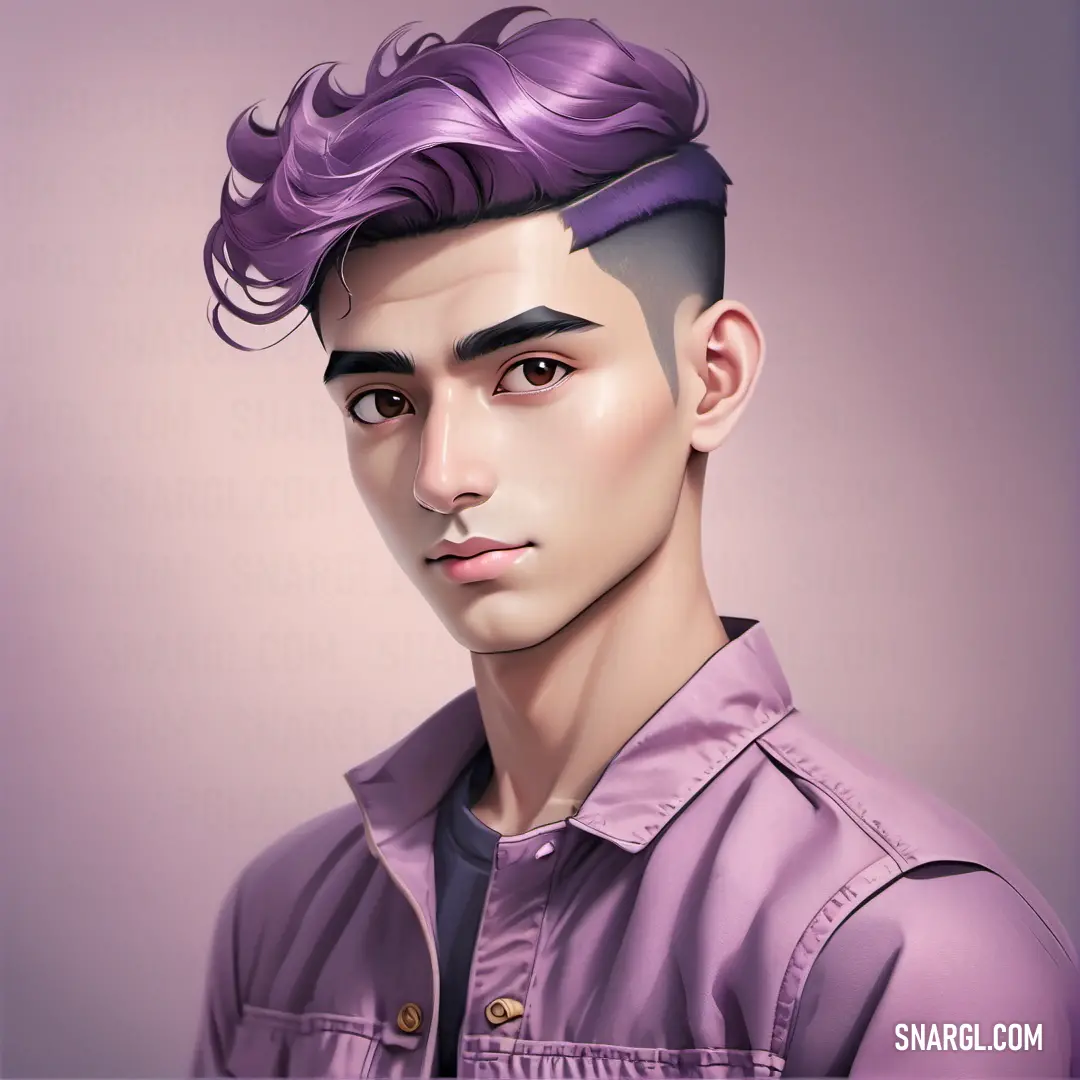
As they worked, they discovered that their skills complemented each other perfectly. Dr. Sonja's deep understanding of color psychology helped them choose the right shades and combinations, while Kate's engineering prowess turned their ideas into tangible designs. They decided to create a lilac-themed interactive art installation that would engage all the senses.
The installation, named "Lilac Dreams," featured a series of rooms, each designed to evoke different emotions and experiences through the use of lilac. There was a room filled with lilac-scented mist, another with lilac-flavored treats, and a third with lilac-tinted virtual reality headsets that transported visitors to a serene lilac forest.
As they built the installation, they encountered numerous challenges. The lilac mist machine malfunctioned, covering them in a sticky purple goo. The lilac treats turned out to be more of a choking hazard than a delight. And the virtual reality headsets? Let's just say they had a few too many glitches, resulting in some hilarious and unexpected virtual adventures.
Despite the setbacks, Dr. Sonja and Kate persevered, their bond growing stronger with each mishap. They laughed at their mistakes, learned from them, and celebrated their small victories. By the time the installation was complete, they were not only colleagues but also close friends.
The grand unveiling of "Lilac Dreams" was a resounding success. Visitors were mesmerized by the immersive experience, and the installation received rave reviews. Dr. Sonja and Kate were hailed as geniuses, their innovative use of lilac sparking a new trend in design.
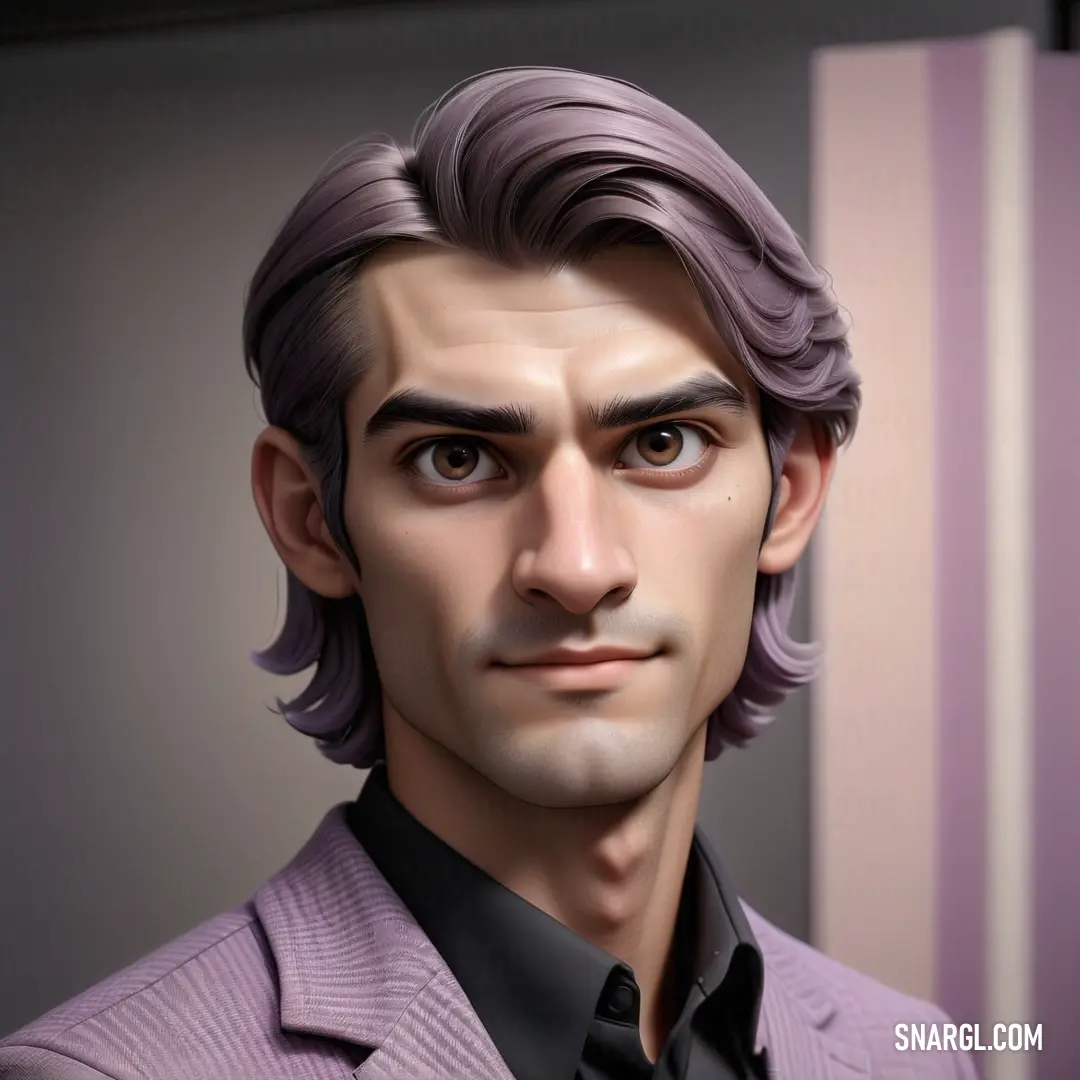
As they stood together, watching the delighted faces of the visitors, Kate turned to Dr. Sonja and grinned. "You know, I never thought lilac could be so exciting."
Dr. Sonja laughed. "It's all about how you use it, my dear Kate. And I couldn't have done it without you."
And so, in the heart of Colorville, the legend of the lilac conundrum was born, a testament to the power of creativity, collaboration, and a little bit of laughter.

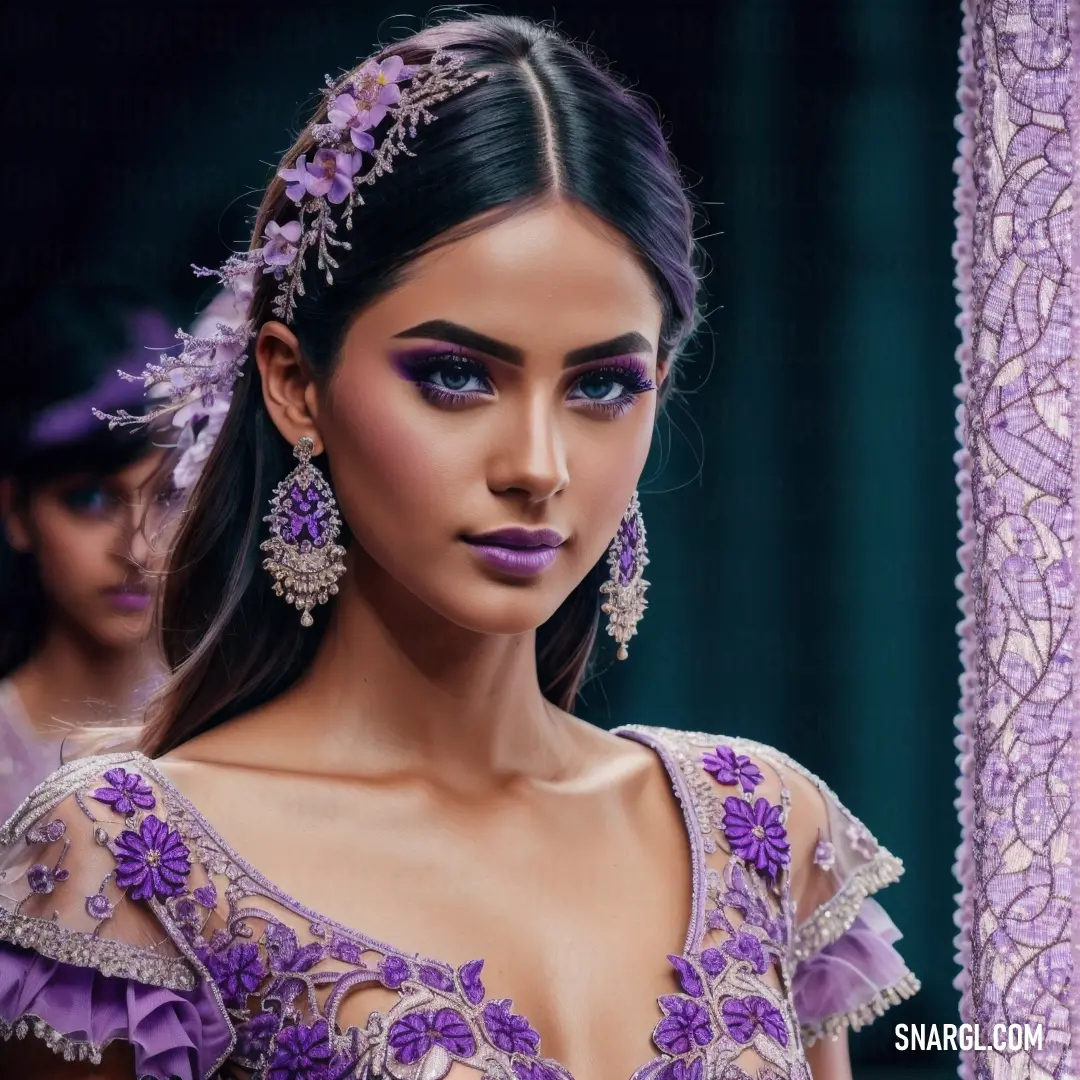
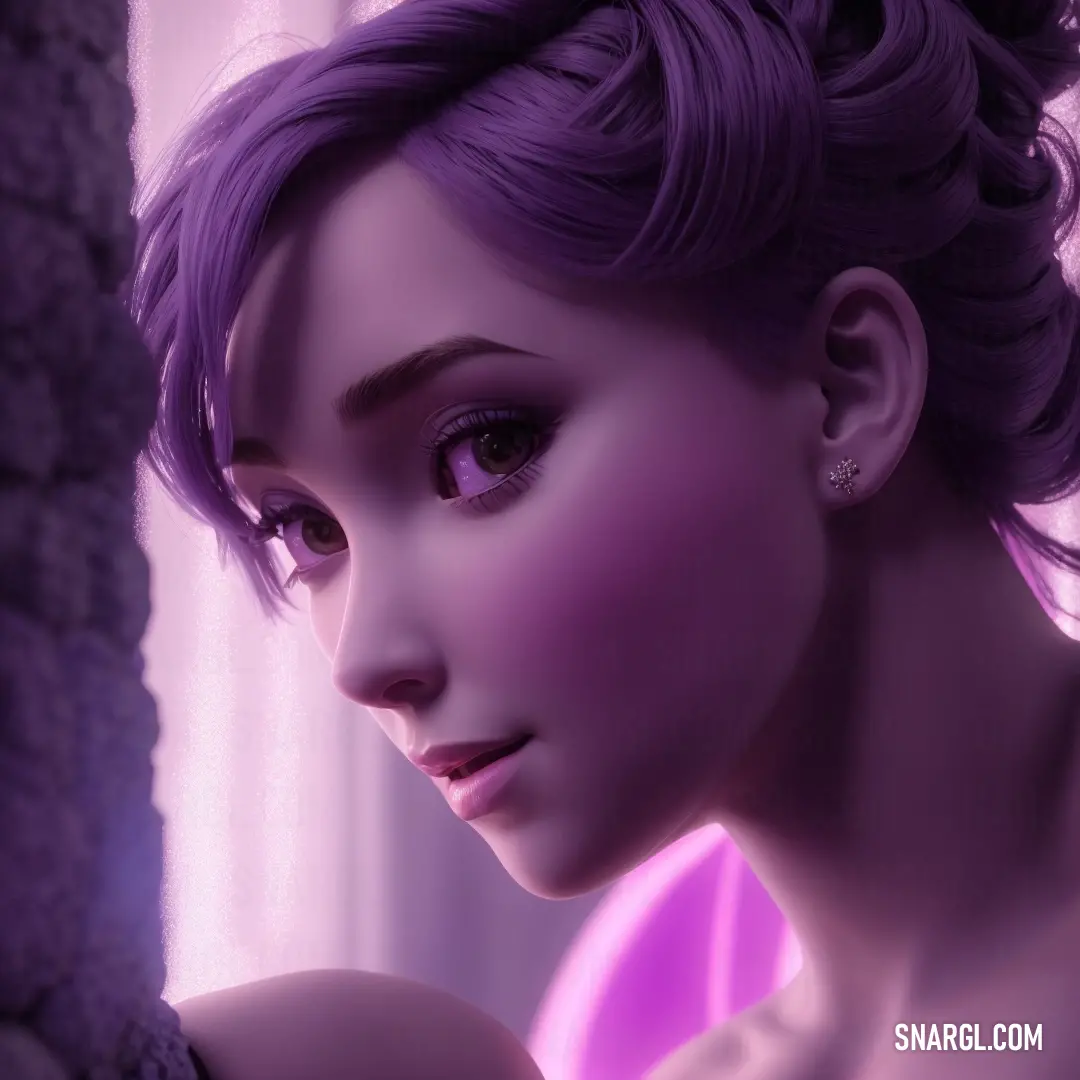
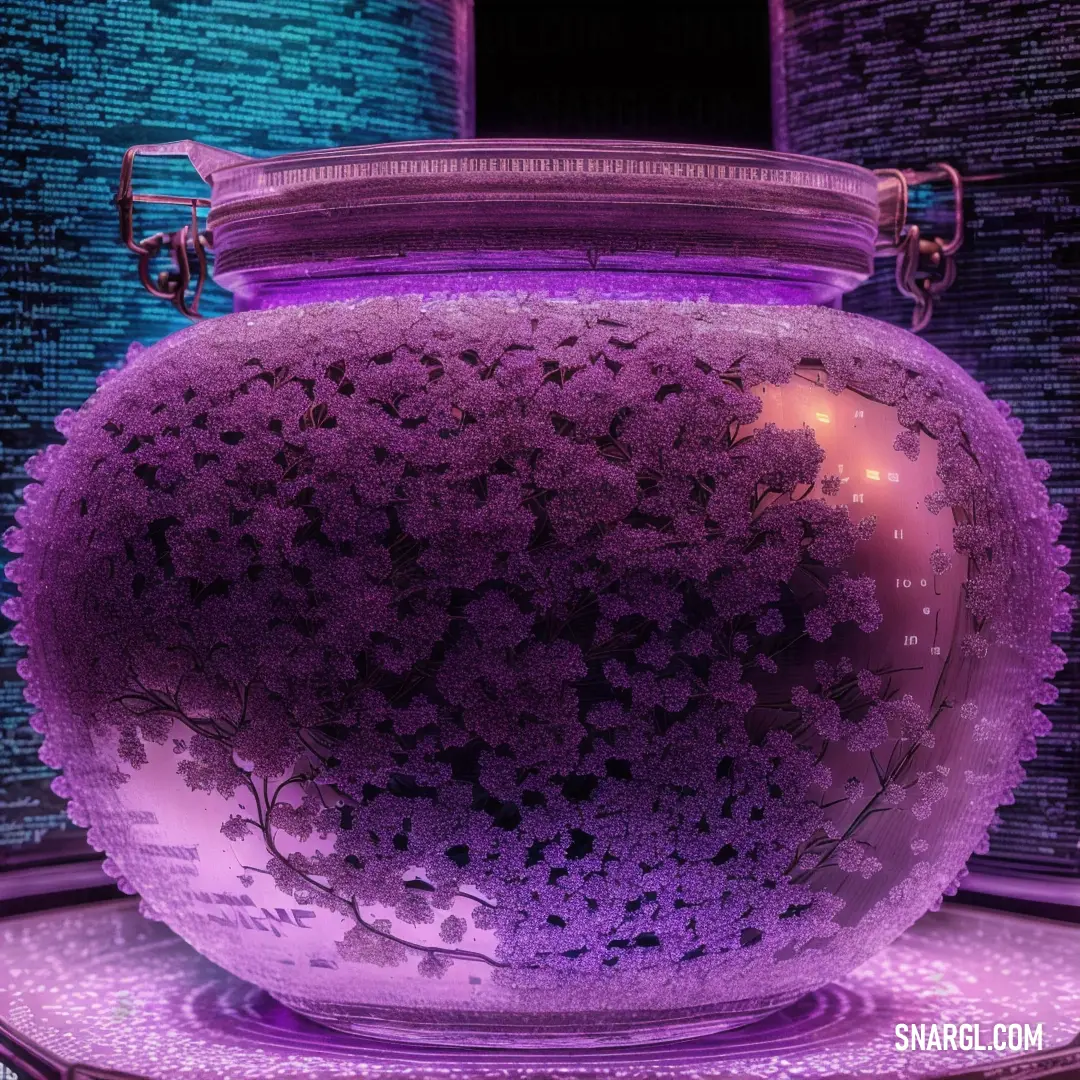
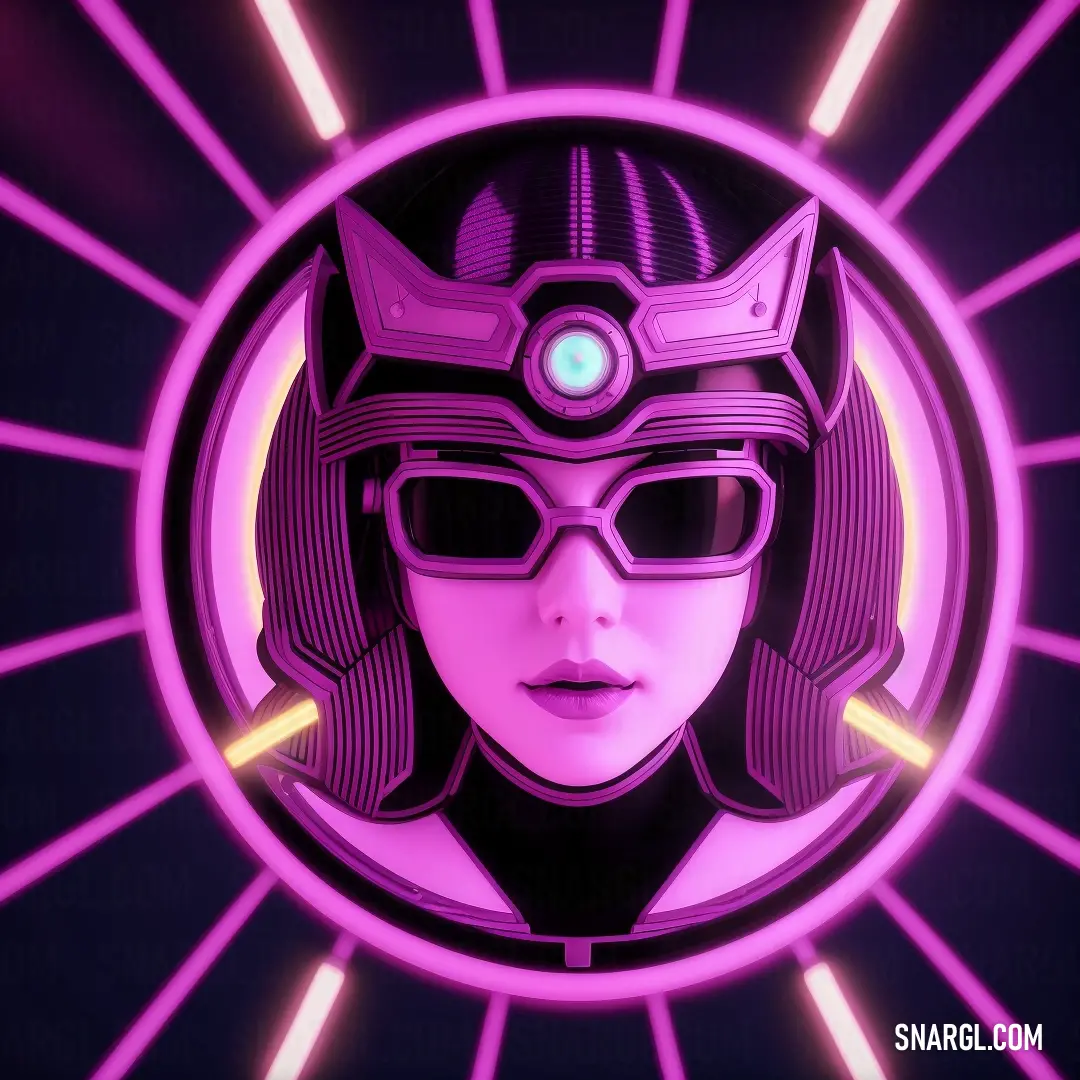
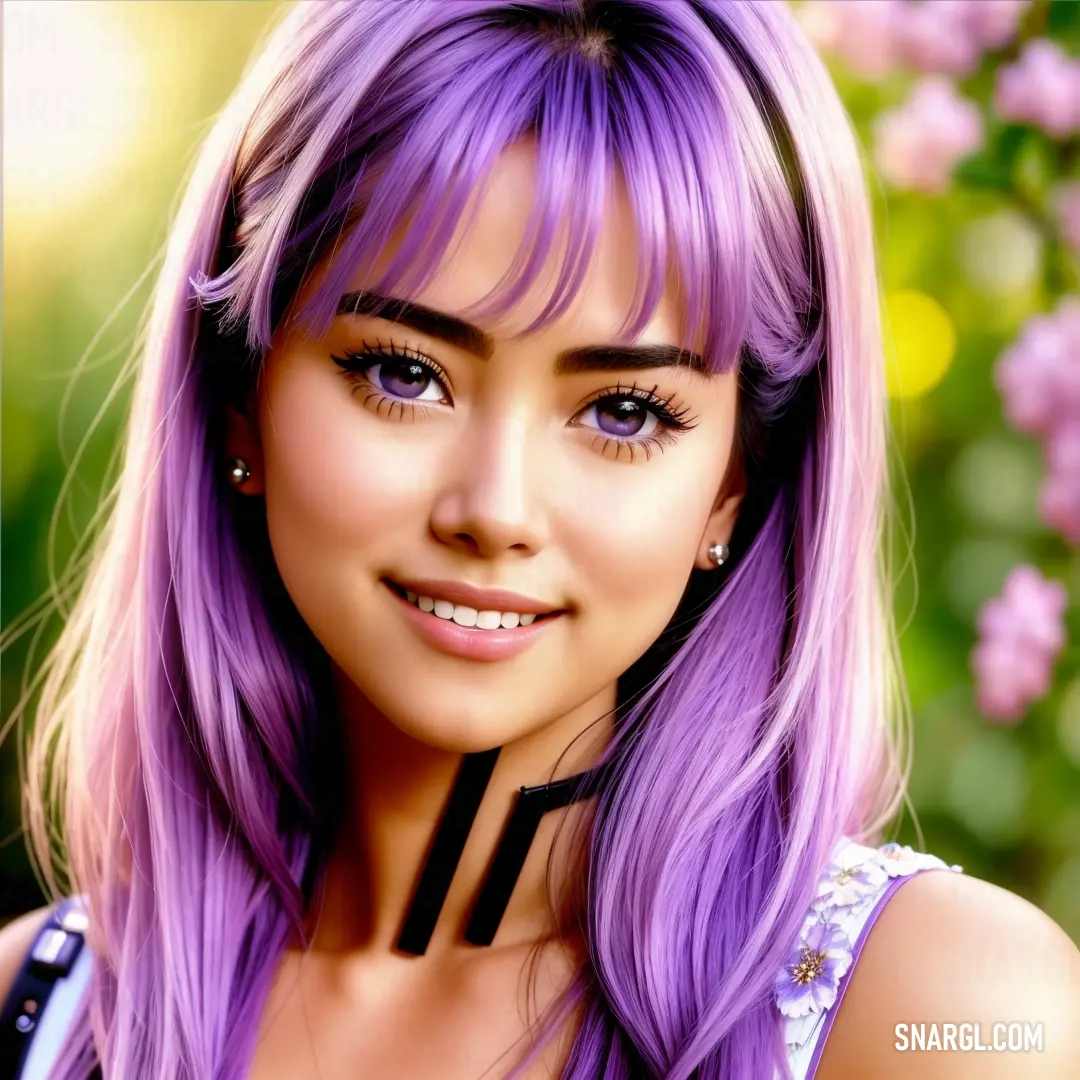
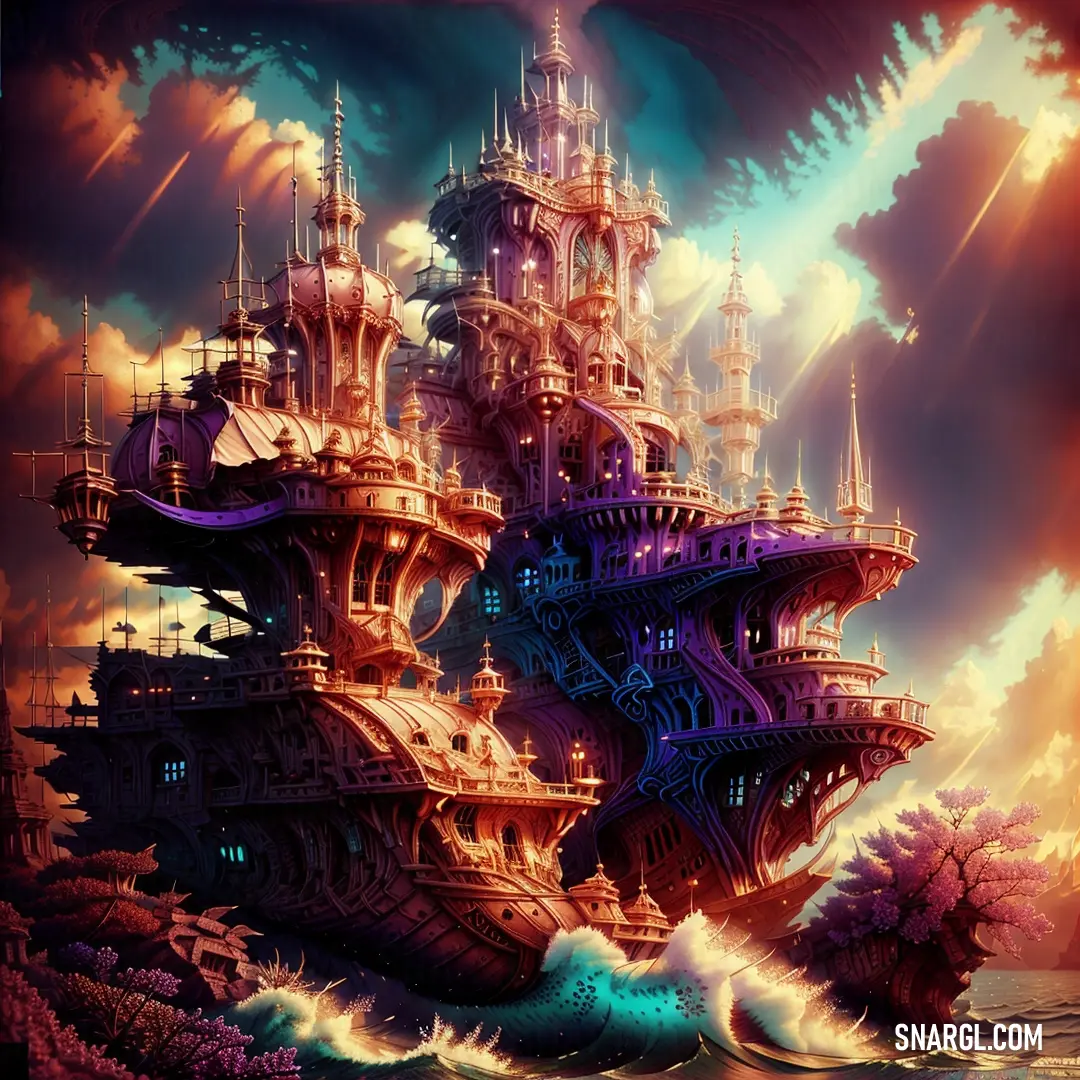
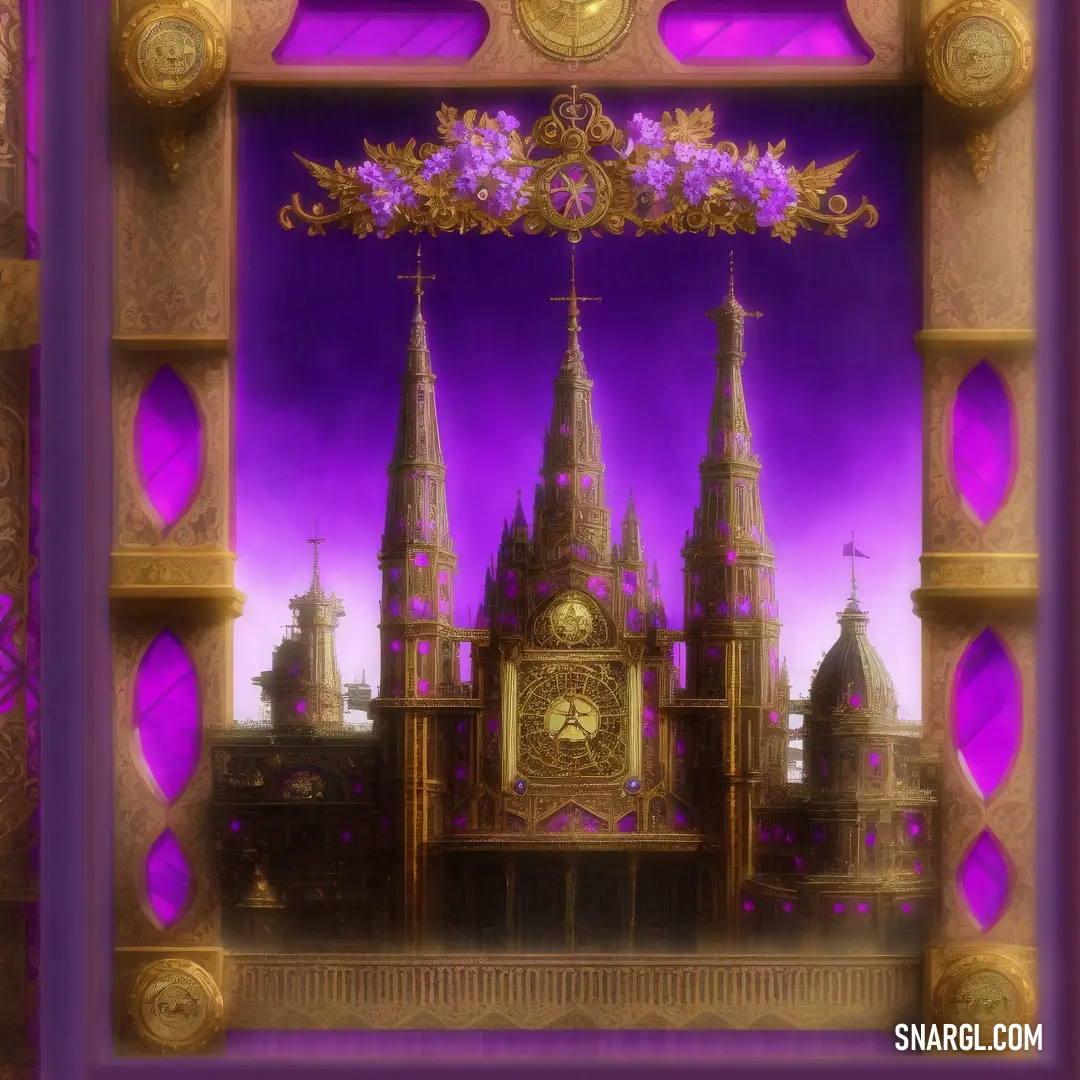
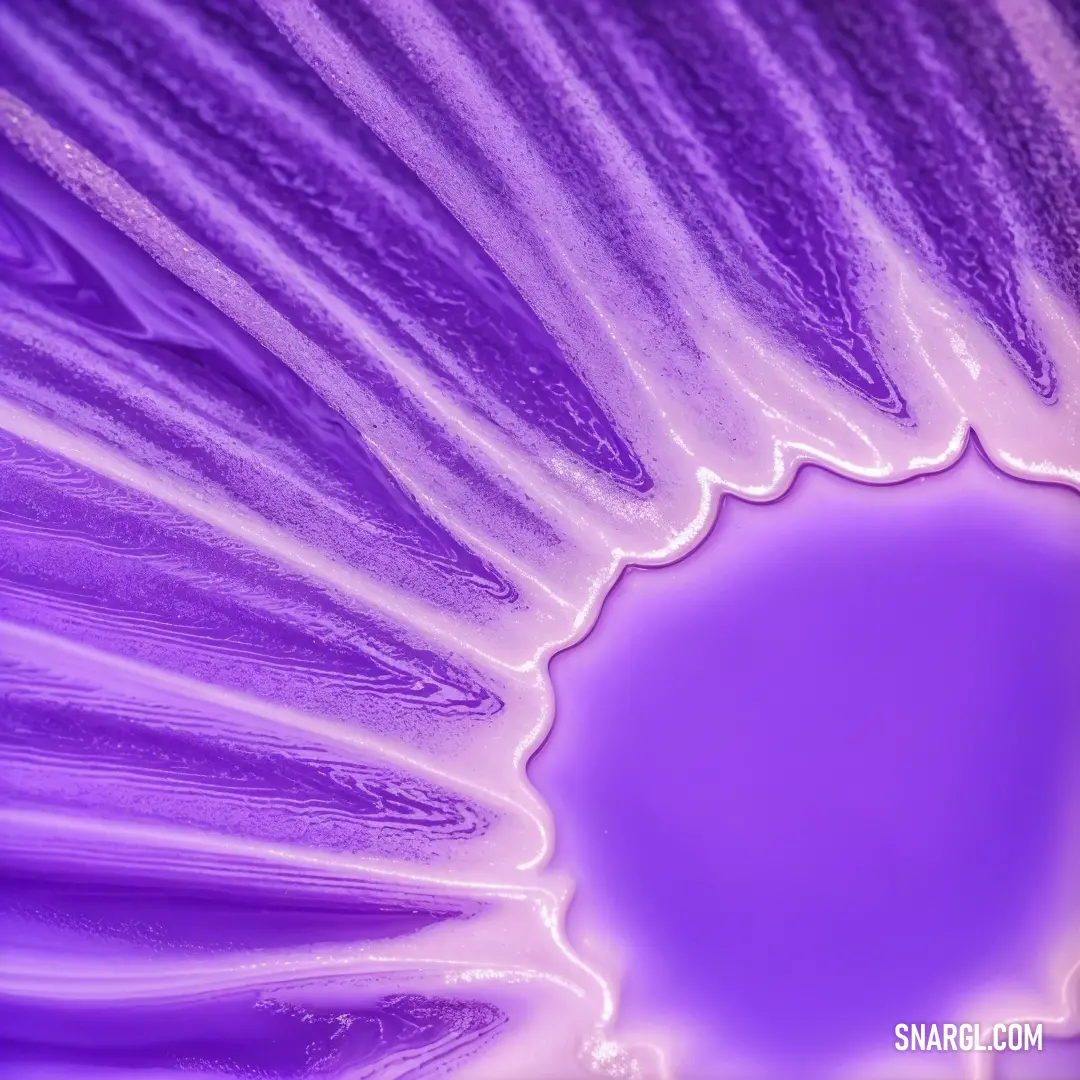
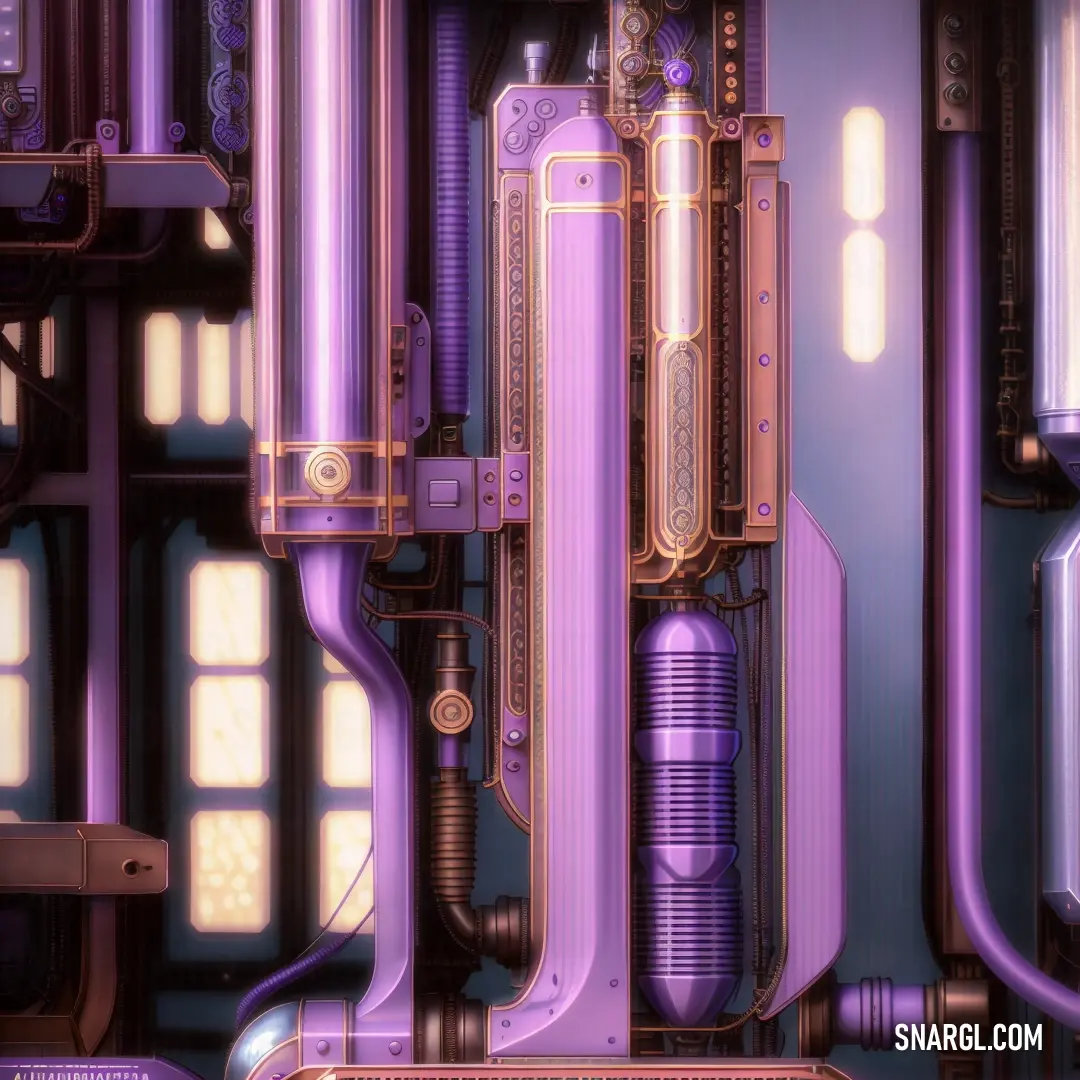
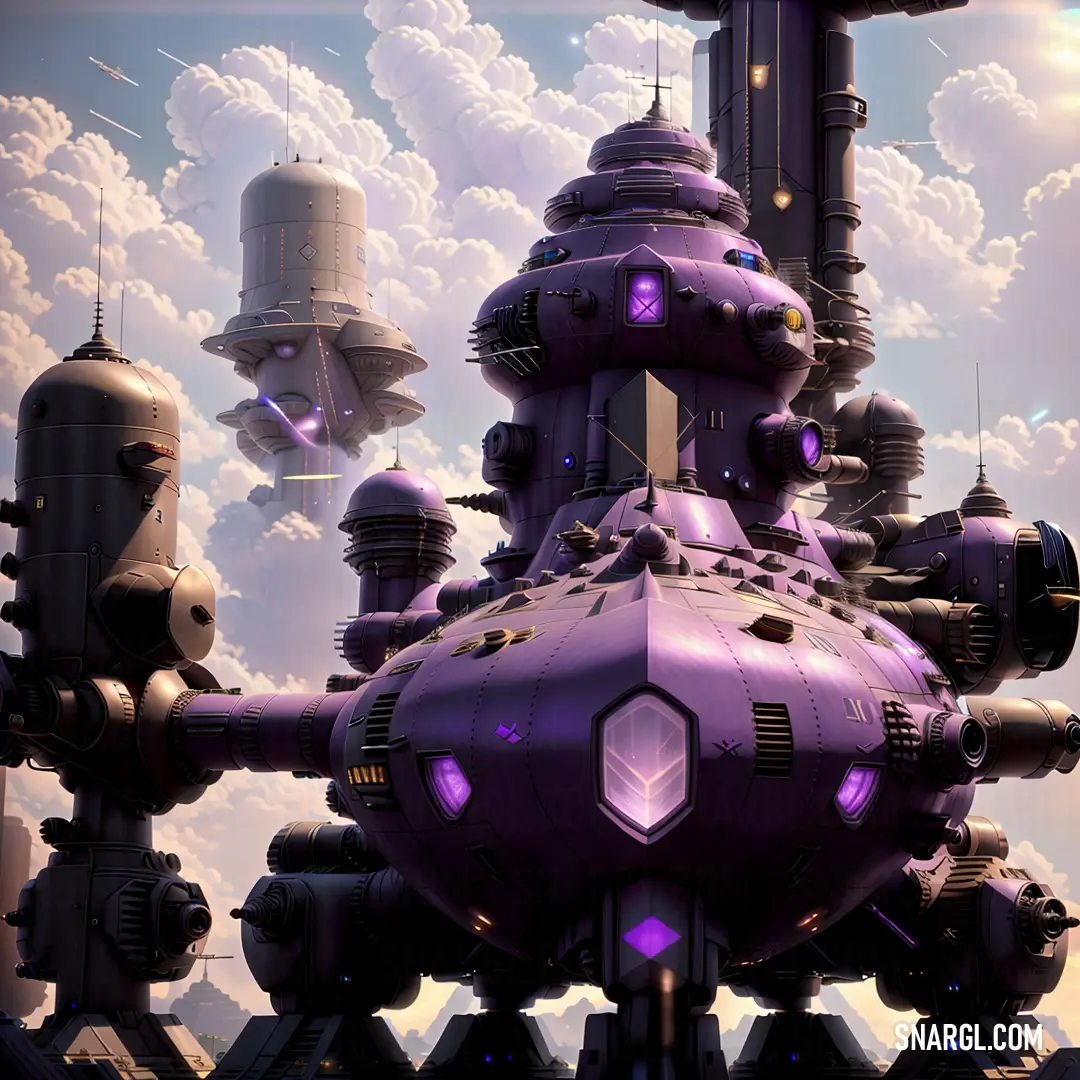
 Palatinate purple
Palatinate purple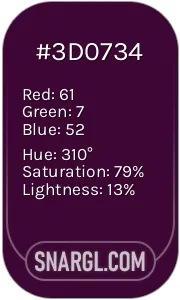 Canonical aubergine
Canonical aubergine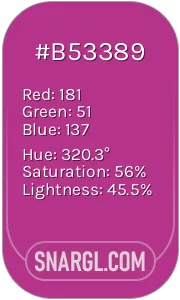 Fandango
Fandango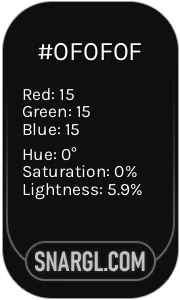 Onyx
Onyx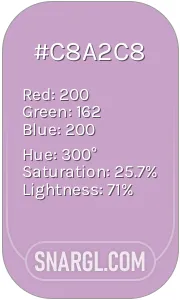 Lilac
Lilac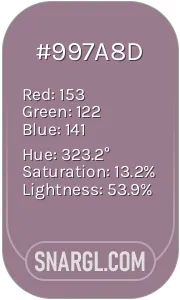 Mountbatten pink
Mountbatten pink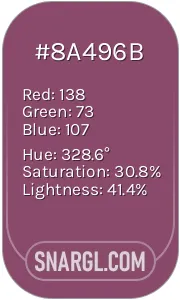 Twilight lavender
Twilight lavender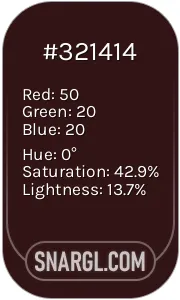 Seal brown
Seal brown Pale pink
Pale pink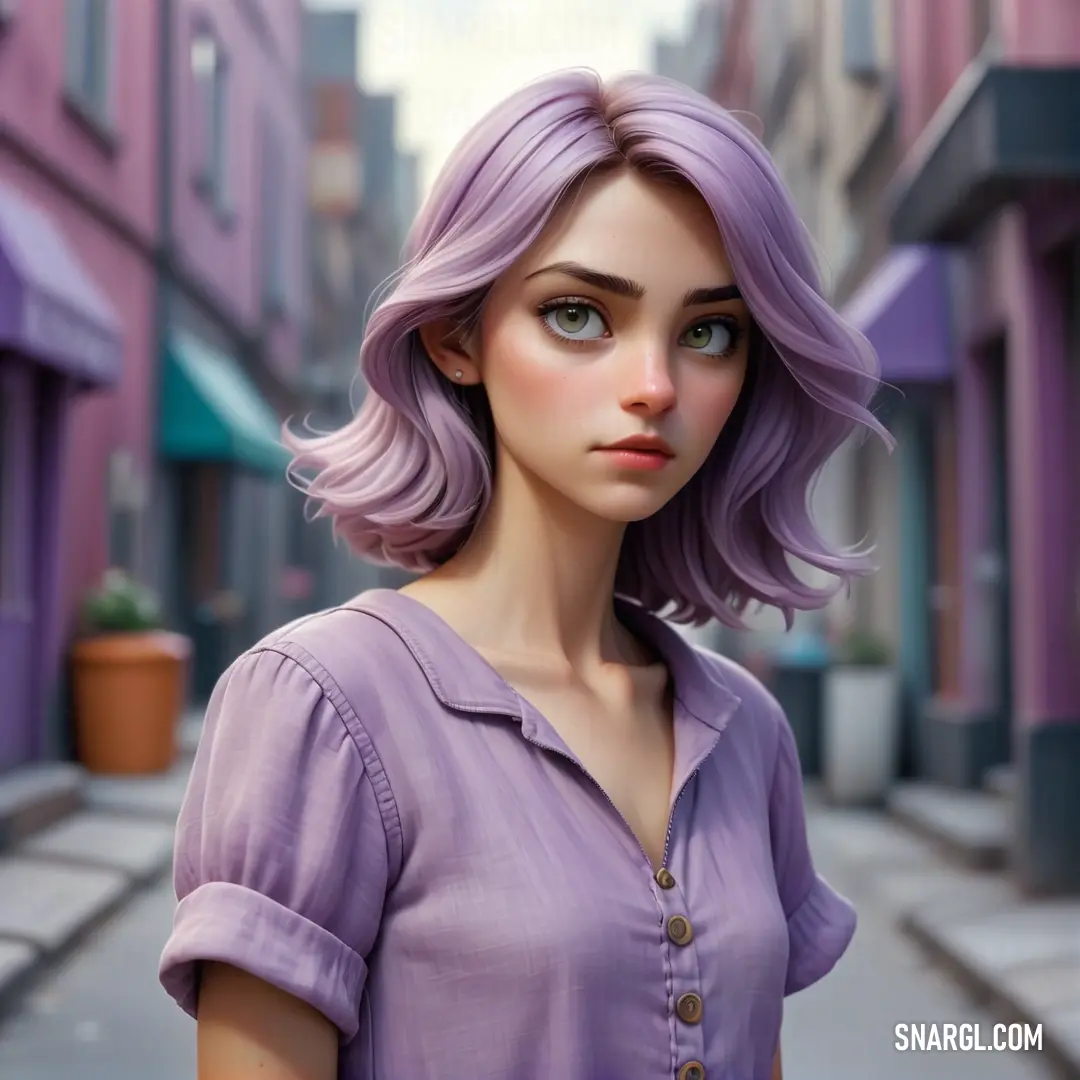
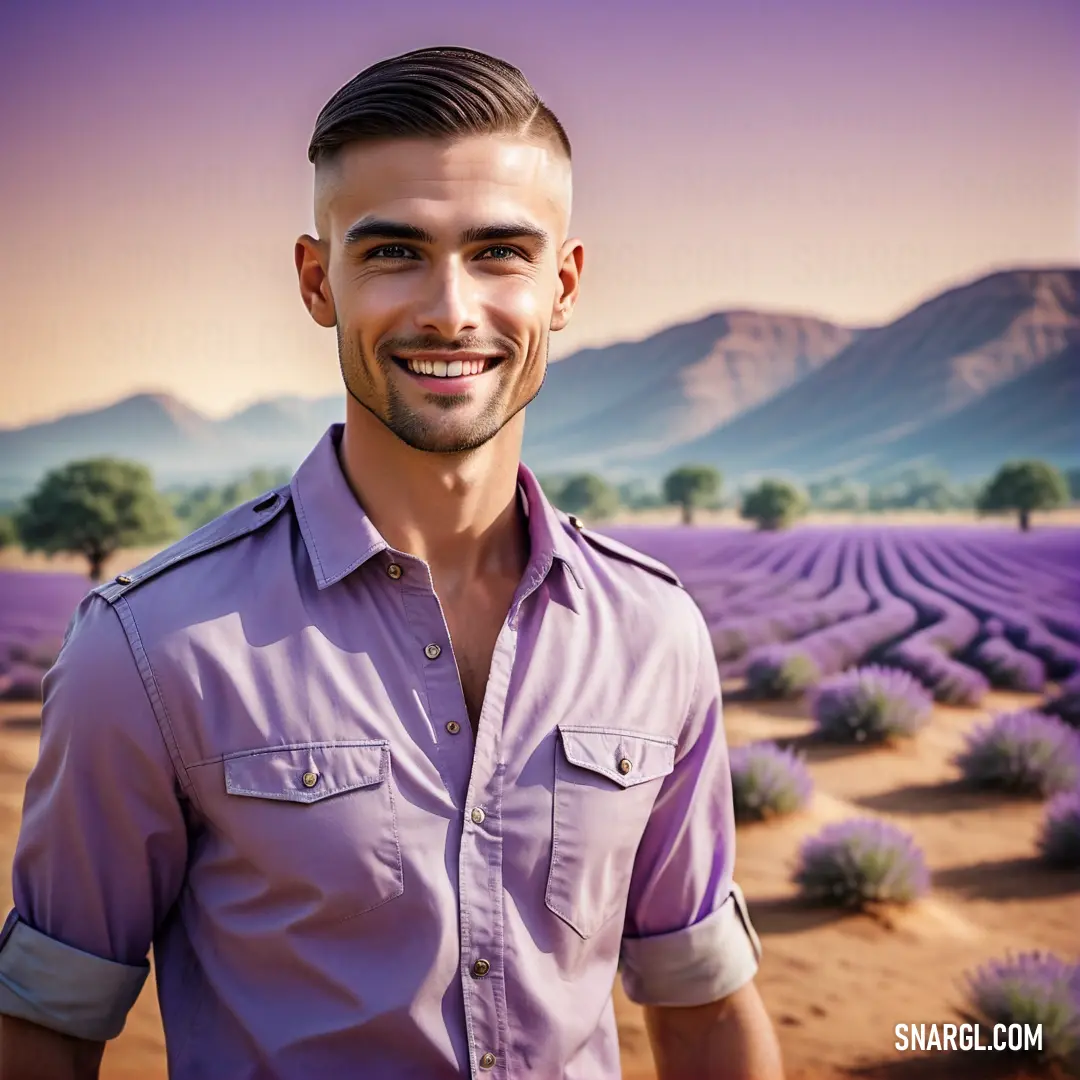
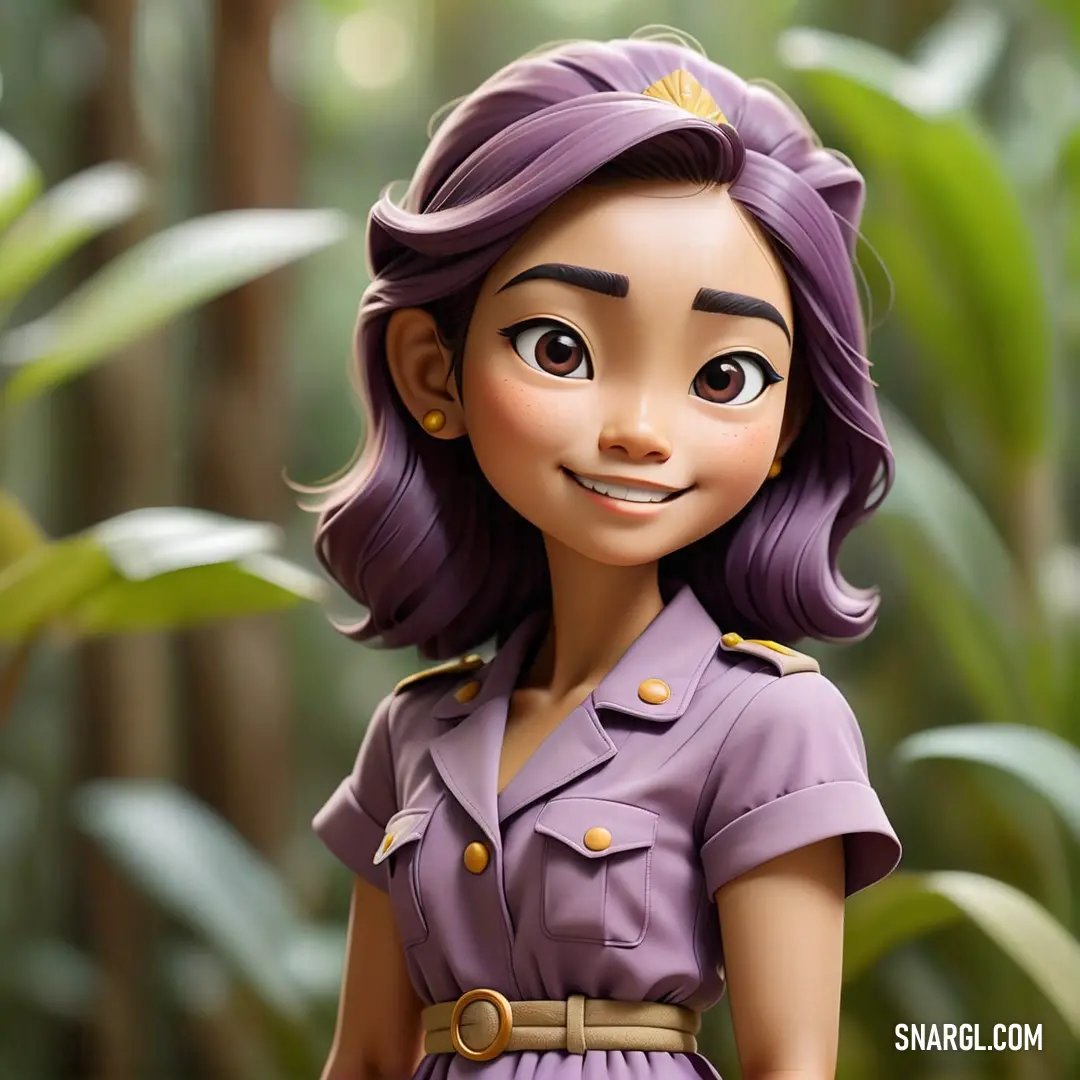
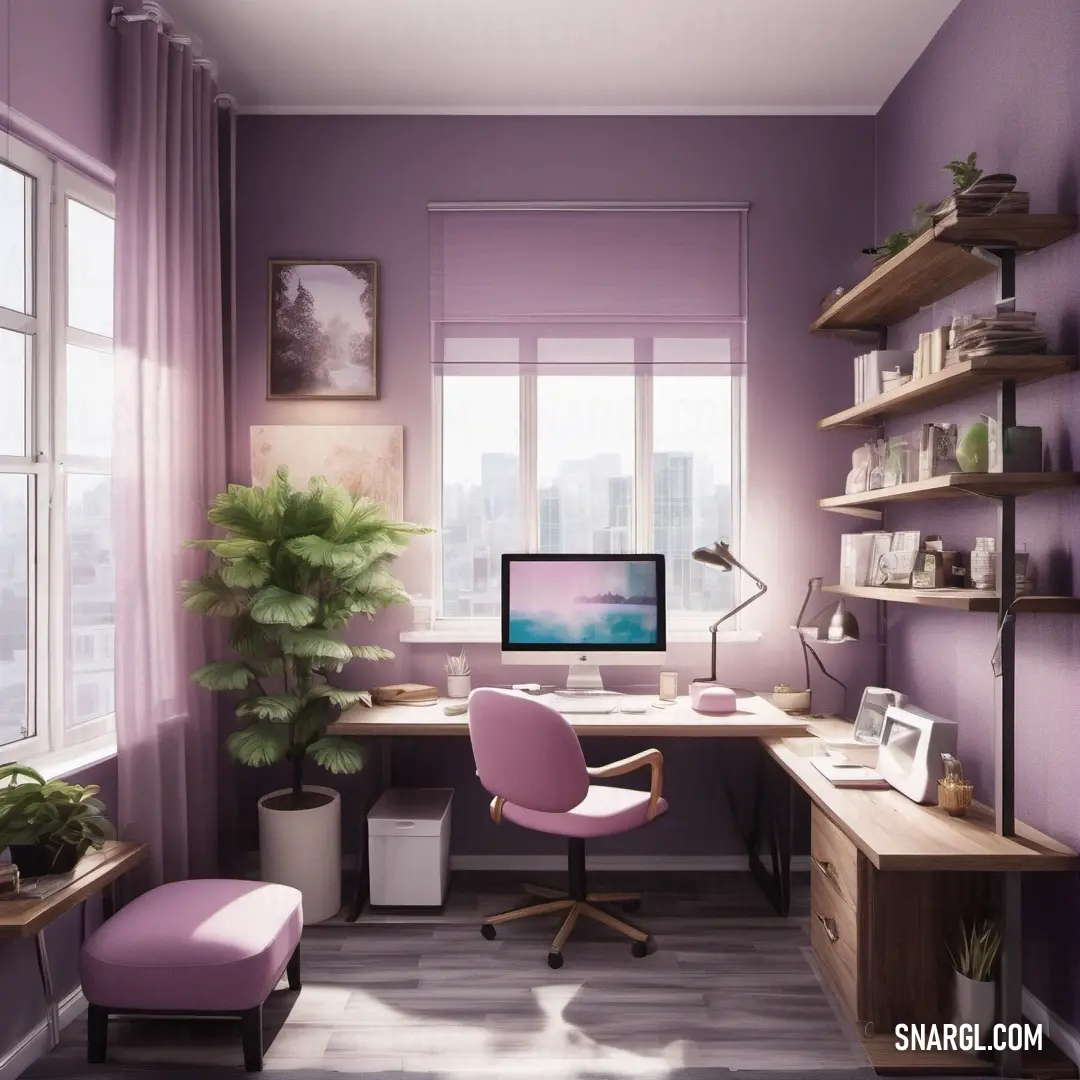
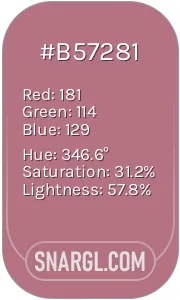 Turkish rose
Turkish rose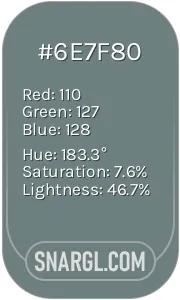 AuroMetalSaurus
AuroMetalSaurus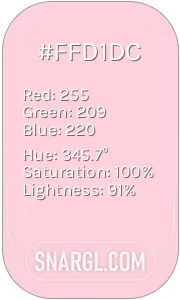 Pastel pink
Pastel pink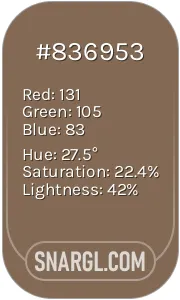 Pastel brown
Pastel brown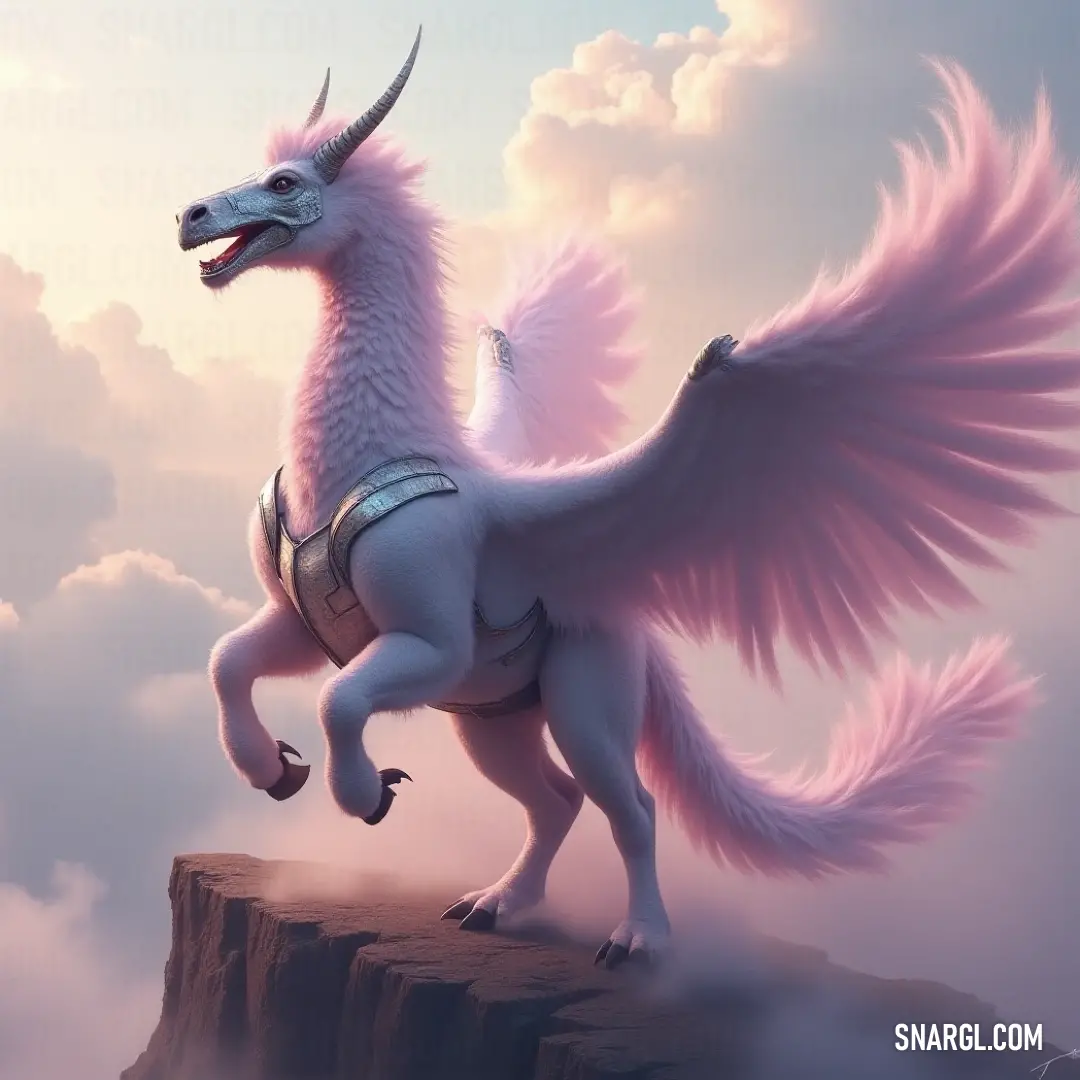
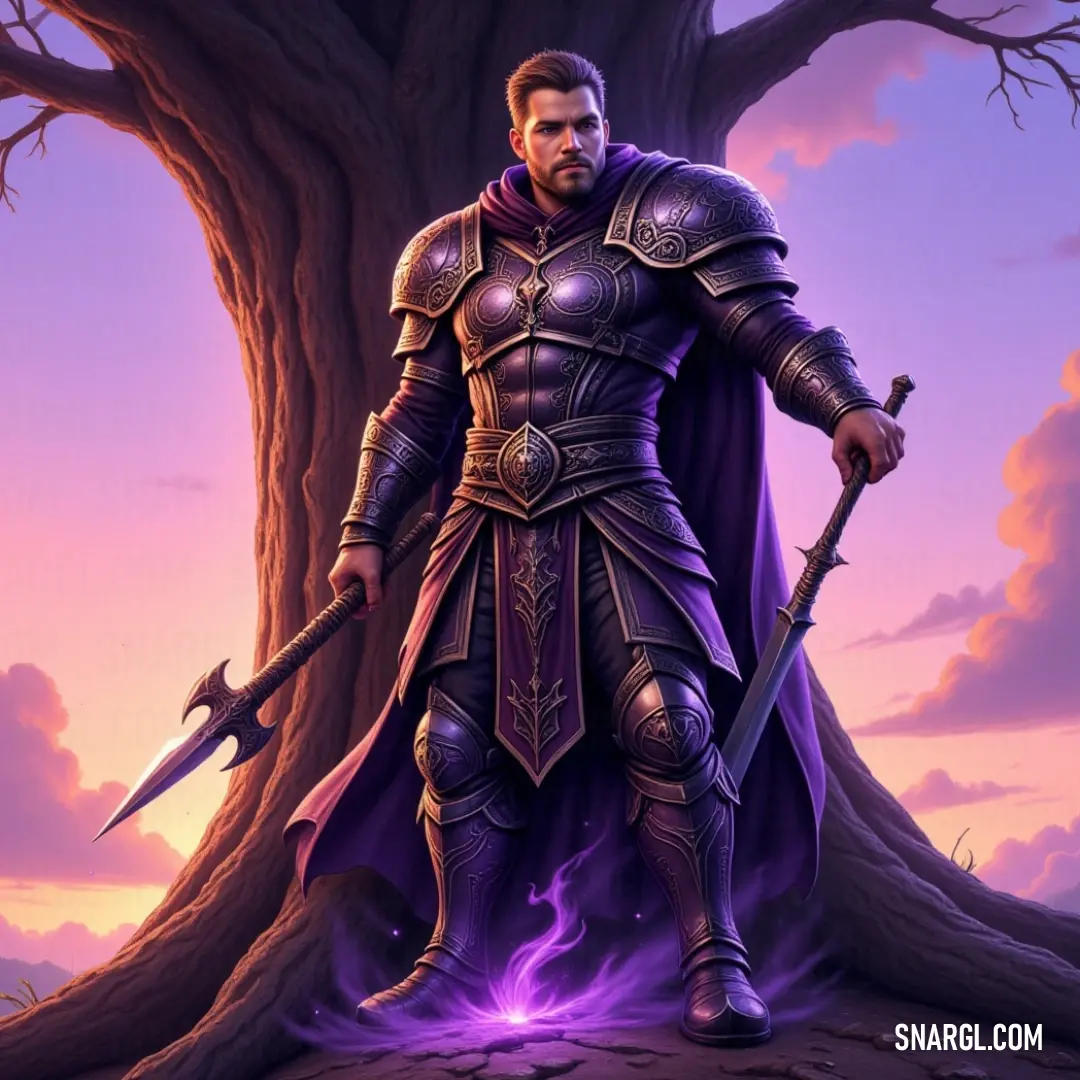
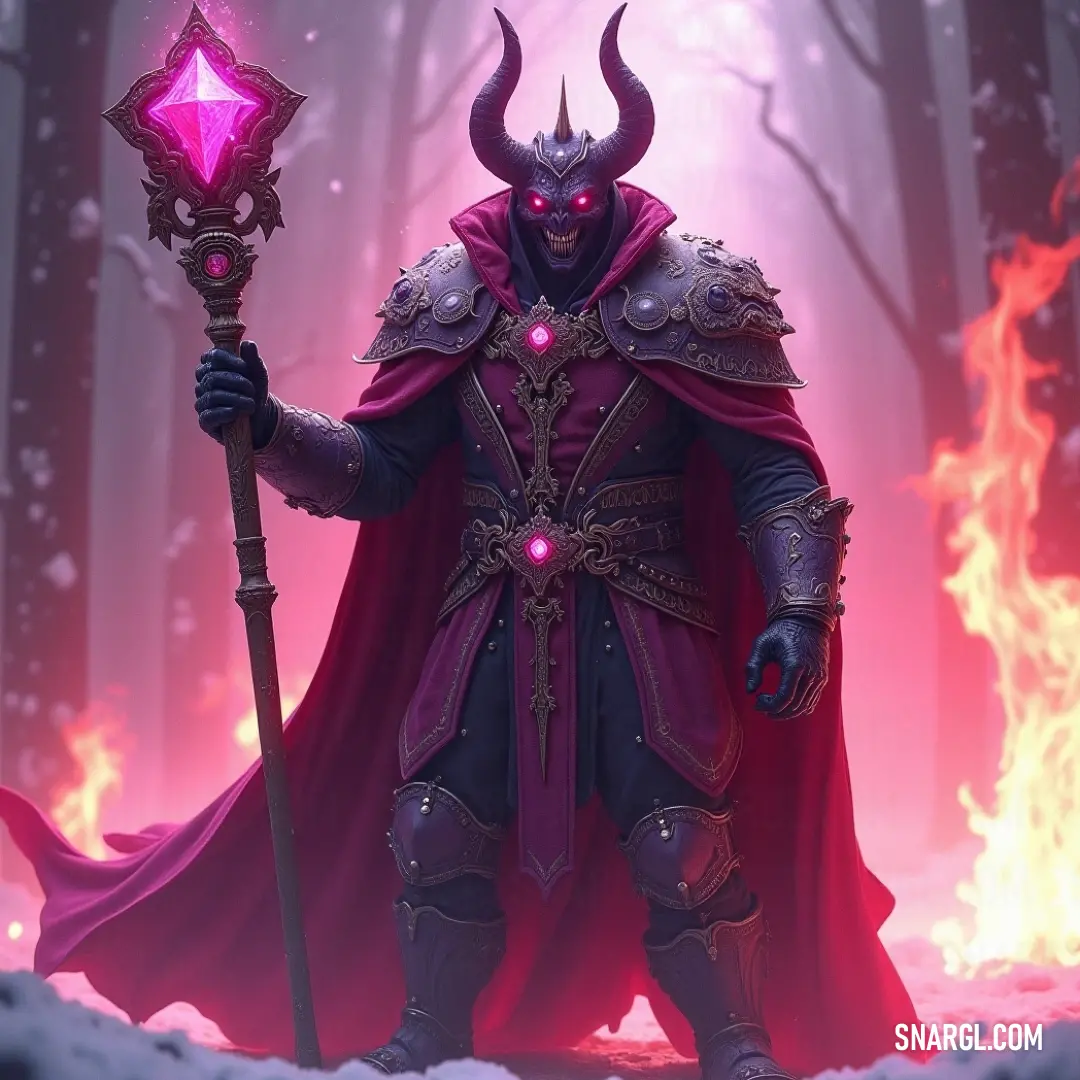
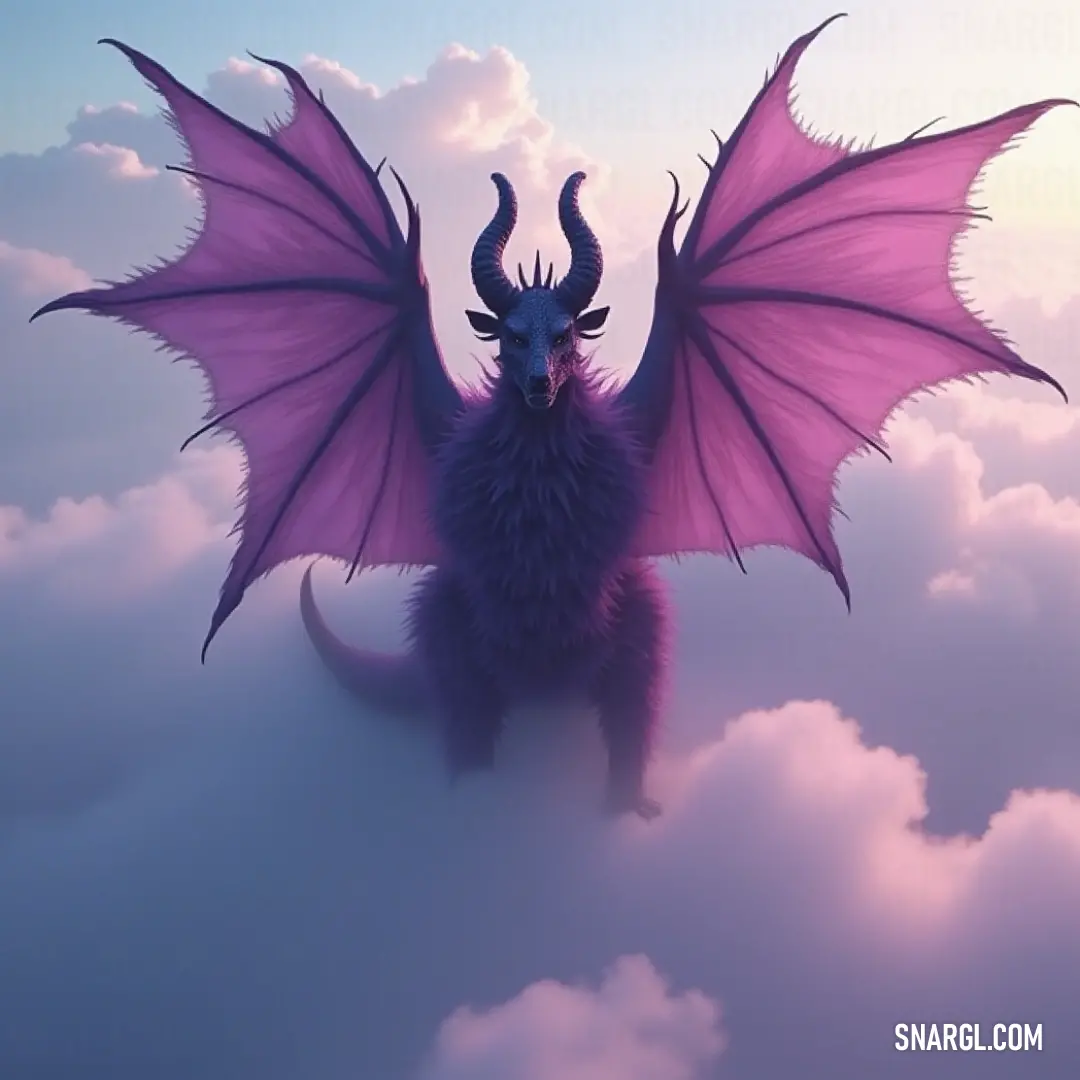
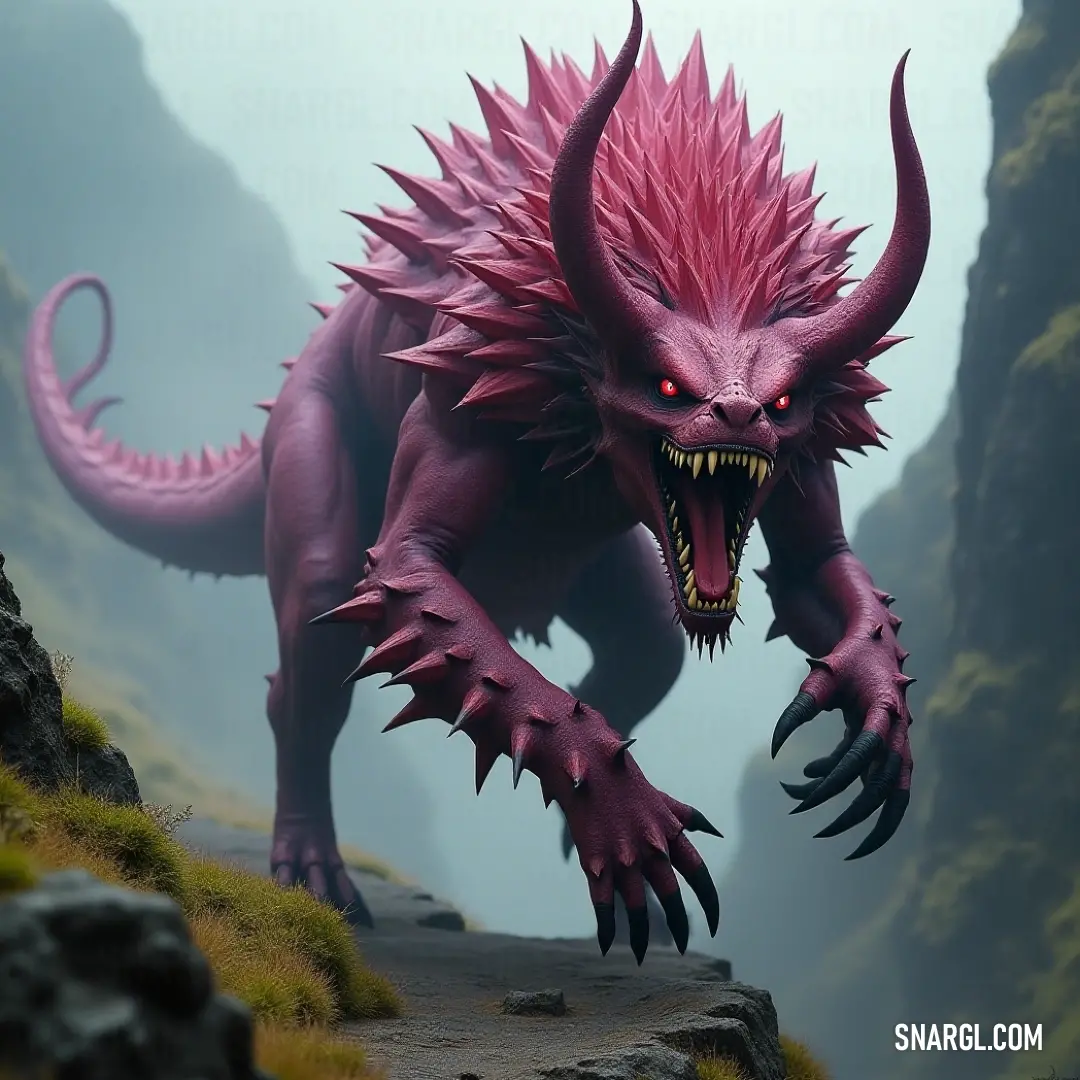
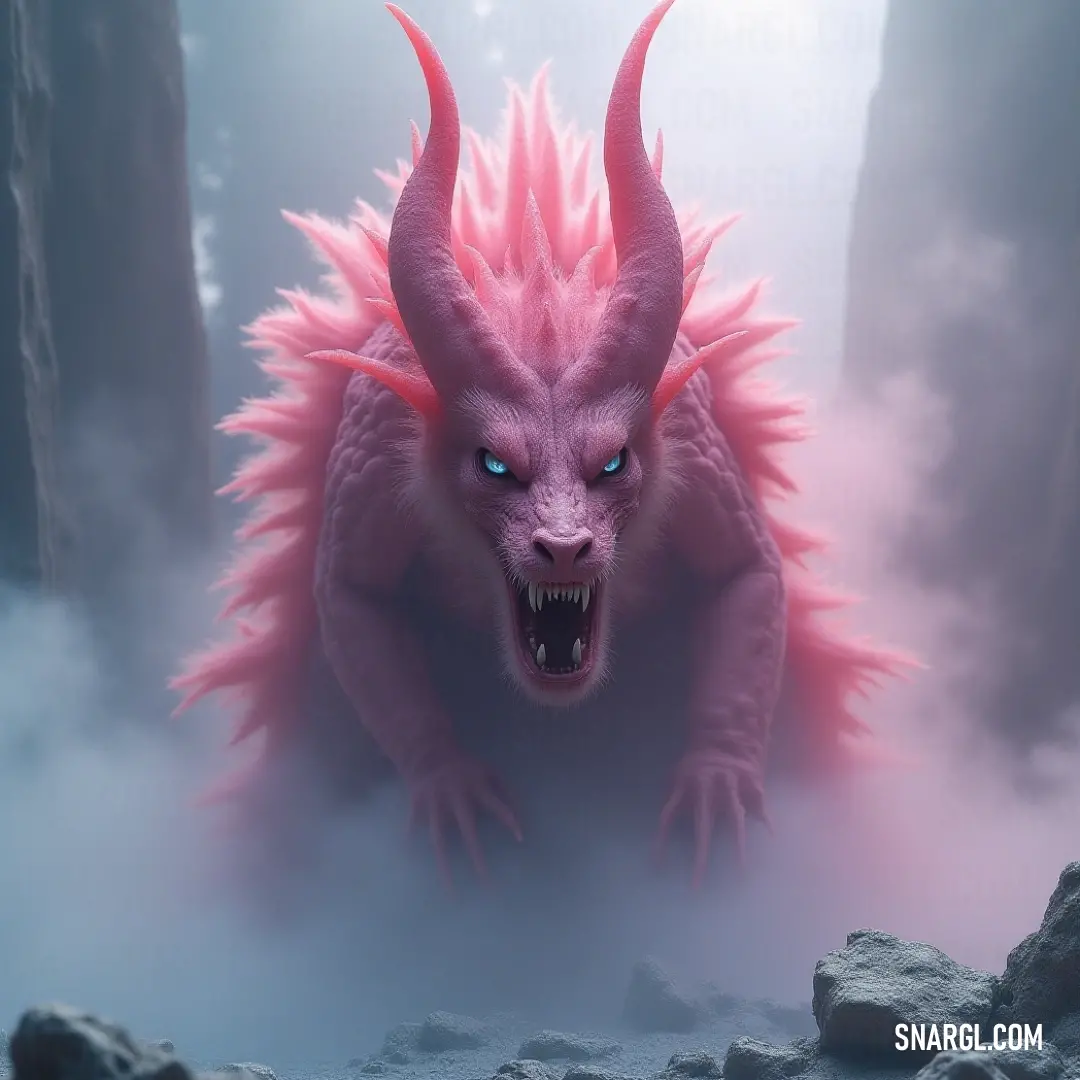
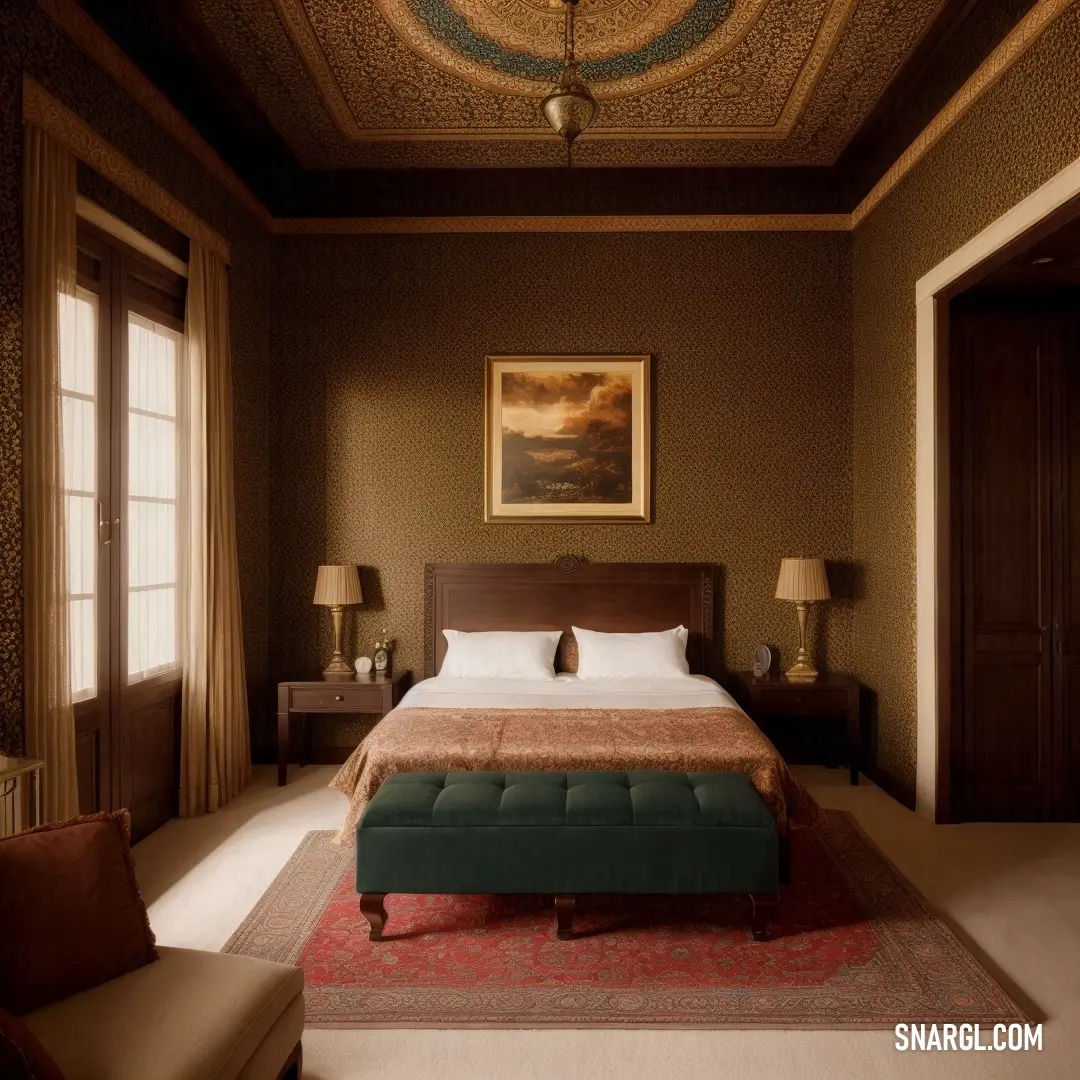
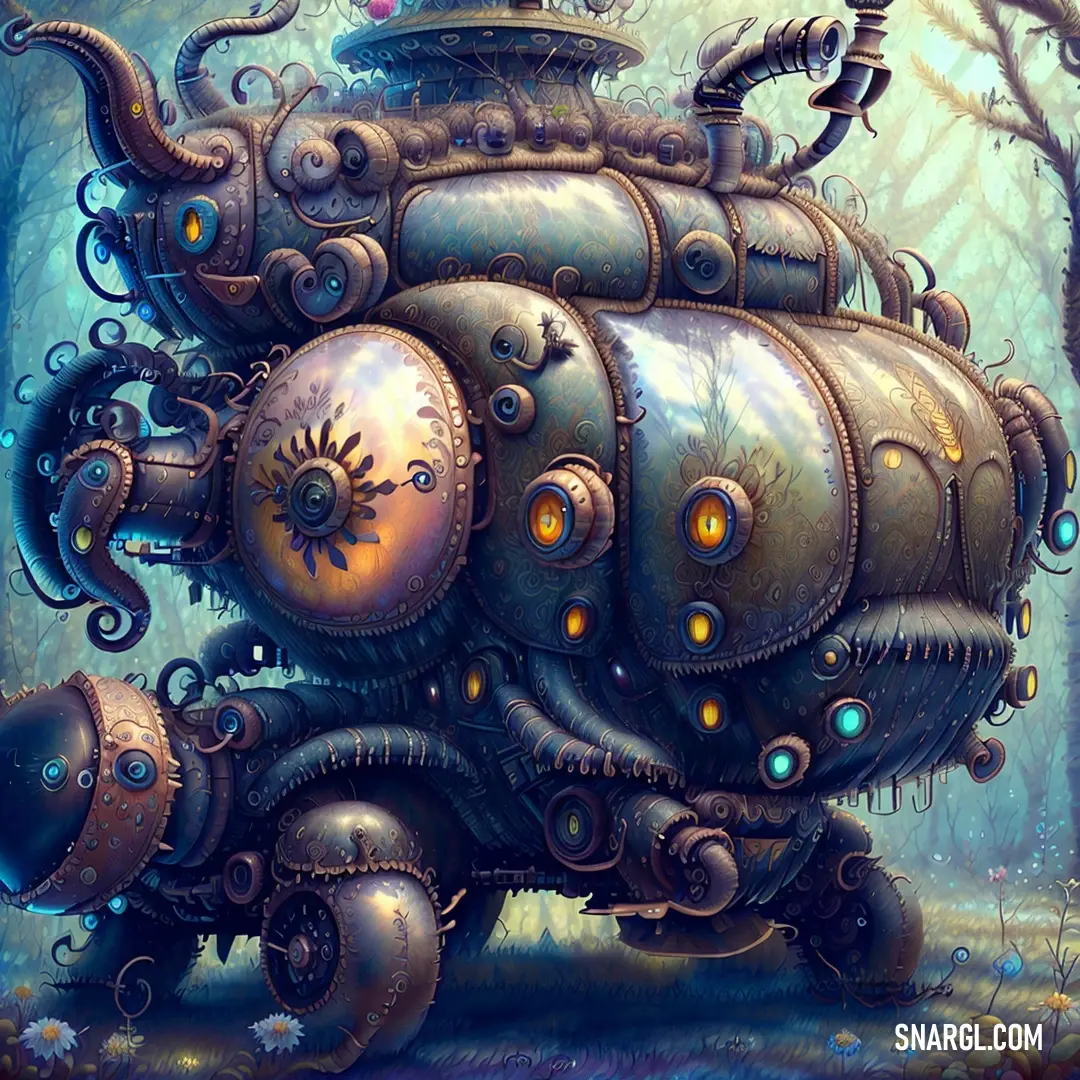
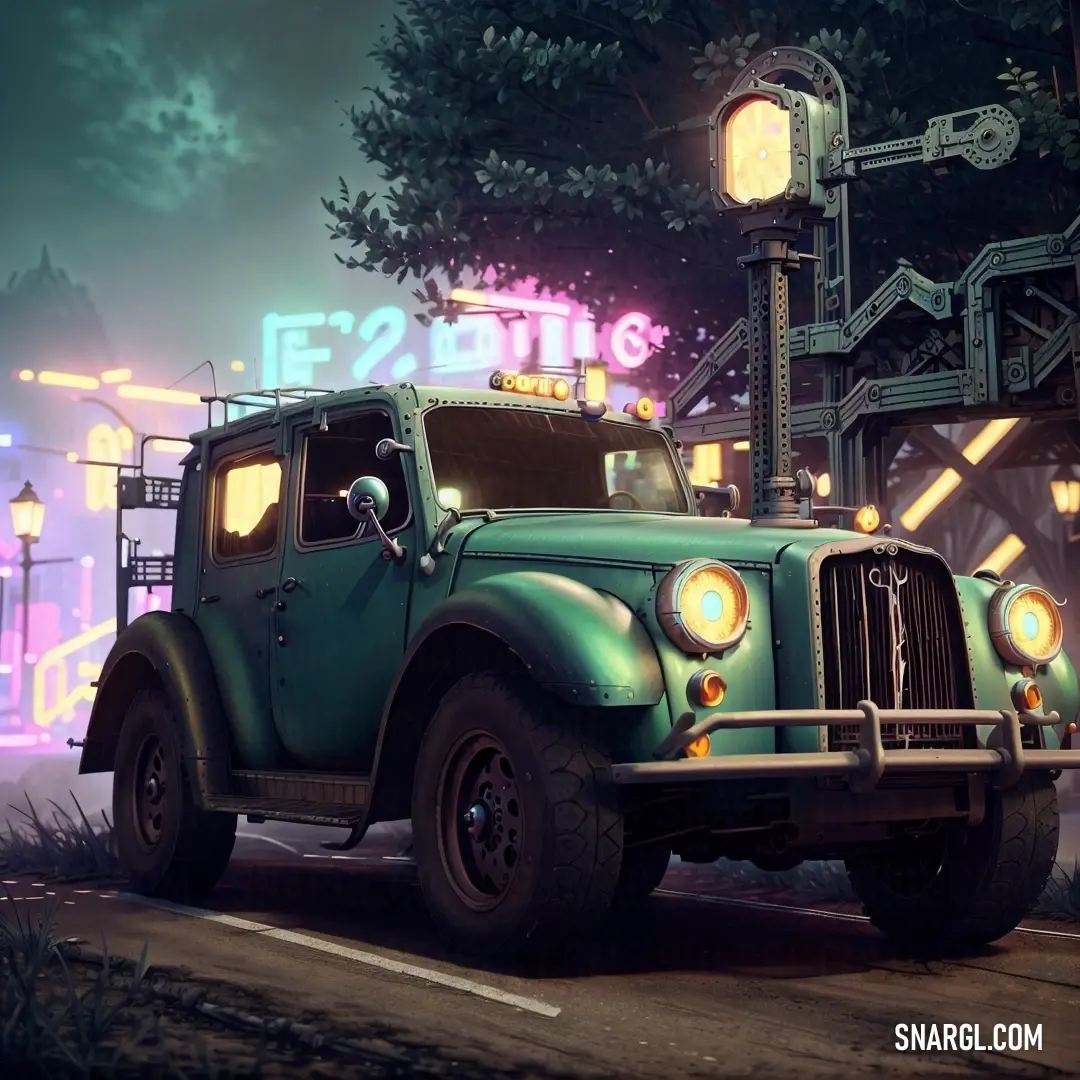
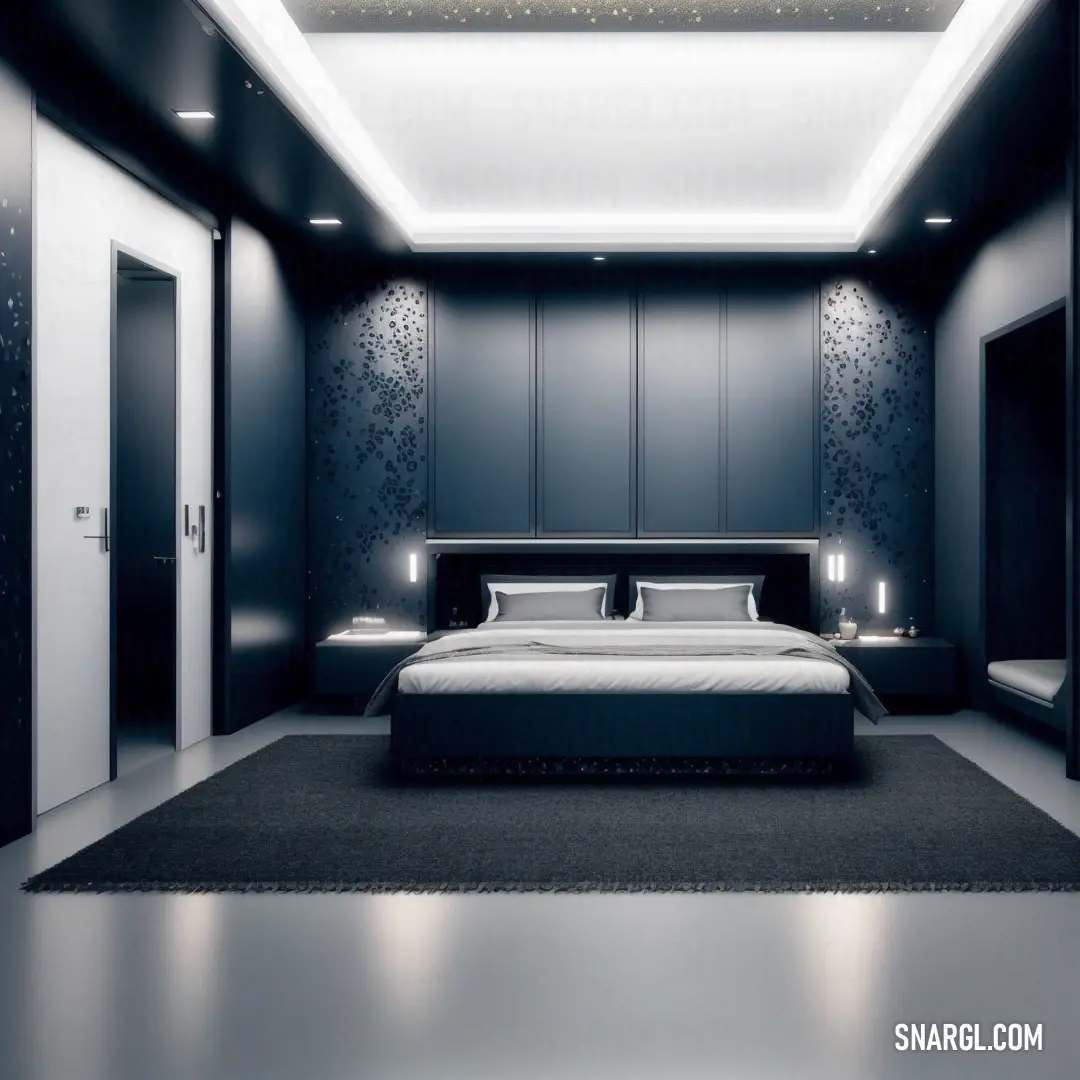
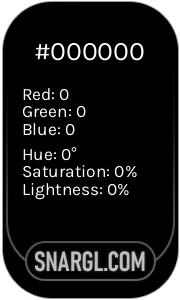 Black
Black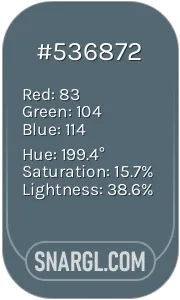 Cadet
Cadet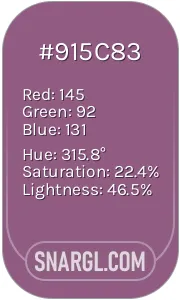 Antique fuchsia
Antique fuchsia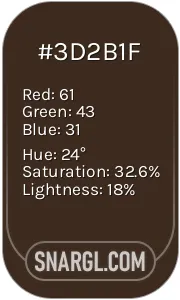 Bistre
Bistre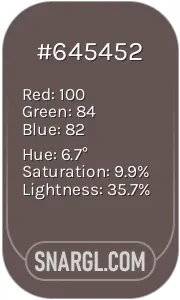 Wenge
Wenge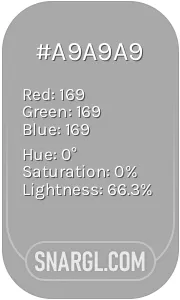 Dark gray
Dark gray
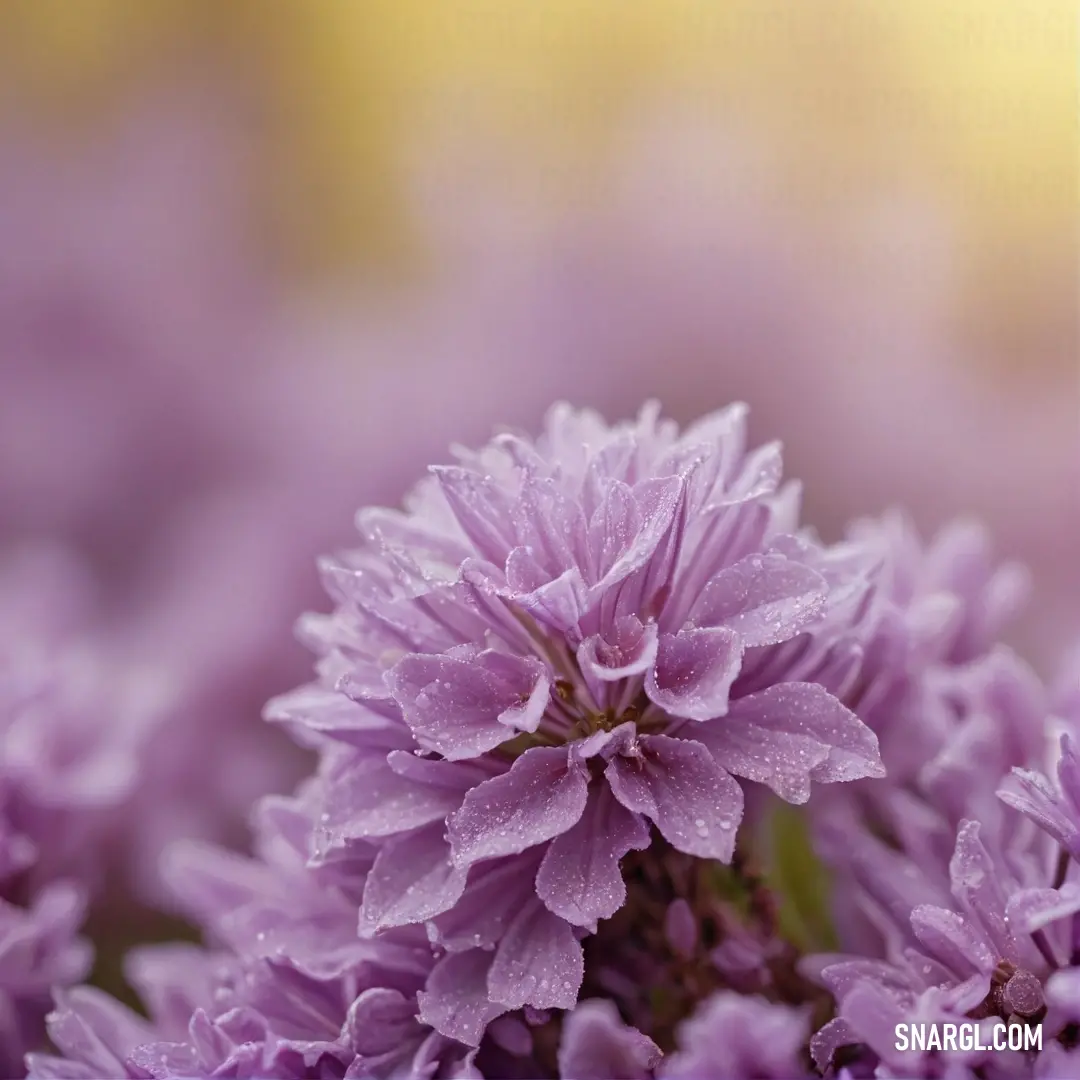
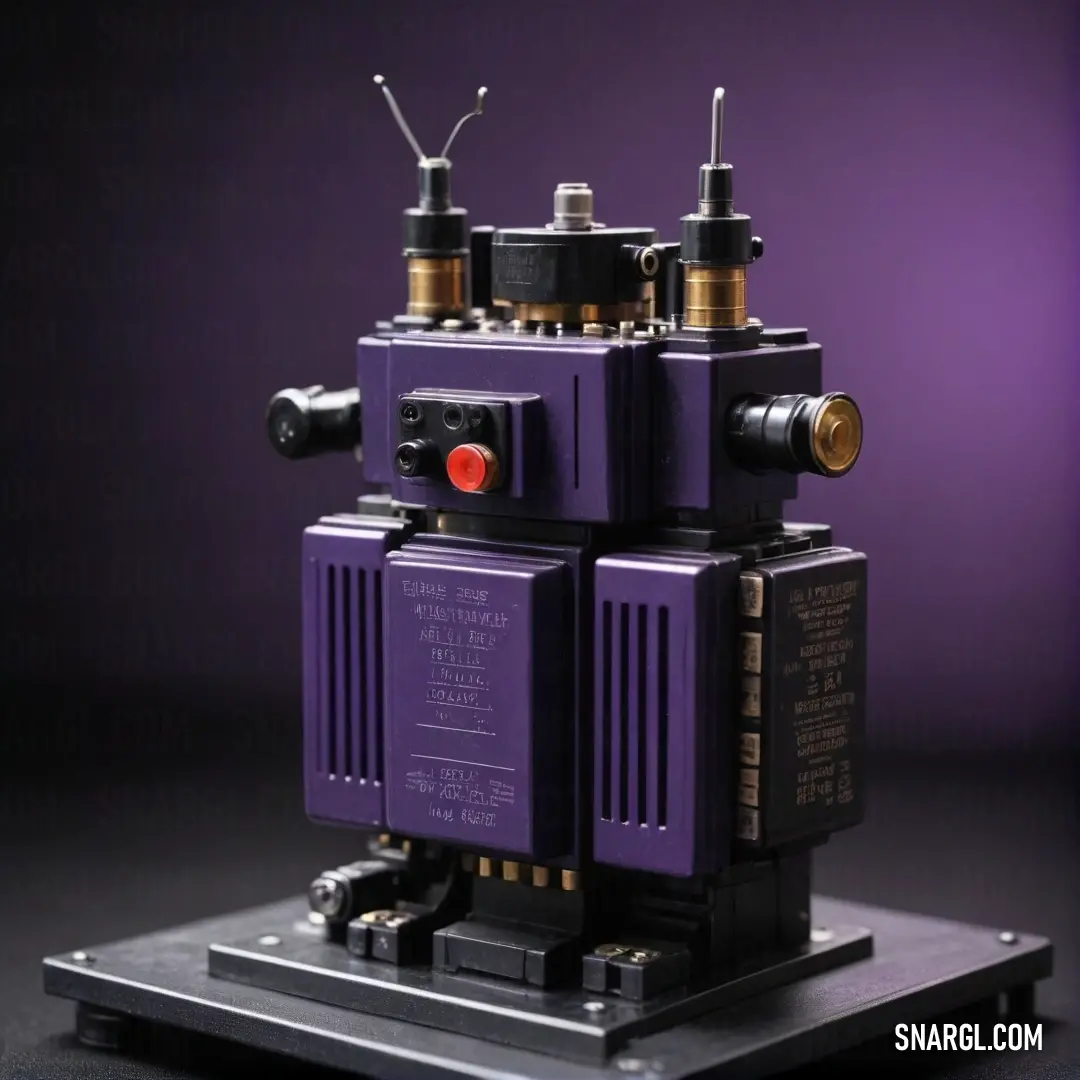
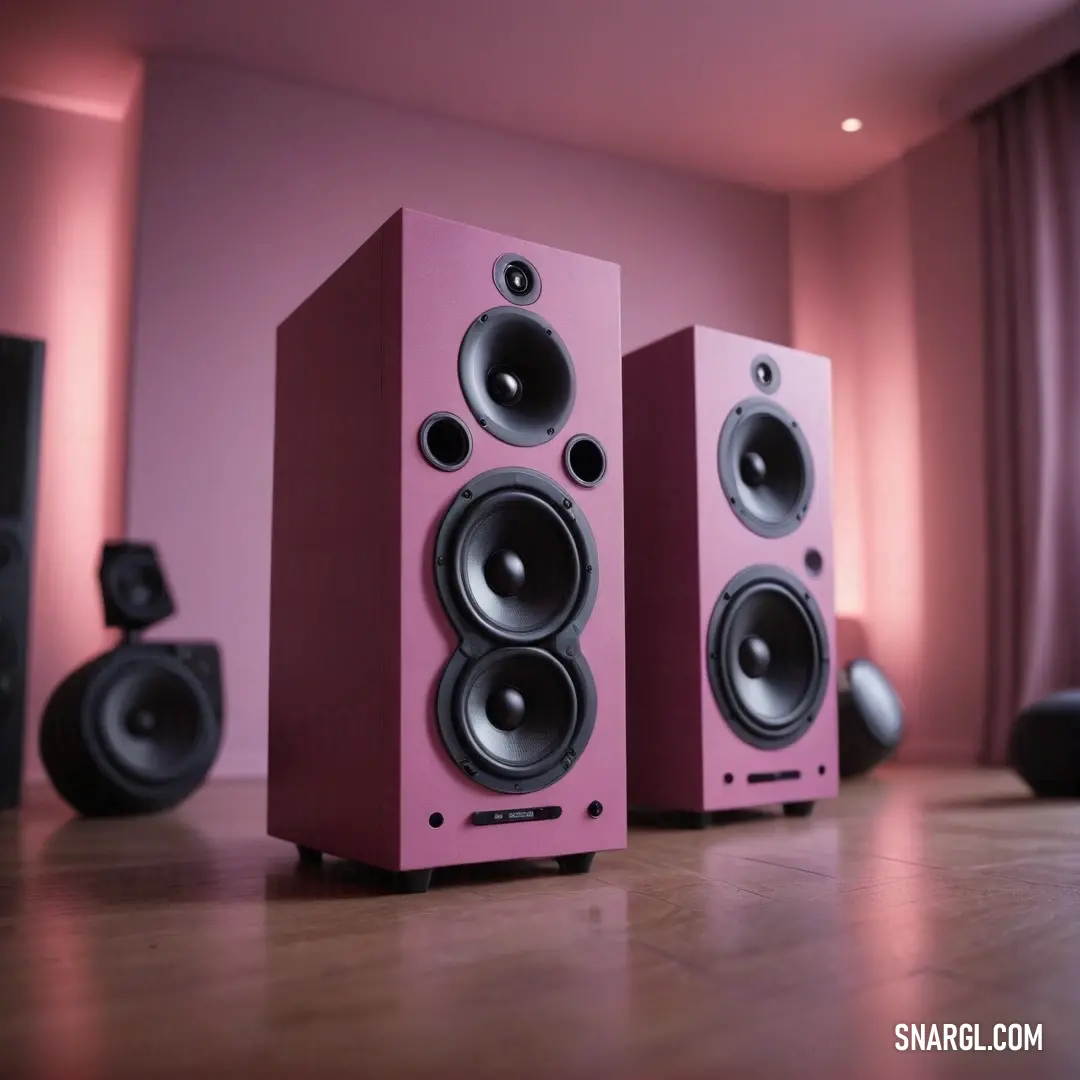
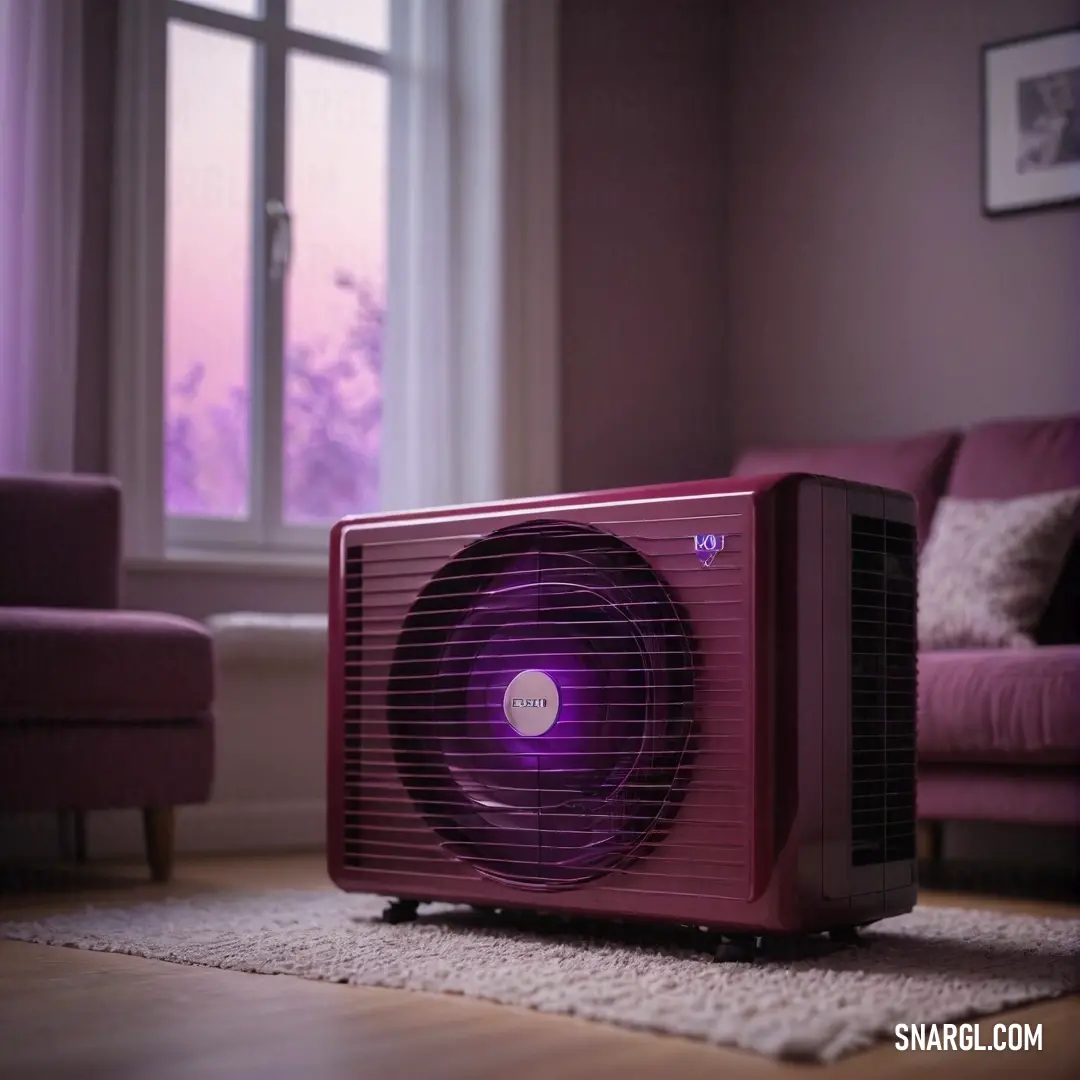

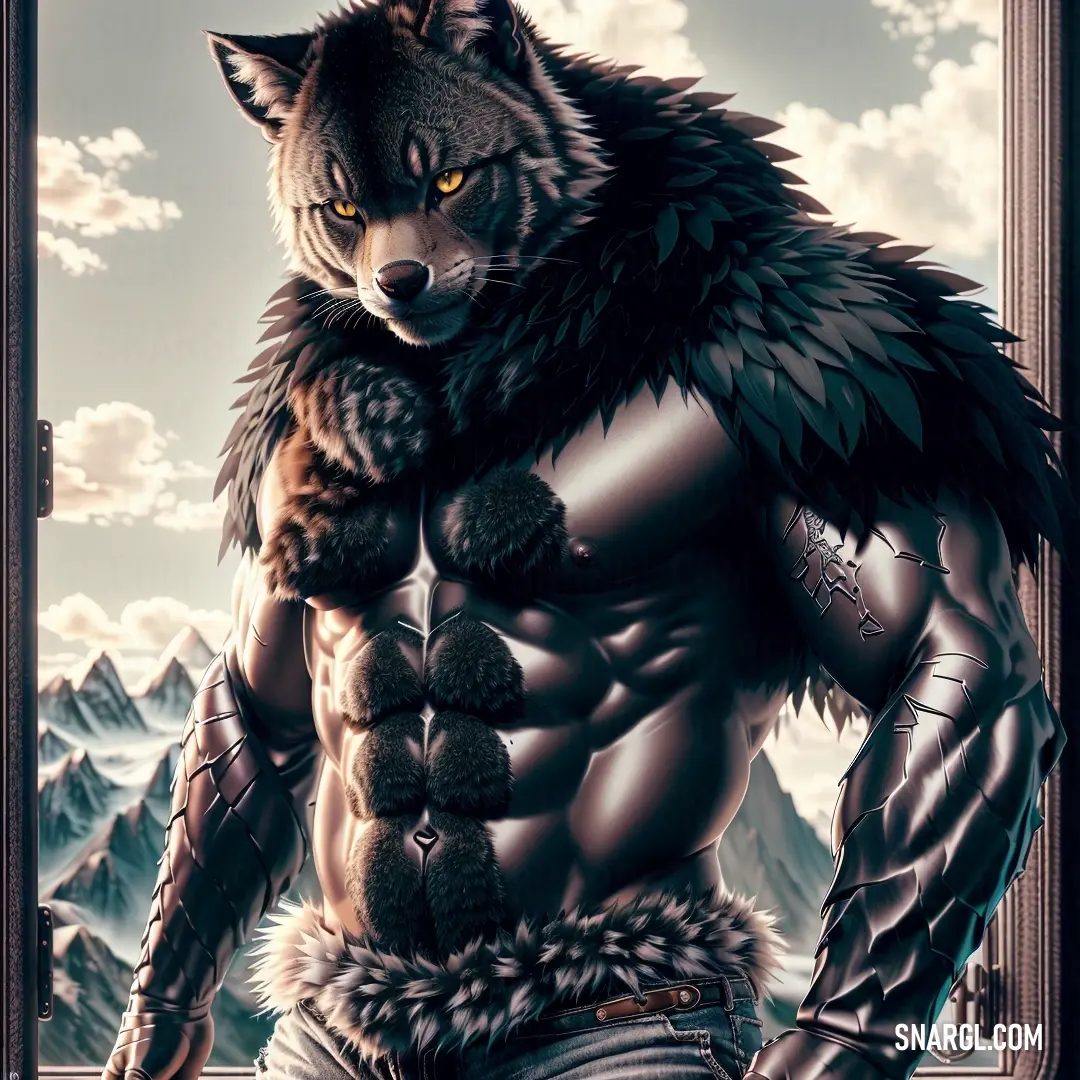
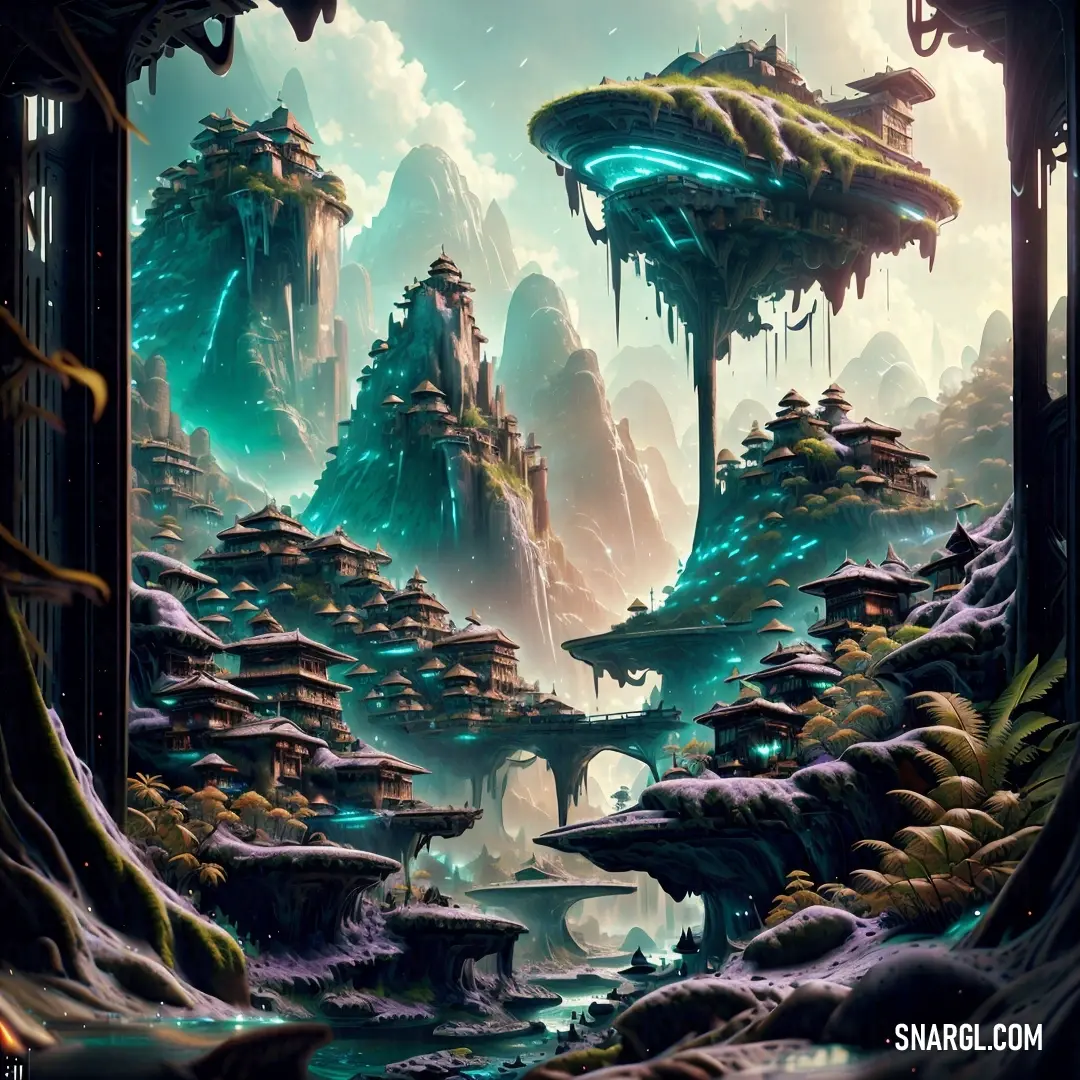
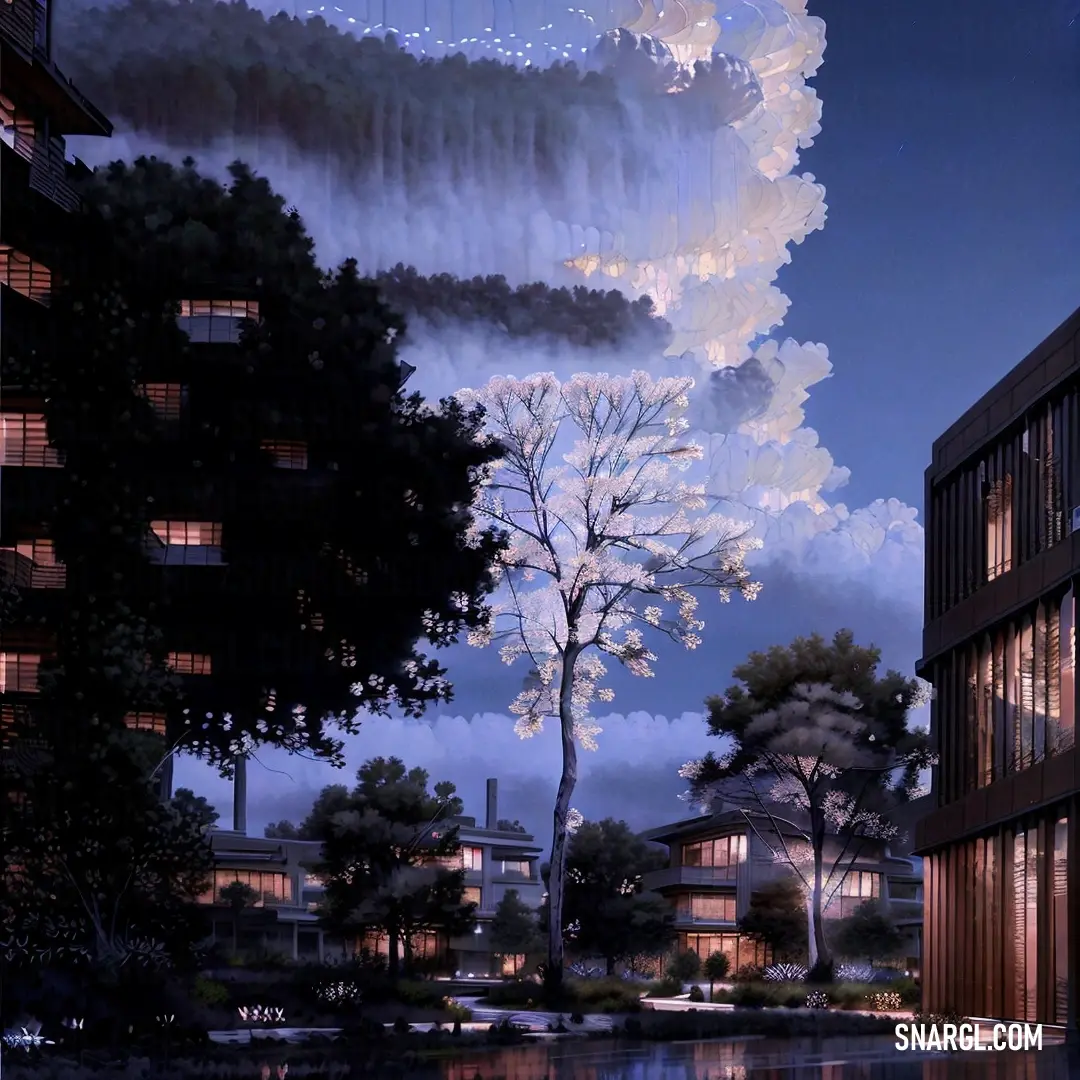
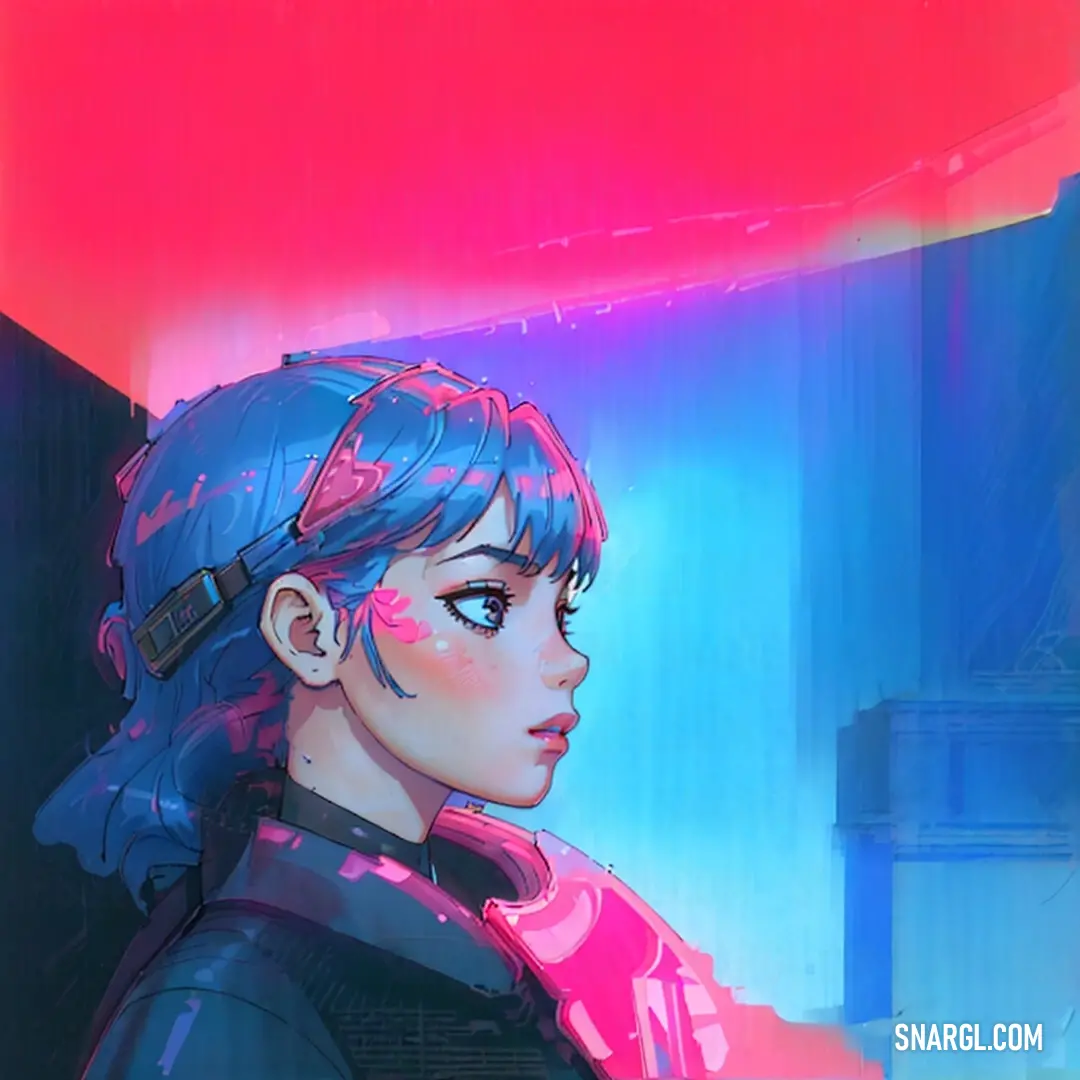
 Halaya Ube
Halaya Ube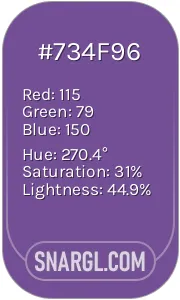 Dark lavender
Dark lavender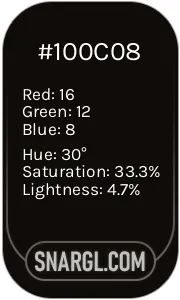 Smoky black
Smoky black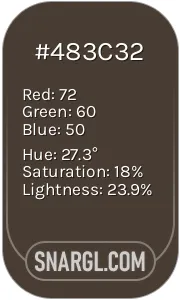 Dark lava
Dark lava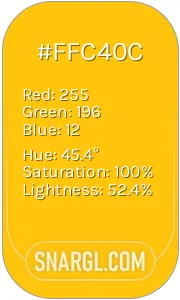 Mikado yellow
Mikado yellow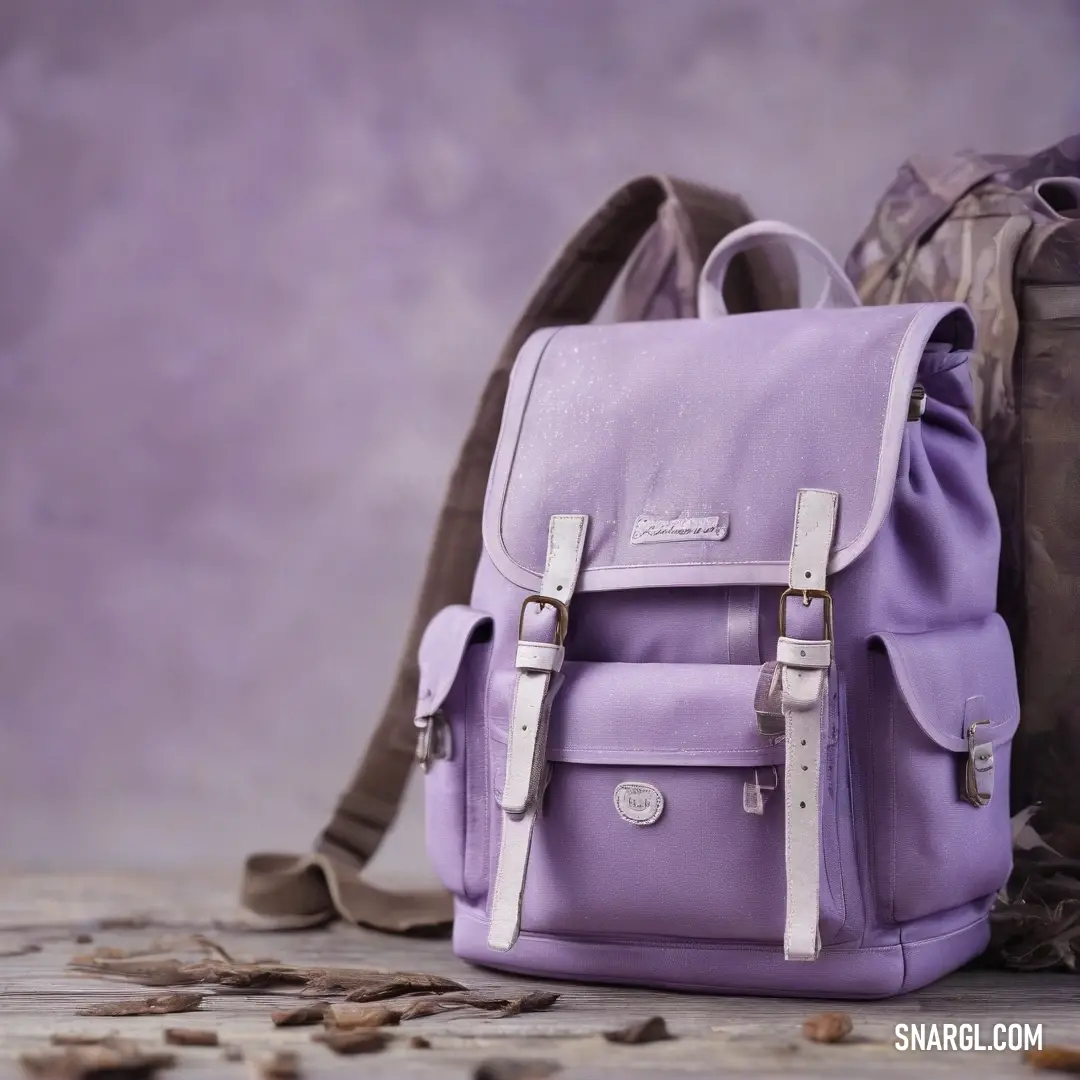
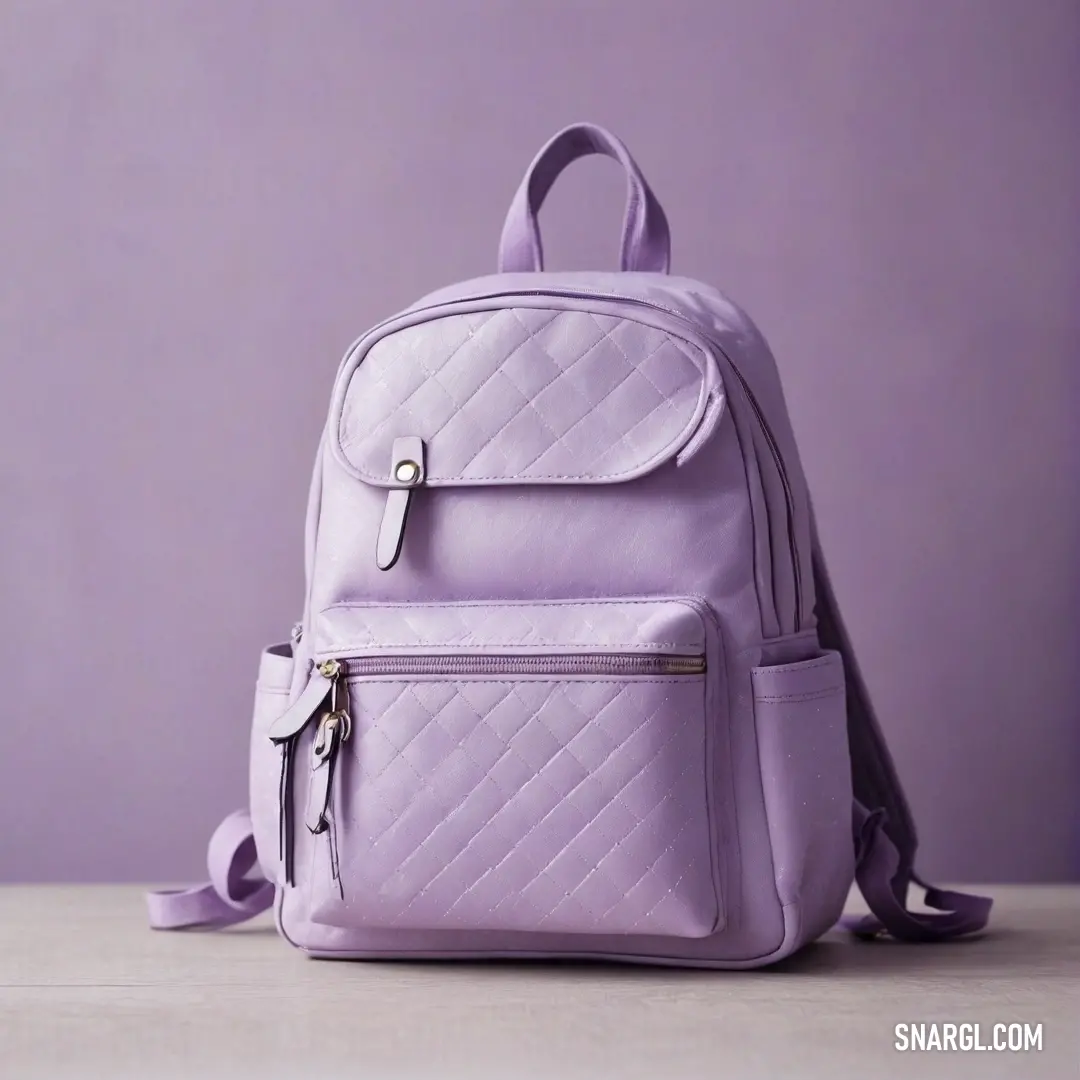
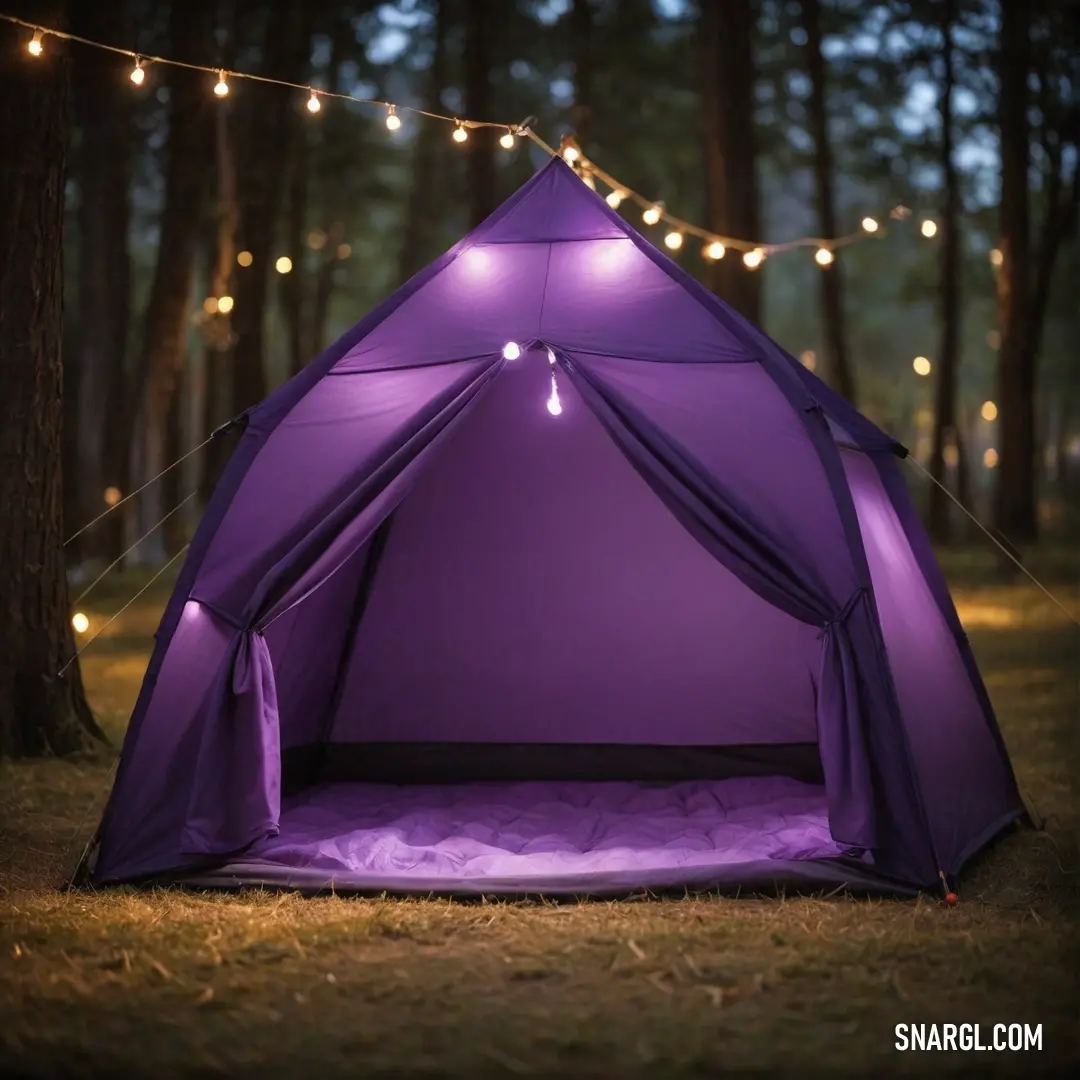
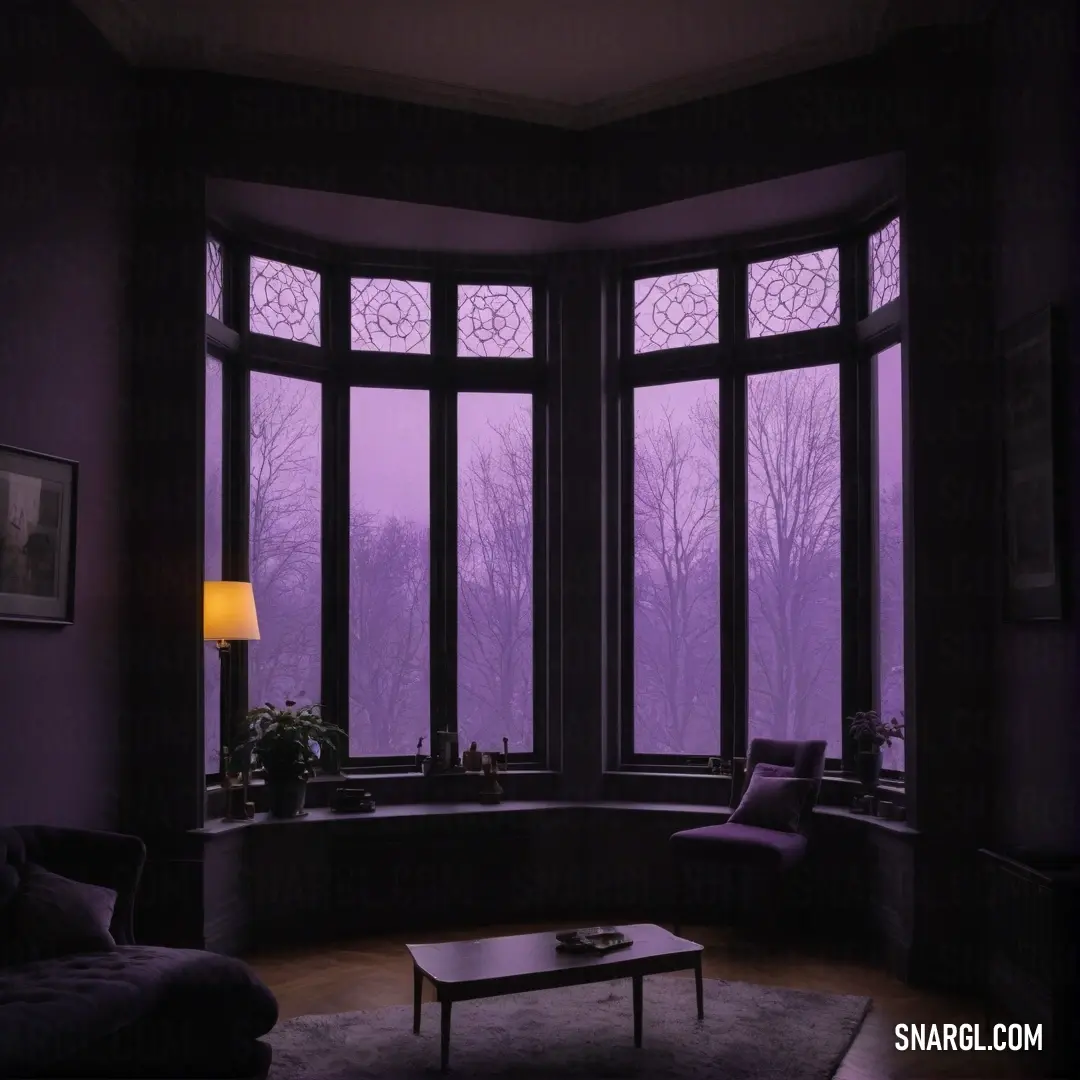
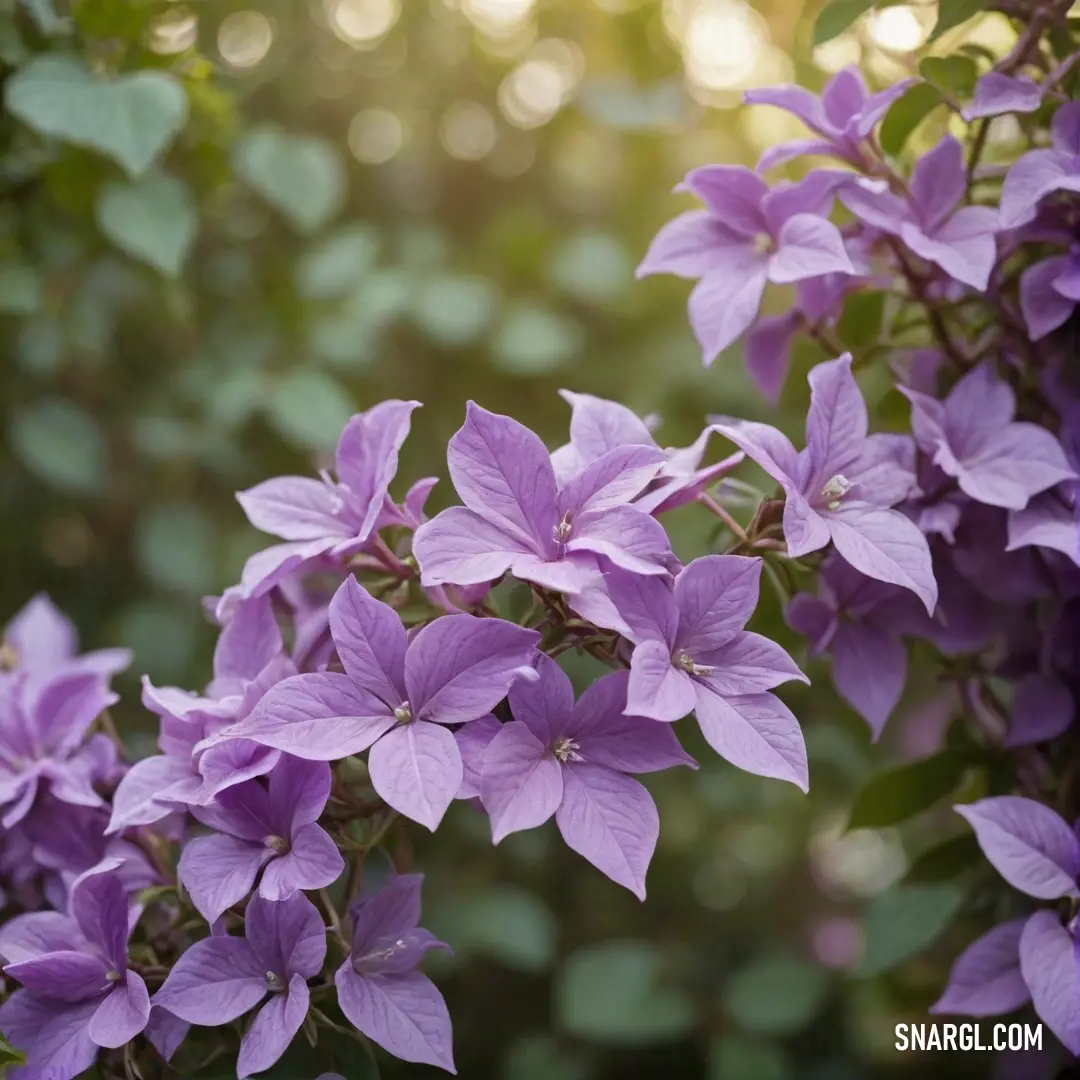
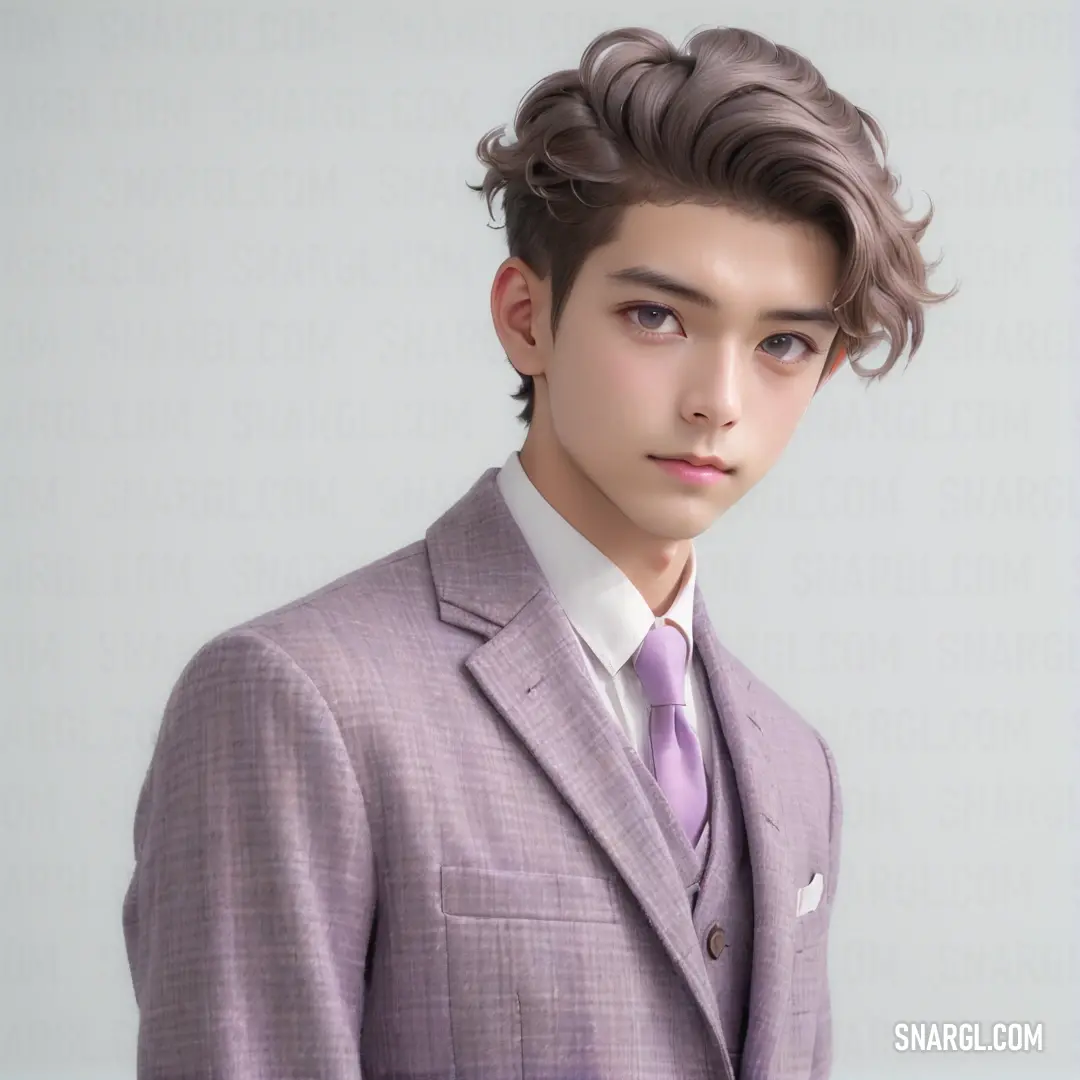
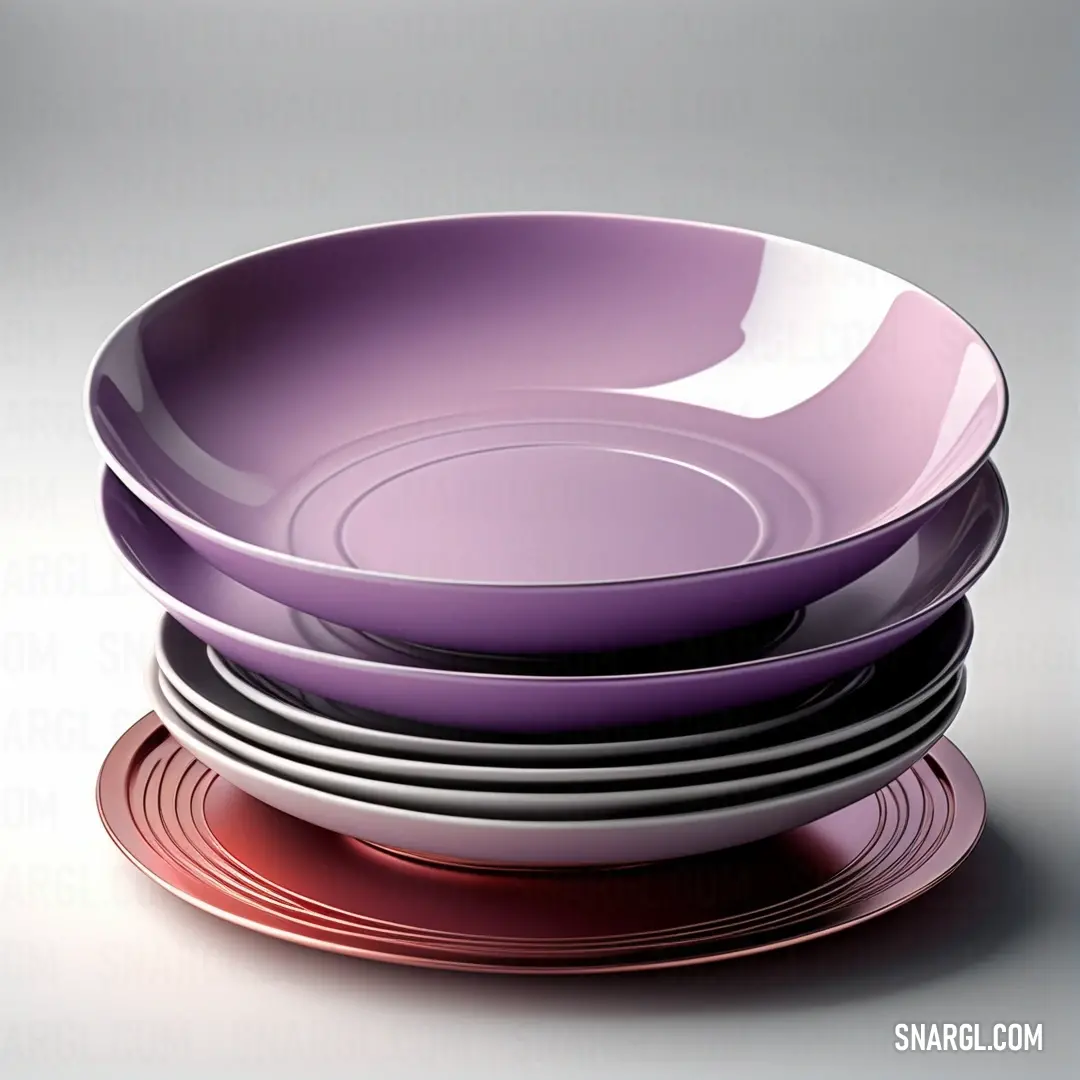
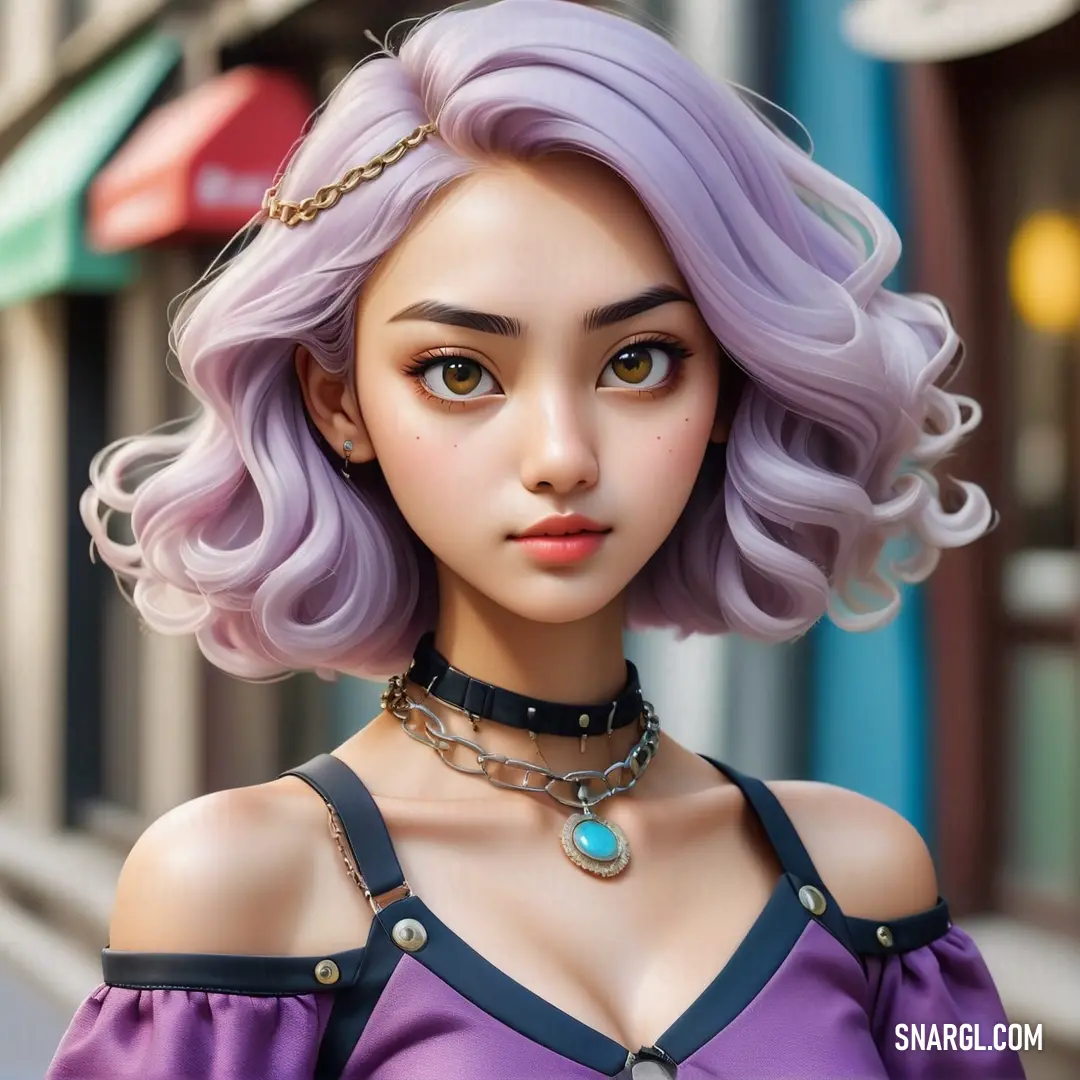
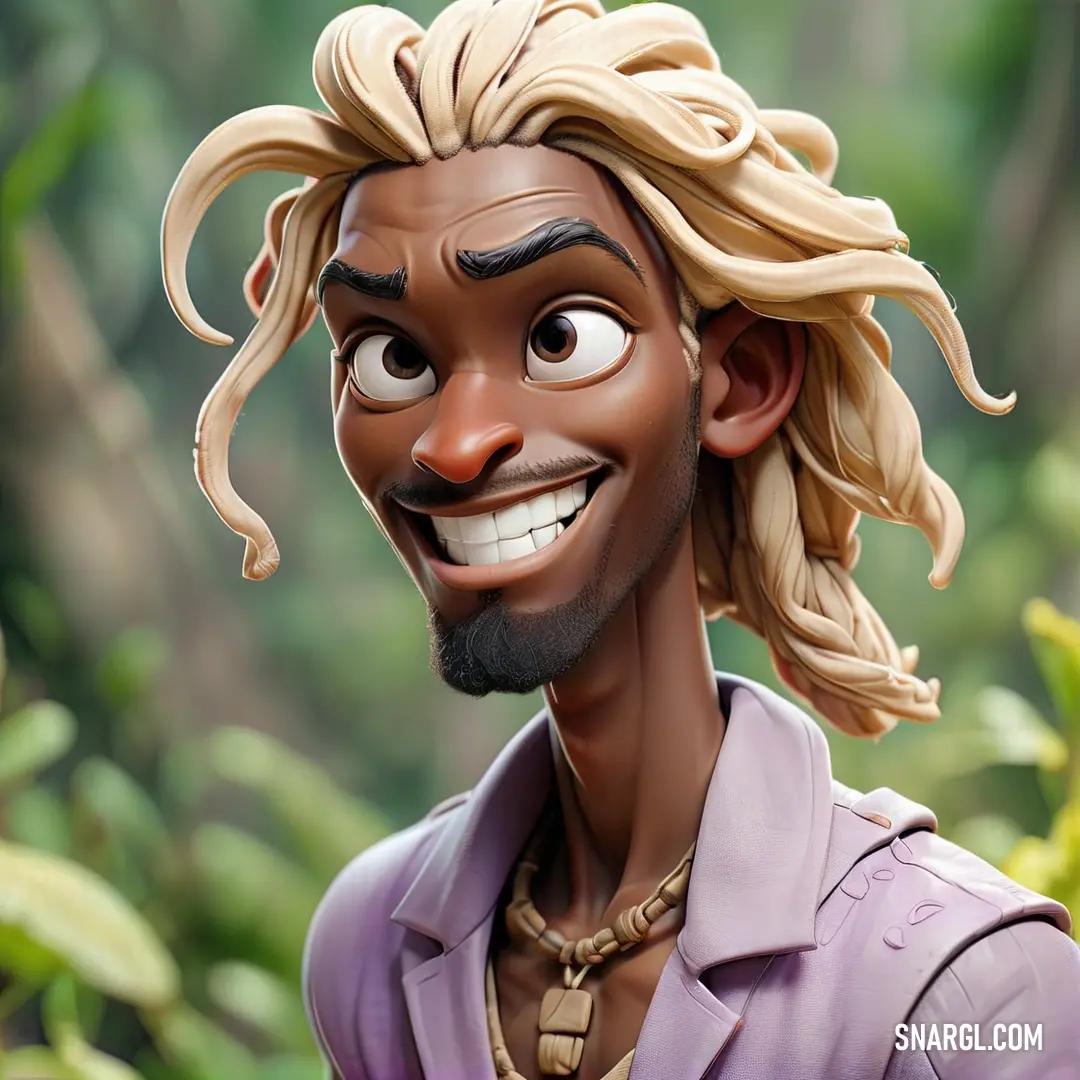
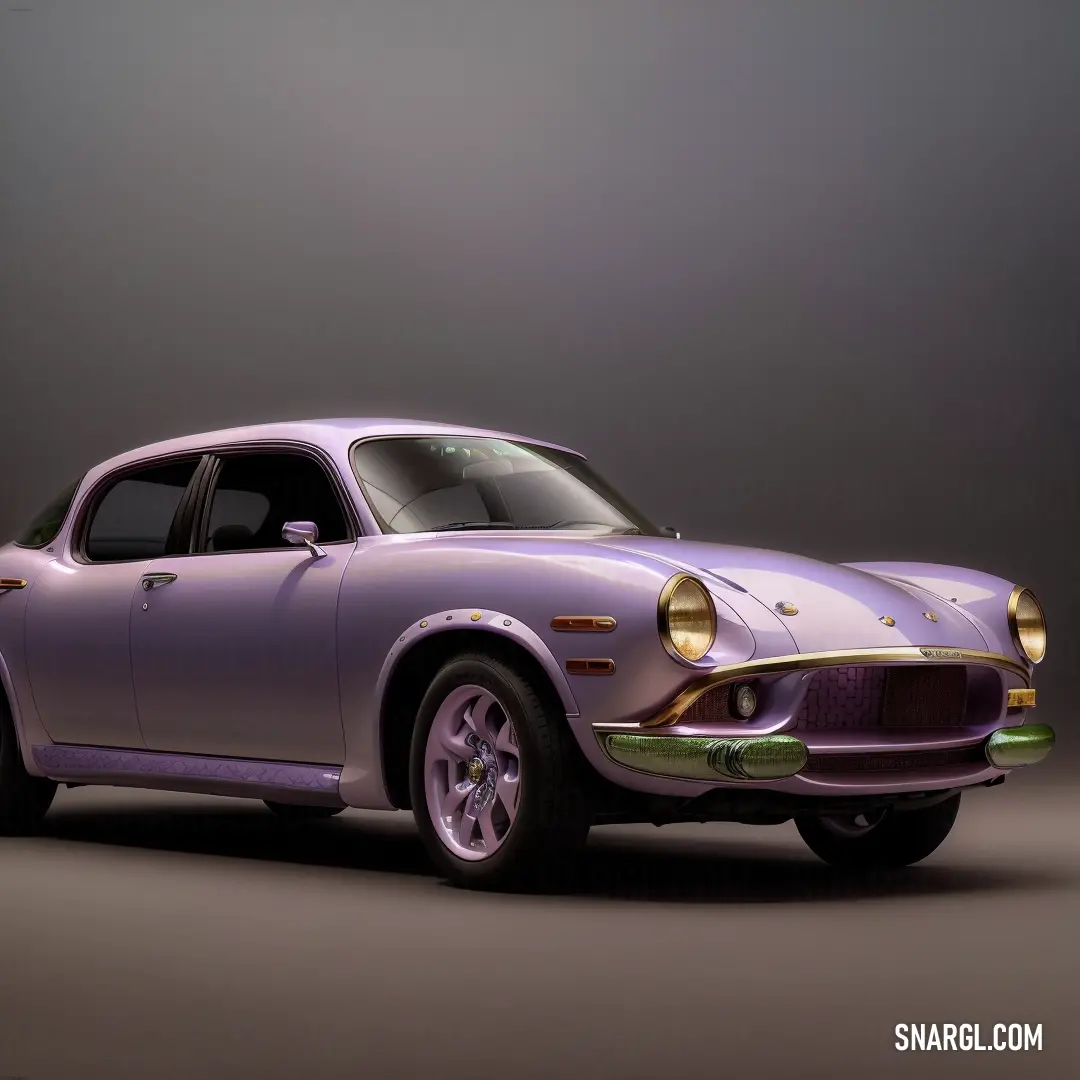
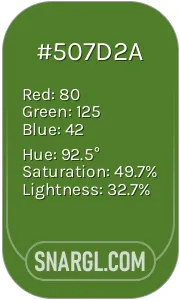 Sap green
Sap green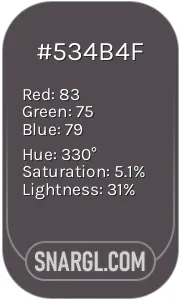 Liver
Liver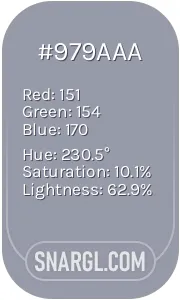 Manatee
Manatee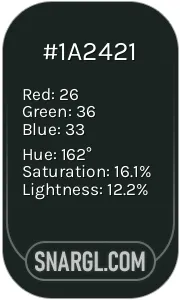 Dark jungle green
Dark jungle green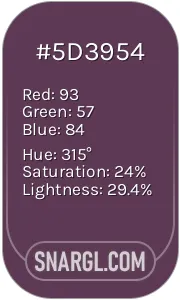 Dark byzantium
Dark byzantium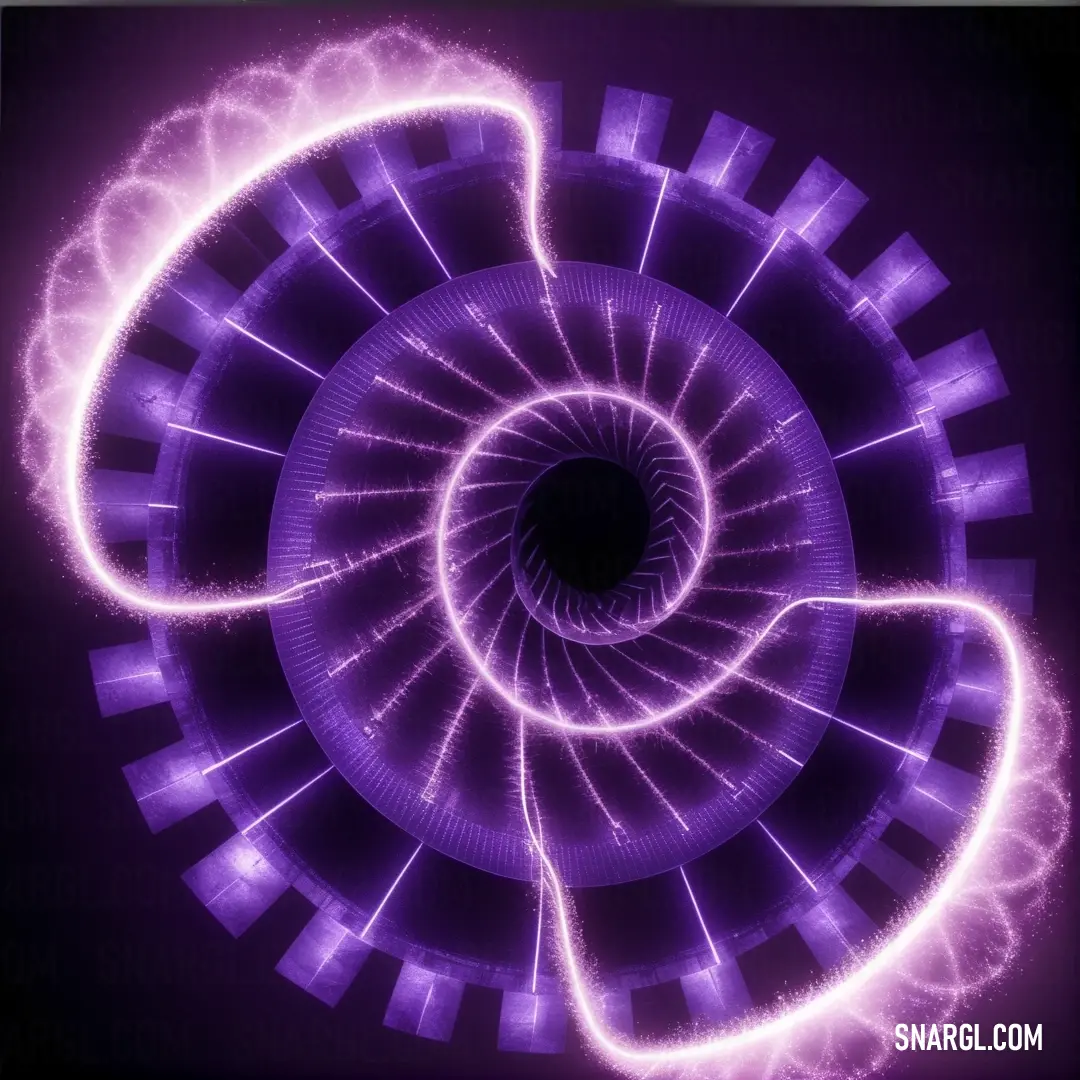
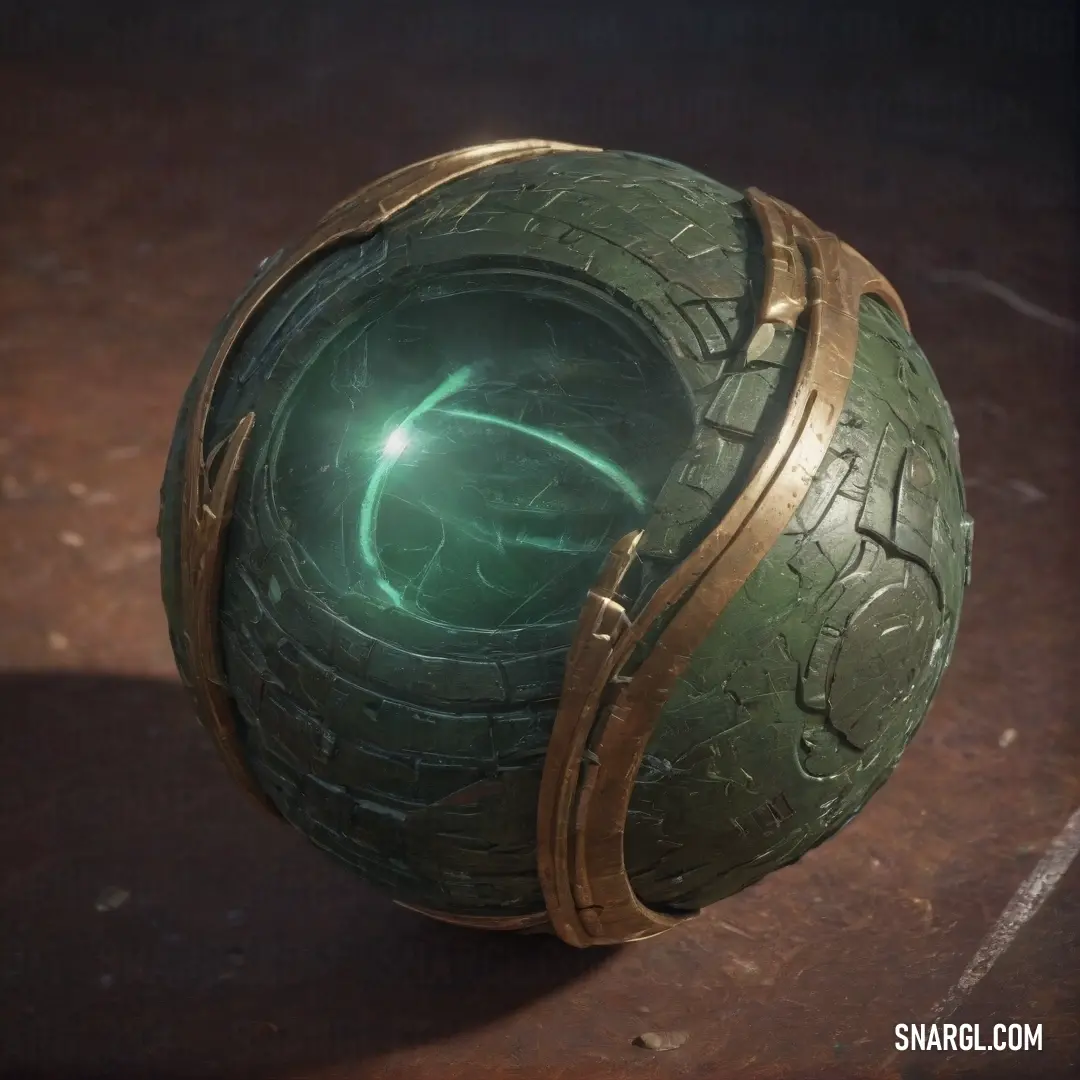
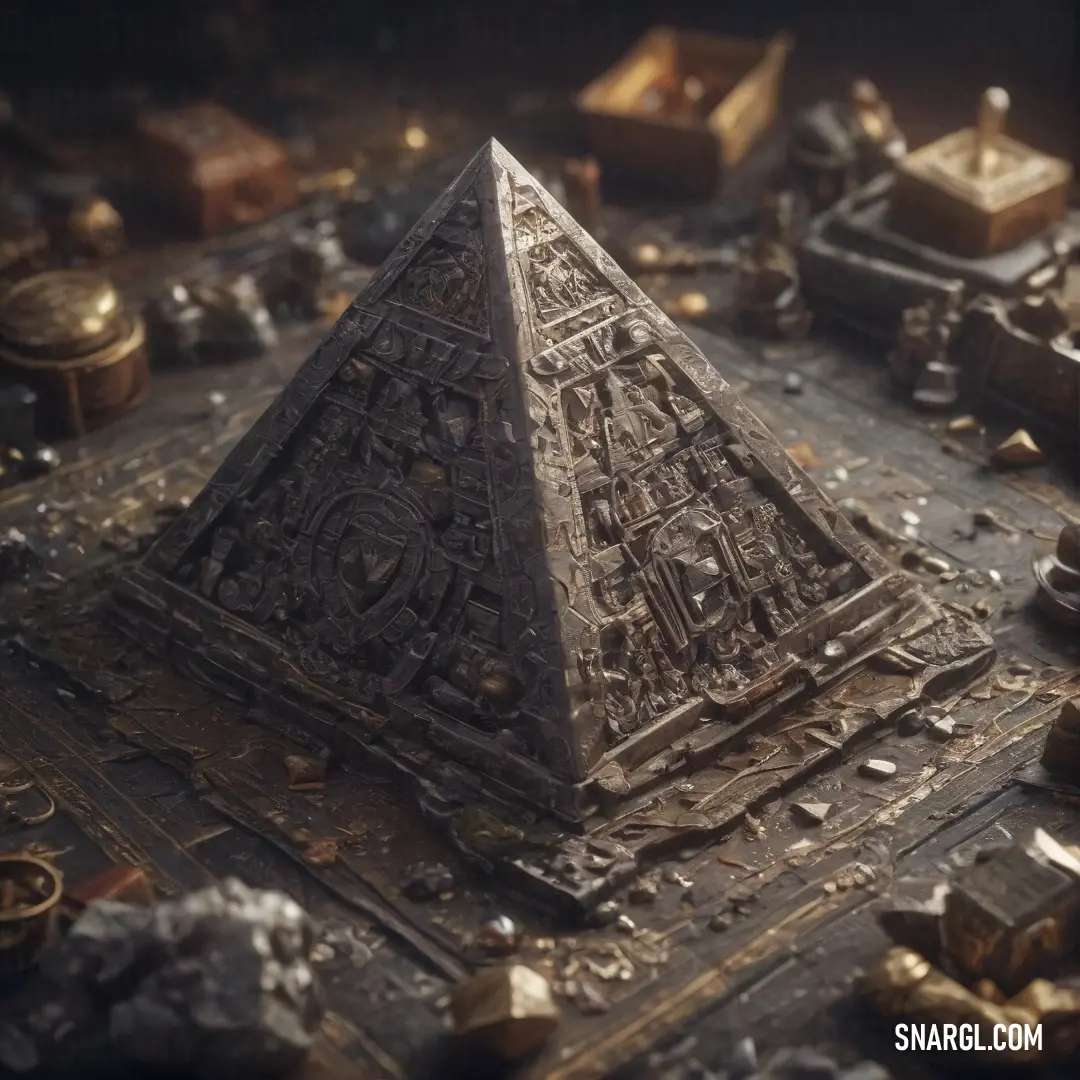
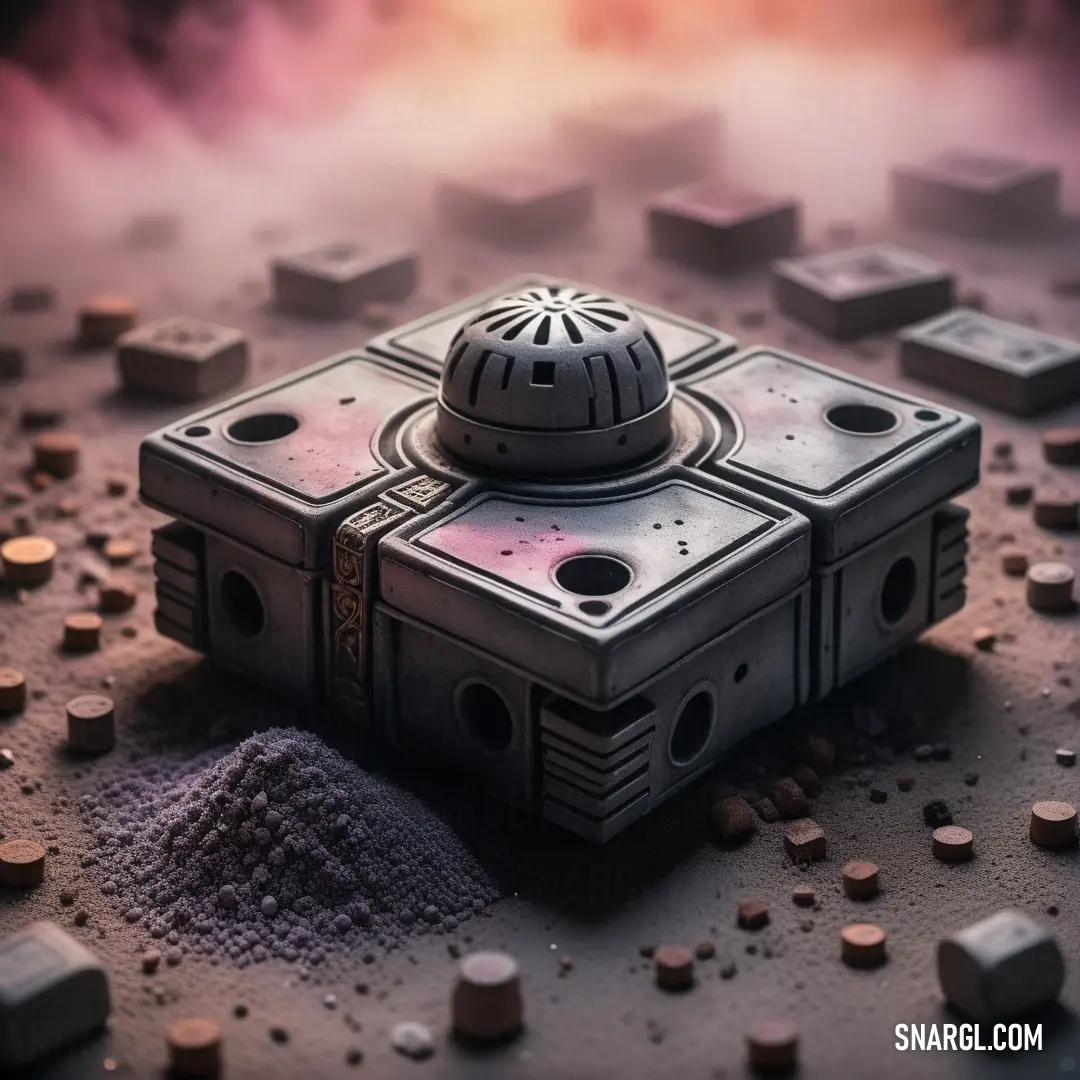
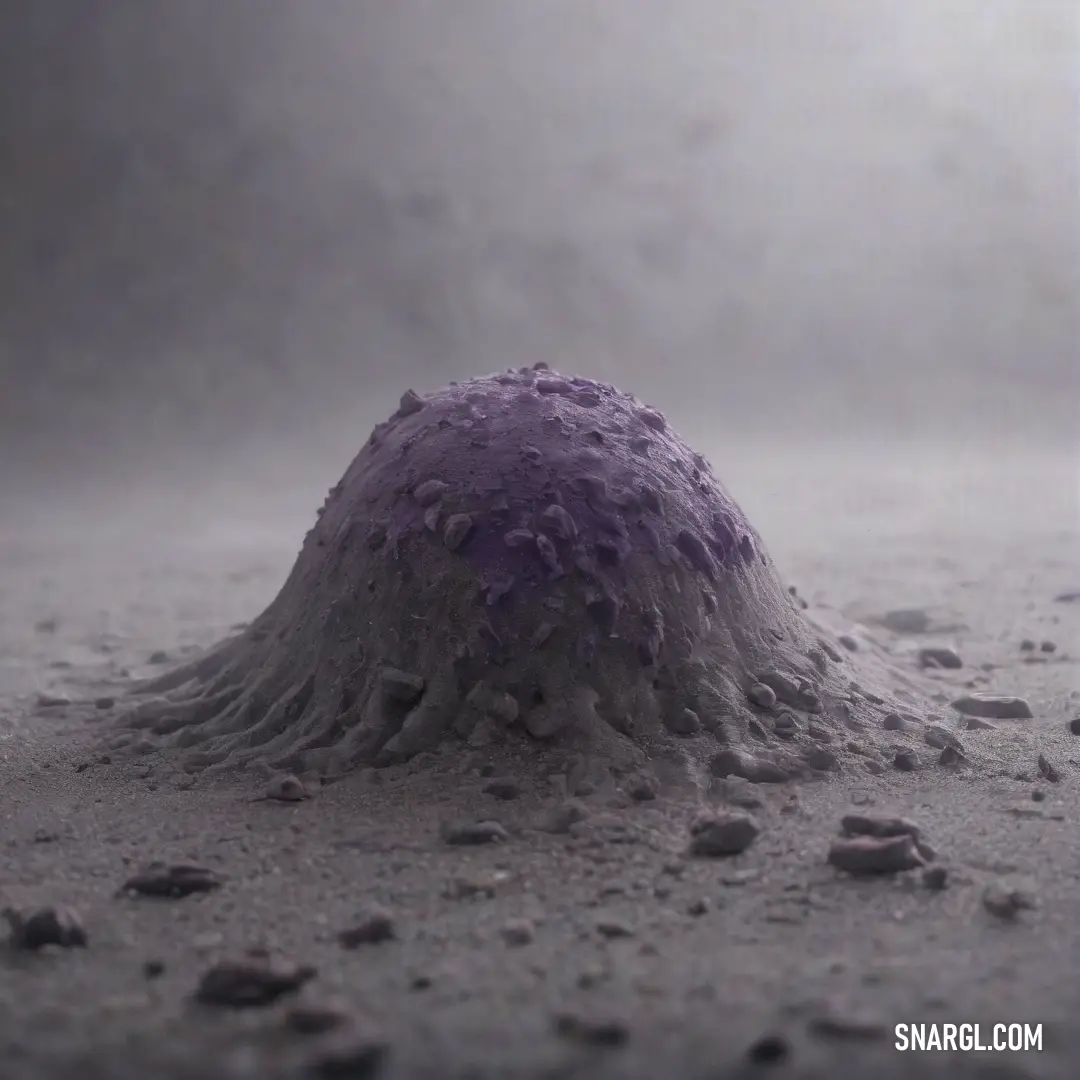
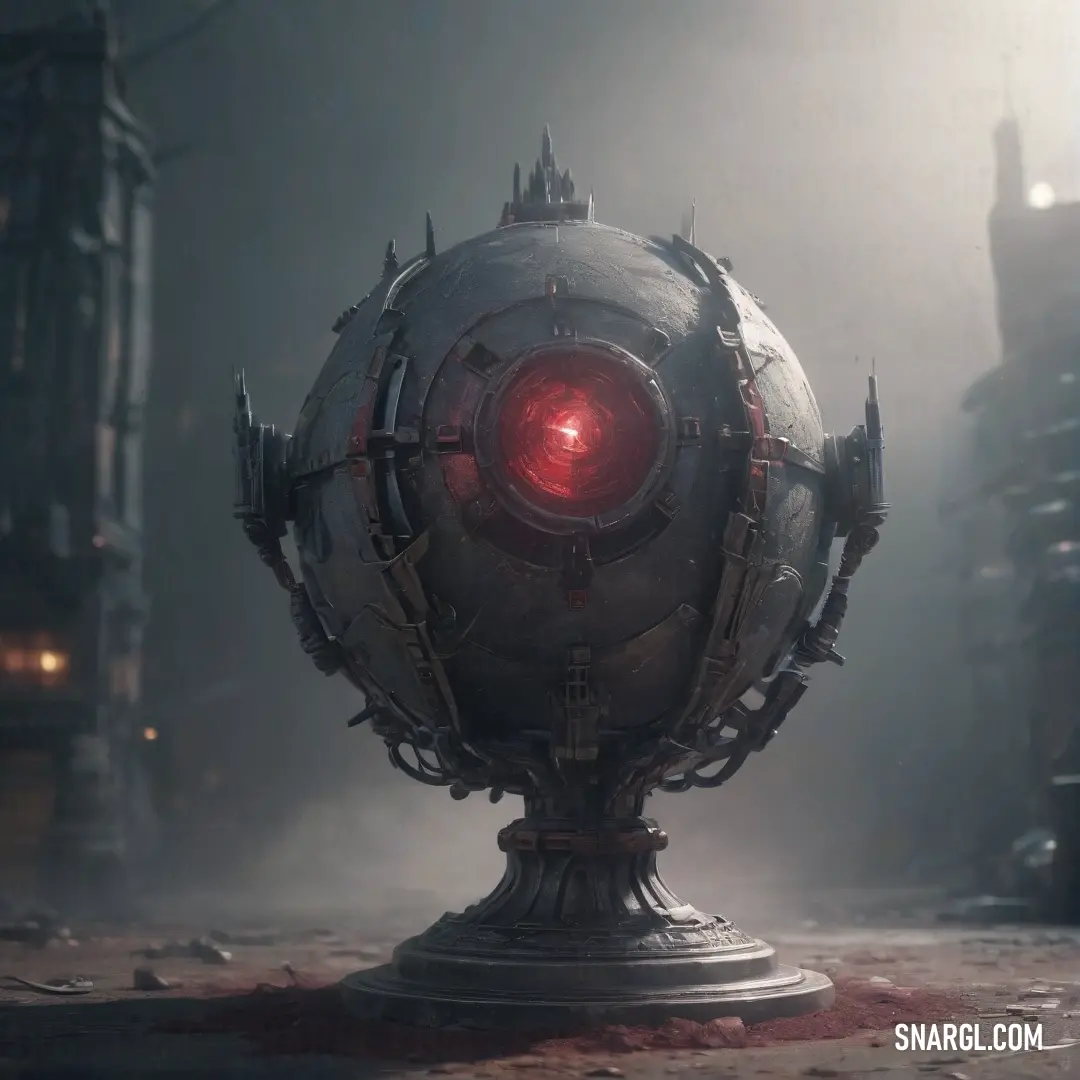
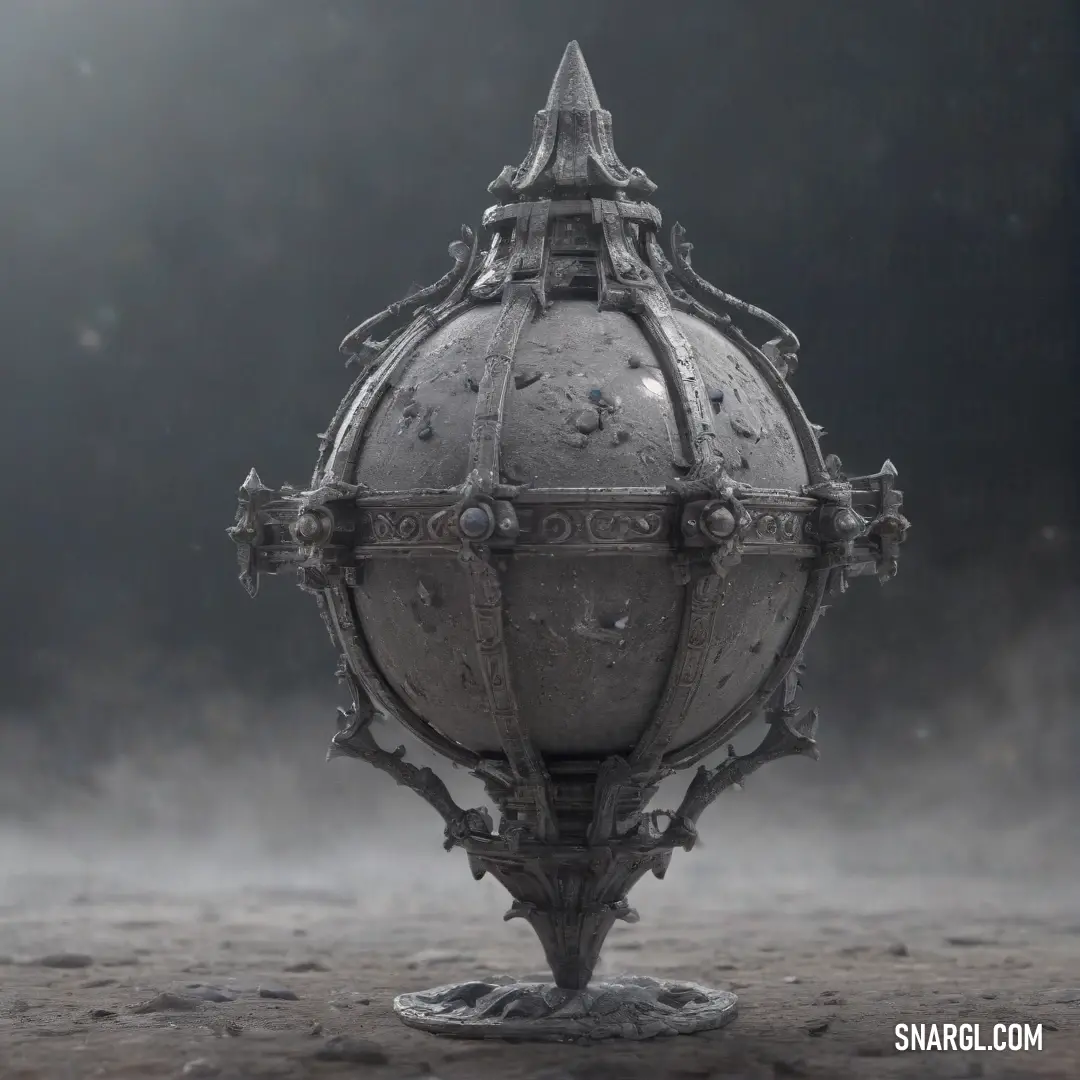

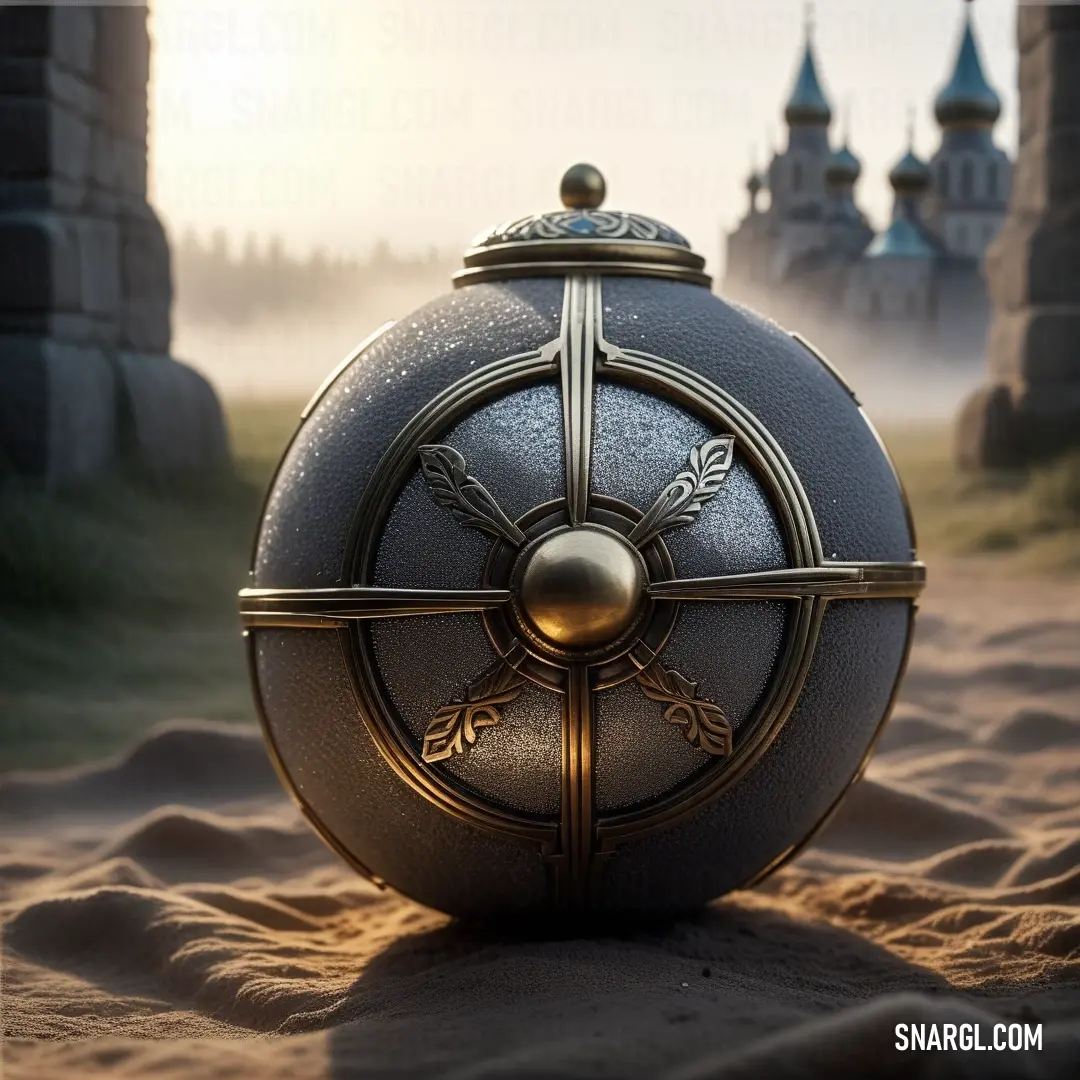
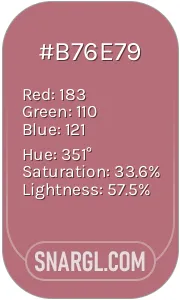 Rose gold
Rose gold



























